
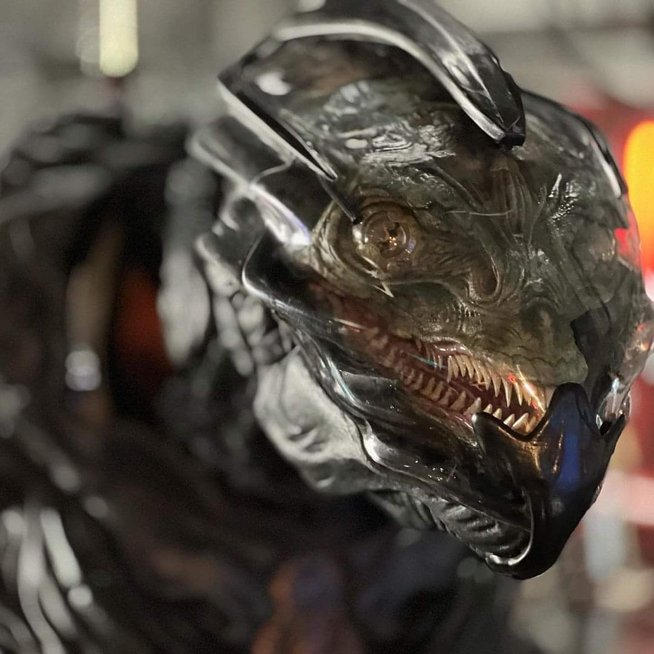
 The Gorn Hegemony were first encountered by the SS Puget Sound, leaving the sole survivor La'an Noonien-Singh. The Gorn live with a life cycle of infecting a host with their eggs, hatching live young from the helpless victim, the hatchlings then fight for dominance, eating, moulting and growing until the Alpha remains. This then matures into an adult Gorn, which stand around 10 feet tall. The hatchlings and younglings rely mostly on instinct, whereas the adult Gorn develop intelligence. Gorn younglings spit venom that incapacitate their victims, as well as infect them with eggs. Starship Peregrine NCC-1549 was lost in 2259 and U.S.S. Cayuga NCC-1557 and science vessel Stardiver were lost in 2260 during the Parnassus System Incident. Gorn egg maturation takes days in humans and months in Orions. This is due to the Gorn embryo having to adapt to the biology of the host for the egg. Through the process of epigenetics, the biology of the host of the Gorn eggs makes a slight variation in the biology of the resulting Gorn. The Gorn capture crews and use them as food or breeding sacs for their young, releasing the sole last surviving prisoner to die in a life raft (Momento Mori). They also annex worlds in a way that reflects the solar cycle (Hegemony).
The Gorn Hegemony were first encountered by the SS Puget Sound, leaving the sole survivor La'an Noonien-Singh. The Gorn live with a life cycle of infecting a host with their eggs, hatching live young from the helpless victim, the hatchlings then fight for dominance, eating, moulting and growing until the Alpha remains. This then matures into an adult Gorn, which stand around 10 feet tall. The hatchlings and younglings rely mostly on instinct, whereas the adult Gorn develop intelligence. Gorn younglings spit venom that incapacitate their victims, as well as infect them with eggs. Starship Peregrine NCC-1549 was lost in 2259 and U.S.S. Cayuga NCC-1557 and science vessel Stardiver were lost in 2260 during the Parnassus System Incident. Gorn egg maturation takes days in humans and months in Orions. This is due to the Gorn embryo having to adapt to the biology of the host for the egg. Through the process of epigenetics, the biology of the host of the Gorn eggs makes a slight variation in the biology of the resulting Gorn. The Gorn capture crews and use them as food or breeding sacs for their young, releasing the sole last surviving prisoner to die in a life raft (Momento Mori). They also annex worlds in a way that reflects the solar cycle (Hegemony).
Author notes:
Star Trek: Strange New Worlds series runner Akiva Goldsman and the team decided to reimagine the Gorn for the series. Apart from cameos in ST: Enterprise, ST: Lower Decks, ST: Discovery and the Animated Series, the Gorn hadn't had major screen time since the Original Series episode Arena. Akiva said they wanted the Gorn to be monsters, at least initially. The design team created the adult Gorn first and then worked with the writers to develop the life cycle and biology. There are certainly similarities to the life cycle of certain other famous Alien monsters. There's no negotiating with youngsters that want to spit and infect you, or just murder and eat you. As Jimmy Diggs had pointed out with the Kzinti, Star Trek needed the danger back. The Gorn are the canonical danger. A lot of canon-smoothing will be needed to map in with this new canon Gorn species.
The Gorn they live on the tropical and desert world of Gornar. Gornar is like a cross between the hottest deserts of Earth such as the Gobi, and regions such as Death Valley and mixed with the environment of Venus. Gornar is the second planet in the system, with an equitorial desert region hotter than the hottest deserts of Earth. At the polar regions are warm rainforests that keep the oxygen levels of the planet slightly higher than that of Earth. These arid conditions, lack of vast oceans and standing water for much of the planet have inhibited the development of mammalian lifeforms beyond small prey eaten by the Gorn. By contrast, these climate conditions have allowed the Gorn to thrive as the dominant form of life on their planet. The result is an oppressively hot planet in which the Gorn thrive and races such as humans have to take extreme measure to avoid withering rapidly in the heat. They live in architecture built into the mountains and volcanoes of that world, relishing in the heat and gases therein. Gorn do not require water in the amounts that races such as humans do, they can survive off the moisture condensate within the caves.
There is not one particular species of Gorn, rather - like the Klingons - they are a number of closely-related species that all evolved from a common ancestor. There are variations of height and abilities, as well as intelligence. Each fits into a particular role in Gorn culture. The Gorn that Capain Kirk first encountered is but one variation of the Gorn species. Gorn vary from running on all fours to standing tall at six, eight or even nine feet tall. Gorn are also not averse to medical experiments on their own species, creating enhanced hybrids and chimera. To Gorn, evolution is something to manipulate in order to enhance their species. This ability to tailor Gorn DNA and evolution has help to keep the Hegemony free of the imperial aspirations of the Klingons. Like reptiles such as crocodiles, Gorn are able to withstand huge traumatic injuries that would kill mammals such as humans. They have natural antibiotics and powerful immune systems that allow a Gorn to regenerate from most non-lethal injuries, given time. This has frustrated the Klingons with their preference for bladed weapons. Since Gorn evolved with claws and teeth, their bodies are well adapted to suviving attacks inflicting similar injuries. Their skin also shields them well from kinetic damage from explosions.
Information on Gorn was poor prior to the raid on Cestus III. Afterwards, Starfleet was ordered to prioritise intelligence-gathering and diplomatic efforts to restore peace to the region. Captain Kirk was forced to fight a Gorn but did not kill it; this left a window open for negotiations. Without the interference of the Metrons, the diplomatic efforts were allowed to proceed. Since the Cestus III Incident, diplomacy has continued between the United Federation of Planets and the Gorn Hegemony. Whilst a border has been agreed and Cestus III is used as a common location for talks, relations between the Gorn and Federation are still uncertain. Cestus III was resettled as a joint Federation-Gorn colony in 2271 after the signing of a treaty between the two nations. A statue to the fallen was erected in Pike City, attended by representatives of both sides to show a coming together of both sides. This has been termed an unfortunate misunderstanding by the Gorn. Cestus III, or Inner Eliar, is a traditional Gorn world. As Commander Robert Carter taught in his classes, "exploration is intrusion into the realms of others only when they let you know you crossed the line on the map you couldn't see." There are no territorial limits or markers in space to tell you where the boundaries are. The forming of a joint colony allowed Starfleet and the Federation and unprecidented opportunity to do a cultural exchange and learn about the Gorn. A new colonial team, formed of a majority of Starfleet personnel to rebuild the colony quickly, landed in 2271 and re-established Pike City and the surrounding Federation facilities in the glorious natural rainforest of Cestus III.
Author's Notes:
Cestus III is the natural world to learn about the Gorn. After Kirk's encounter in 2267 and the massacre of the original colonists in Pike City, the colony was restarted in 2271 according to Geoffrey Mandel's Star Trek: Star Charts. I decided to have the Hawkins family live on Cestus III to stop them being just the 'Klingon guys' and to explore some uncharted aspects of the Star Trek Universe. Having them on Cestus III means more of a tropical rainforest upbringing like in Brazil or Guyana, with humidity and rainy seasons. It also allows for learning about the Gorn - a truly non-human species. This will be where Nathaniel Hawkins learns he wants to know about other forms of life and cultures.
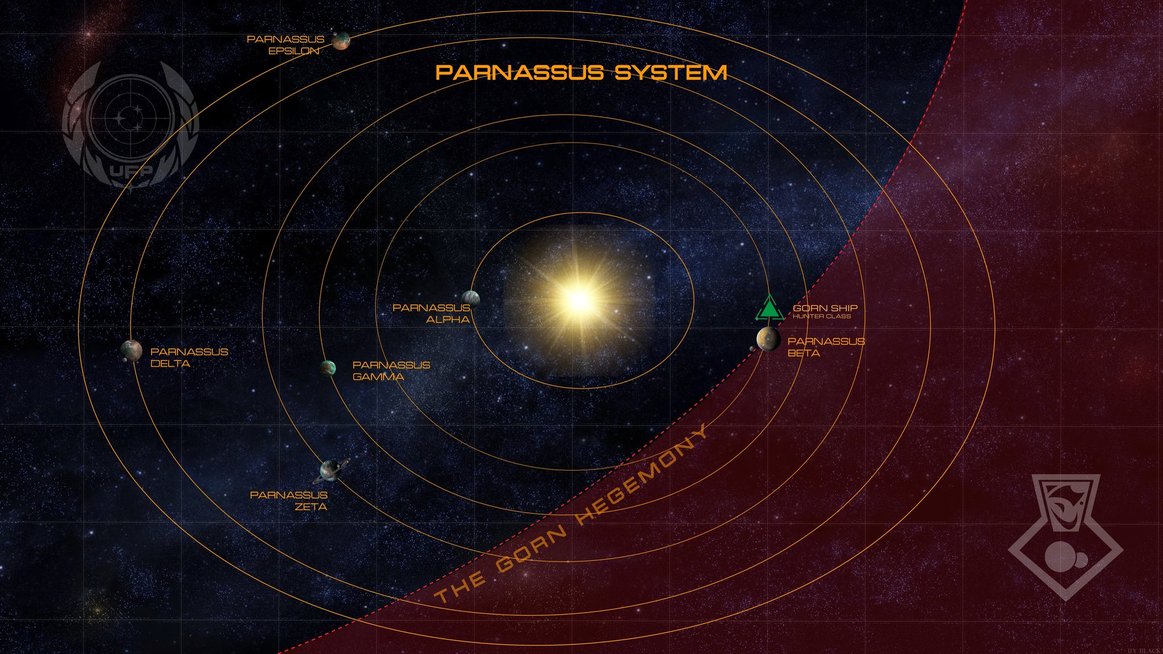
Gorn are of massive build, possessing skin reinforced by armoured scales, which contain tiny bones called osteoderms that function as a sort of natural chain-mail. They also have extra bones in the ribcage area, allowing them to take far more physical punishment; this is ideal for the hot, hostile world of Gornar. The Gorn feet have a toe which has evolved into the heel, allowing the Gorn to "run like hell". Their skull has evolved to allow a large space for the brain, including an increased area for the rear, instinctual region of the brain. Gorn have incredible reptilian powers of regeneration, being able to restore severed and damaged limbs. Only decapitation is a sure way of killing a Gorn. Gorn have distinctive colouration that marks out the region of Gornar, and other colonial worlds, that they originate from. Despite extrapolation from the Gorn first encountered by Captain James T. Kirk, most Gorn are not green. Evolving from the dominant reptilian species on Gornar, the Gorn have a palette of scale colours that more closely match those of snakes and lizards of Earth. Gorn from the roasting equitorial deserts are of a sandy or tan colouration, whereas those found in the polar tropical jungles have greens, greys and even multicoloured patterning.
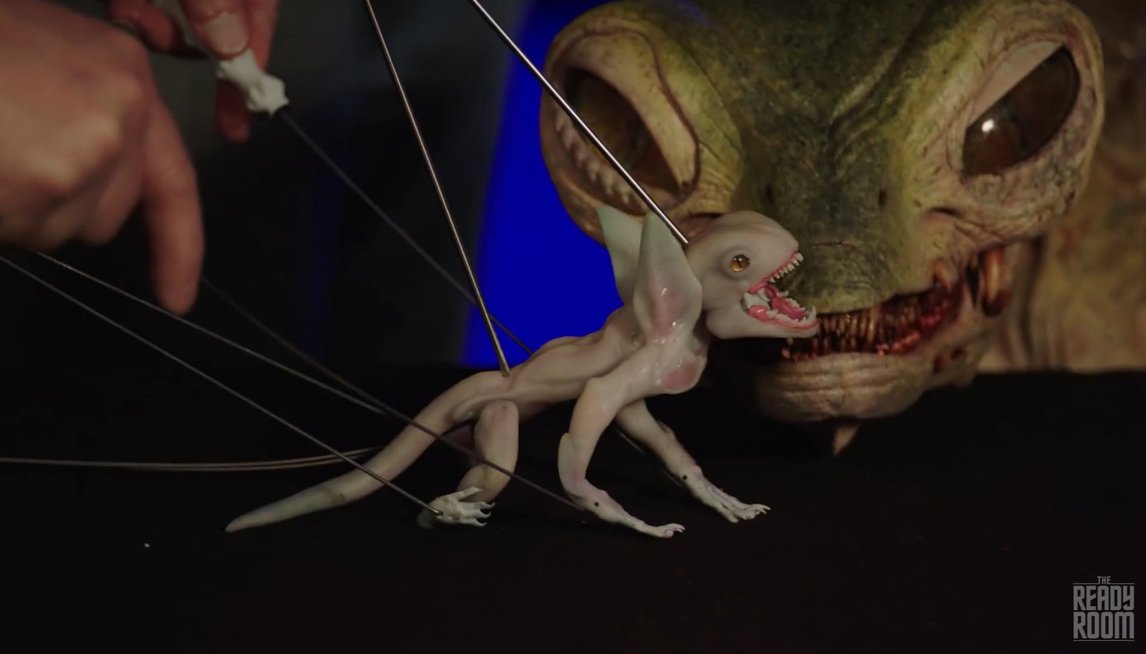
 Gorn have superb vision and can see objects as far away as 300 m (980 ft). As their retinas only contain cones, they are thought to have poor night vision. Gorn can distinguish colours, but has poor visual discrimination of stationary objects. They have only a single ear bone, the stapes, for transferring vibrations from the tympanic membrane to the cochlea. This arrangement means they are likely restricted to sounds in the 400 to 2,000 hertz range. Thankfully, Gorn have extra senses that aid them in combat; they have sensitive pits between their eyes and nostrils that allow them thermal vision and they also have a tongue that flicks out and tastes chemicals in the air. Gorn tongues can locate its prey from a range of up to 9.5 km (5.9 mi). These two additional senses allow the Gorn to locate prey in earlier evolution, now they aid in locating the enemy to fight them. Gorn have a gland in their bottom jaw that secretes an anticoagulant. As a hunter, this allows them to bite prey and wound them sufficiently that they are weakened and cannot get away. In combat, this means a bite from a Gorn can seriously injure a combatant to the extent that medical attention is needed to prevent the wounded person bleeding out. Some Gorn have venom glands as well; some have been shown to have psychotropic properties that can be used in interrogations, others have cytotoxins that break down the cells and cause enormous damage when they bite their prey. Some have haemotoxins that cause the breakdown of blood cells, whereas there are even Gorn with neurotoxins that disrupt nerve impulses which can lead to paralysis, suffocation and heart failure.
Gorn have superb vision and can see objects as far away as 300 m (980 ft). As their retinas only contain cones, they are thought to have poor night vision. Gorn can distinguish colours, but has poor visual discrimination of stationary objects. They have only a single ear bone, the stapes, for transferring vibrations from the tympanic membrane to the cochlea. This arrangement means they are likely restricted to sounds in the 400 to 2,000 hertz range. Thankfully, Gorn have extra senses that aid them in combat; they have sensitive pits between their eyes and nostrils that allow them thermal vision and they also have a tongue that flicks out and tastes chemicals in the air. Gorn tongues can locate its prey from a range of up to 9.5 km (5.9 mi). These two additional senses allow the Gorn to locate prey in earlier evolution, now they aid in locating the enemy to fight them. Gorn have a gland in their bottom jaw that secretes an anticoagulant. As a hunter, this allows them to bite prey and wound them sufficiently that they are weakened and cannot get away. In combat, this means a bite from a Gorn can seriously injure a combatant to the extent that medical attention is needed to prevent the wounded person bleeding out. Some Gorn have venom glands as well; some have been shown to have psychotropic properties that can be used in interrogations, others have cytotoxins that break down the cells and cause enormous damage when they bite their prey. Some have haemotoxins that cause the breakdown of blood cells, whereas there are even Gorn with neurotoxins that disrupt nerve impulses which can lead to paralysis, suffocation and heart failure.
Gorn have the ZW chromosomal sex-determination system, as opposed to the mammalian XY system. ZW is female, ZZ is male and WW fail to develop into viable foetus. Their unfertilised eggs start haploid (n) and double their chromosomes later to become diploid (2n) by chromosome duplication without cell division. This reproductive adaptation allows a single female to enter an isolated ecological niche and by parthenogenesis produce male offspring, thereby establishing a sexually reproducing population. Some Gorn give birth to live young, others lay a clutch of eggs. Tradition has these eggs painted with ancient Gorn writing warding off evil and protecting them.
Author's Notes: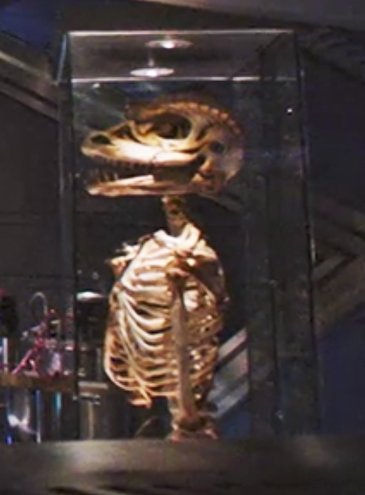
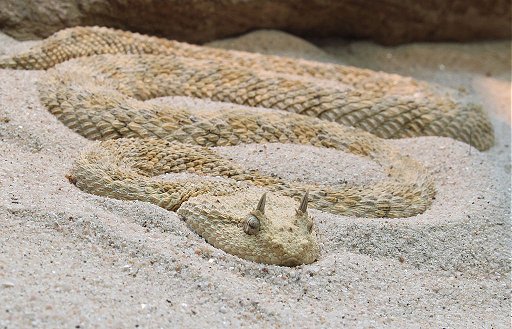 I researched the Gorn well; reptilian Egyptians from a world like Earth but about 30 - 50 Celcius hotter than Earth. A climate that would be comfortable to cold-blooded species but oppressive to humans. This world is the second in the system, just like Venus. The poles would have rainforests, the humidity and water. The equitorial region would be the harshest deserts imaginable: 70 - 90 Celcius in temperature with little or no standing water anywhere. Gorn are as varied as reptiles: snakes, lizards, Komodo Dragons and dinosaurs - all played a part in my mental design for Gorn. They'll have features of all, just as Neville Page gave them for JJ Trek. Viper pits would give them infra-vision for detecting heat. The'll have others with chameleon cloaking abilities. Some will be venomous: a legacy of their reptilian predator evolution. Some will give birth to live young, others will lay eggs.
I researched the Gorn well; reptilian Egyptians from a world like Earth but about 30 - 50 Celcius hotter than Earth. A climate that would be comfortable to cold-blooded species but oppressive to humans. This world is the second in the system, just like Venus. The poles would have rainforests, the humidity and water. The equitorial region would be the harshest deserts imaginable: 70 - 90 Celcius in temperature with little or no standing water anywhere. Gorn are as varied as reptiles: snakes, lizards, Komodo Dragons and dinosaurs - all played a part in my mental design for Gorn. They'll have features of all, just as Neville Page gave them for JJ Trek. Viper pits would give them infra-vision for detecting heat. The'll have others with chameleon cloaking abilities. Some will be venomous: a legacy of their reptilian predator evolution. Some will give birth to live young, others will lay eggs.
The colouration of the Gorn became a thought of mine after watching Nigel Marven on the TV. The Gorn in TOS: Arena and subsequent comics etc. have been green like a crocodilian scheme. This makes a Gorn more like a man-in-a-monster-suit 1950s 'creature feature' villain. What I envisage is more like the variety found in the snake world, with Gaboon vipers, horned rattlesnakes and horned vipers in their intricate desert camouflage colourations. Darker greens and blacks to warm up the cold-blooded Gorn in the 'colder' tropical polar region of Gornar. Where Klingons have their Houses to demarcate their allegiances, Gorn tribal affiliations are through their colour schemes.
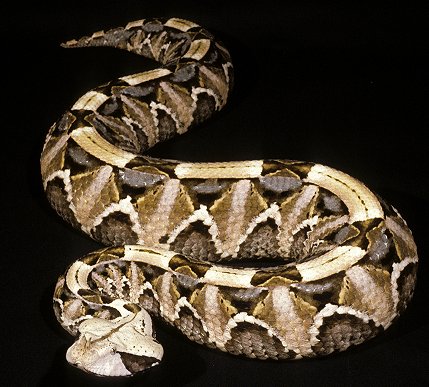 Nigel Marven explained how Boomslang use their dark scales as solar panels, soaking in the war sunshine to warm the cold blood and make the snake active. Gaboon Vipers or Gaboon Adders have a more intricate colour scheme to break up their appearance. This analogy with snake scale patterns goes further: you can have diamonds like the rattlesnake or bands like the coral snake. Speckles and patterns can break up the appearance of the Gorn against it's native backgrounds. Other brighter coloration could be used if the species is venomous, for example. The ultimate will be to have a Gorn like a chameleon, that can change the colour of its scales to match whatever the background is. Some, like the Inland Taipan or Fierce snake change colour with the seasons - lighter in the summer and darker in the winter, to help regulate their temperature.
Nigel Marven explained how Boomslang use their dark scales as solar panels, soaking in the war sunshine to warm the cold blood and make the snake active. Gaboon Vipers or Gaboon Adders have a more intricate colour scheme to break up their appearance. This analogy with snake scale patterns goes further: you can have diamonds like the rattlesnake or bands like the coral snake. Speckles and patterns can break up the appearance of the Gorn against it's native backgrounds. Other brighter coloration could be used if the species is venomous, for example. The ultimate will be to have a Gorn like a chameleon, that can change the colour of its scales to match whatever the background is. Some, like the Inland Taipan or Fierce snake change colour with the seasons - lighter in the summer and darker in the winter, to help regulate their temperature.
All of this comes from me looking at the Gorn in terms of the planetary conditions needed to make a cold-blooded reptile the dominant species over birds or mammals. Gornar as Earth with an extra 30 to 50 degrees Celcius; harsh deserts hotter than anywhere on Earth and oppressive to human life and polar regions where it is cold enough to have tropical jungles and rainforests that are the lungs of the planet, producing the oxygen and moisture for the rest of the world. Mammals are generally limited to the size of large rats or small monkeys, being more a meal for the Gorn than a precursor to scentient life.
 Gorn have a physiology like a reptile, geared for long periods of digestion, with pits for infra-red detection and tongues for tasting the air for scent molecules that give away prey. Eyes that are adapted to the brighter light of the Gornar atmosphere with it beng that much closer to their star than Earth is to the sun. Gorn are well adapted to survival in the oppressive heat, conserving water in their bodies and able to operate at temperatures that even a Vulcan would find hard to bear. The flip side of this is that I cannot see Gorn being able to function well in cold. Reed may have whispered that Gorn could survive the vacuum of space, but I very much doubt indeed that they'd survive the harsh cold of space. And, as Khan reminded us, it is very cold... in space.
Gorn have a physiology like a reptile, geared for long periods of digestion, with pits for infra-red detection and tongues for tasting the air for scent molecules that give away prey. Eyes that are adapted to the brighter light of the Gornar atmosphere with it beng that much closer to their star than Earth is to the sun. Gorn are well adapted to survival in the oppressive heat, conserving water in their bodies and able to operate at temperatures that even a Vulcan would find hard to bear. The flip side of this is that I cannot see Gorn being able to function well in cold. Reed may have whispered that Gorn could survive the vacuum of space, but I very much doubt indeed that they'd survive the harsh cold of space. And, as Khan reminded us, it is very cold... in space.
With Gorn physiology I like to start with what really exists in the world and work from there. The crocodile, Komodo Dragon, snakes and lizards are all foundation species for the Gorn design. The Komodo skull is very similar to the Gorn skull seen in Captain Lorca's room in Star Trek: Discovery.
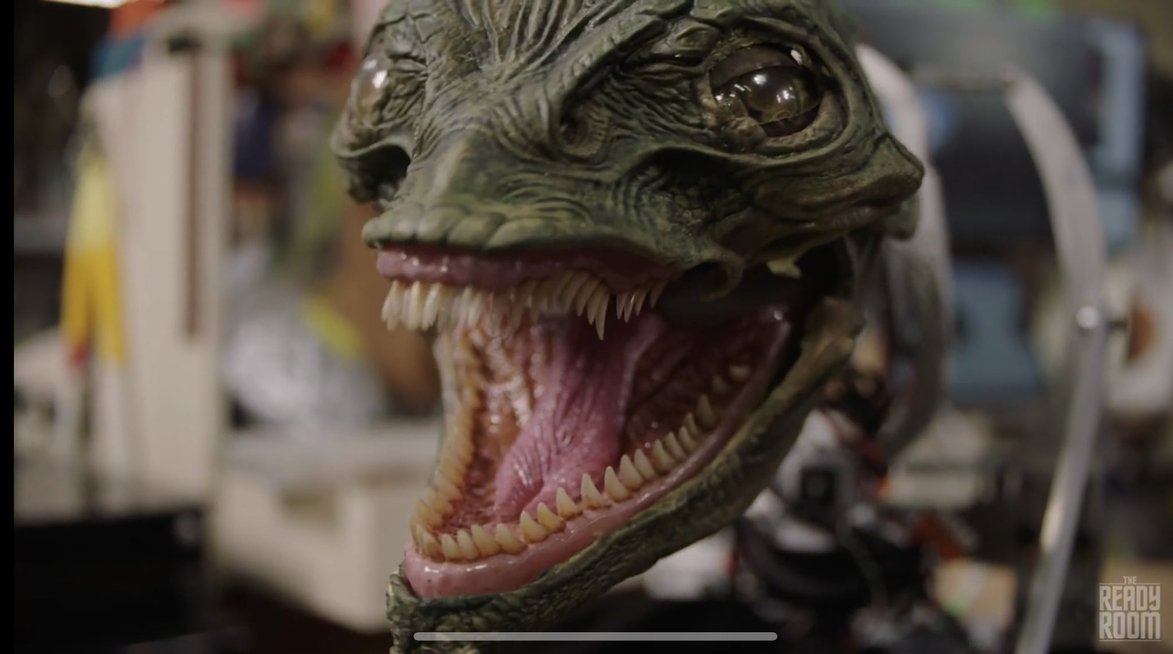
Sources of Gorn information:
TOS: Arena
ENT: In a Mirror, Darkly pt 2.
SNW: Momento Mori
SNW: Hegemony
Alien (1979).
Aliens (1986).
Alien 3 (1992)
Alien: Resurrection (1997).
Alien vs. Predator (2004).
Alien: Romulus (2024).
Aliens: Colonial Marines (2013).
Alien: Isolation (2014).
Aliens: Dark Descent (2023).
Alien: Rogue Incursion (2024).
The Gorn Crisis by Kevin J. Anderson and Rebecca Moesta with artist Igor Kordey.
Typhon Pact: Seize the Fire by Michael A. Martin.
Star Trek Online.
Deserts: A Very Short Introduction (Very Short Introductions) by Nick Middleton.
How to Build a Dinosaur (the new science of Reverse-Evolution) by Jack Horner and James Gorman
The Rise and Fall of the Dinosaurs by Steve Brusatte
Crocodile: Evolution's Greatest Survivor by Lynne Kelly.
The Tyrannosaur Chronicles: The Biology of the Tyrant Dinosaurs by David Hone.
Your Inner Fish: The amazing discovery of our 375-million-year-old ancestor by Neil Shubin.
The Princeton Field Guide to Dinosaurs Third Edition (Princeton Field Guides) by Gregory S. Paul (2024).
Dinosaur Behavior: An Illustrated Guide by Mike Benton and Bob Nicholls (2023).
The Princeton Field Guide to Predatory Dinosaurs (Princeton Field Guides) by Gregory S. Paul (2024).
Weird Dinosaurs: The Strange New Fossils Challenging Everything We Thought We Knew by John Pickrell and Philip Currie (2017).
Dinosaurs: New Visions of a Lost World by Michael J Benton and Bob Nicholls (2022).
The Future of Dinosaurs: What We Don't Know, What We Can, and What We'll Never Know by David Hone (2022).
The Last Days of the Dinosaurs: An Asteroid, Extinction and the Beginning of Our Worldby Riley Black (2022).
The Dinosaurs Rediscovered: How a Scientific Revolution is Rewriting History by Michael J. Benton (2022).
Herpetology: An Introductory Biology of Amphibians and Reptiles by Laurie J. Vitt and Janalee P. Caldwell (2013).
Komodo Dragons: Biology and Conservation (Zoo and Aquarium Biology and Conservation Series) by James B. Murphy, Claudio Ciofi and Colomba de La Panouse (2015).

Gorn Culture.

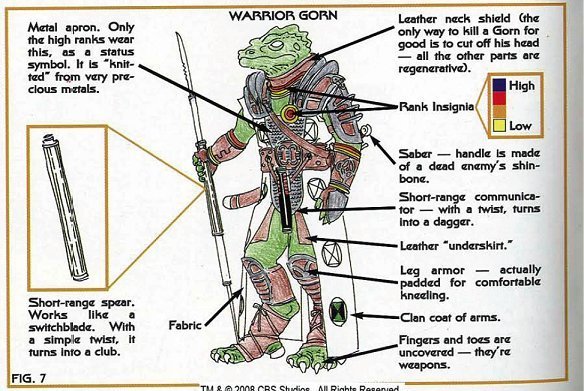 The Gorn are divided into two facets: clan and status. Clan shapes designate the one of three castes: warrior (square), Politician (triangle) and ruler (circle). The more important the clan, the more perfect the shape. Clan colours come in shades of browns, reds and black but no blue: Gorn do not recognise blue. Gorn have great sense of smell so can recognise each other, but the clan emblem allows no room for misunderstanding.
The Gorn are divided into two facets: clan and status. Clan shapes designate the one of three castes: warrior (square), Politician (triangle) and ruler (circle). The more important the clan, the more perfect the shape. Clan colours come in shades of browns, reds and black but no blue: Gorn do not recognise blue. Gorn have great sense of smell so can recognise each other, but the clan emblem allows no room for misunderstanding.
Gorn clothing is functional; the neck is shielded as one of the only places guaranteed to kill a hardy Gorn, most other items of clothing are for protection or as weapons: even the communicator dangling off the belt turns into a dagger with a twist. Fingers and toes are uncovered as lethal weapons and the main body is protected with precious metal armour. Gorn are renown for their metal work and the armour of warrior Gorn is amongst the most prized. Each piece of warrior uniform is handmade and unique. the preferred long range weapon is the telescopic spear. This weapon when retracted is a club, yet twists into a spear which can be thrown to deadly effect.
The egg represents the source of life and the centre of the universe; literally they are the next generation of Gorn society. Eggs are traditionally adroned with ancient Gorn writings; these are spells designed to protect the new generation from harm. As mentioned before, the metallurgy of Gorn is universally renown, for example the rings around their arms and necks supplement their weak eyesight in the gloomy caves by being made of a phosphorescent metal. Gorn architecture relies heavily on metal, rather than the rock and stalagtites of old. Geothermal energy is used for power and heat.
The Gorn governing body consists of an Emperor and four main councillors, two of which are military advisers of the Black Crest clan. These five are flanked by ten more councillors whom themselves are surrounded by two semi circles of ten 'observers', each with voting rights. This makes twenty-five members in total: twenty-five being a significant figure to the Gorn. The Gorn Emperor decided on all matters, lending his vote to one side of the other.
The above Starfleet Intelligence report is from Wildstorm Comics "The Gorn Crisis" material on the Gorn by Igor Kordey
© Paramount Pictures. All rights reserved
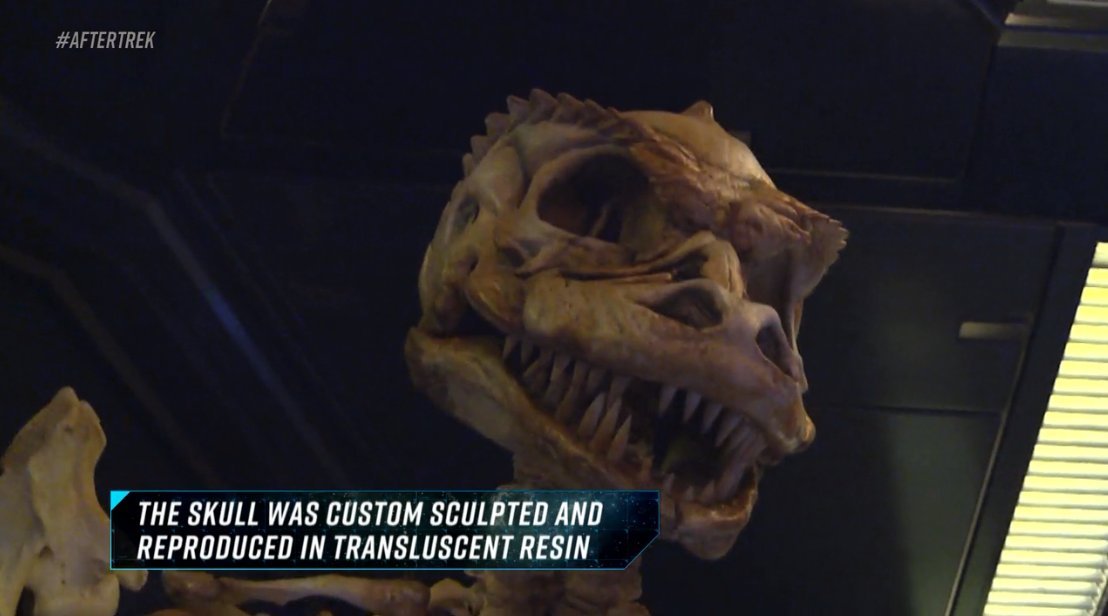
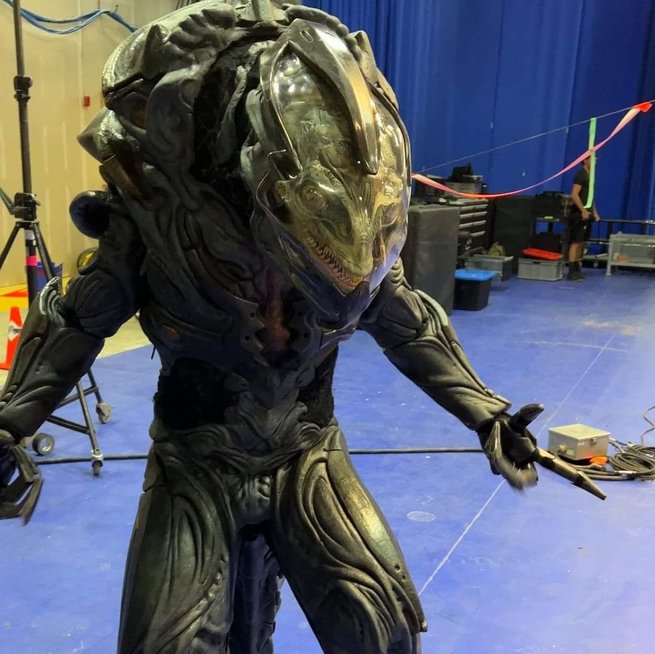 Author's Notes:
Author's Notes:
When looking at the Gorn, a a cold-blooded reptilian proto-avian race, I looked at things like the titular Predator, the amazing make-up done for Killer Croc in Suicide Squad and lastly the unused make-up from JJ Abrams 2009 Star Trek - a creature that prefers warm climates such as jungles and deserts. Earth temperatures would be like Winter to the Gorn - they'll need special kit to stay warm and keep their bodies operable. They cope with high temperatures far better than mammals like humans. Speaking of mammals, they're food. Up to the size of beavers or dogs. The Gorn consume live animals for food. Not the worms or cut-out parts like the Klingons, the whole thing.
As per Jack Horner's work on dinosaurs, they might not be cold-blooded, or not for the whole species. The teeth of the Gorn give away their carnivorous diet. No more lumbering man-in-a-rubber-suit, ths is an advanced reptilian race that is dominant on their planet. With a modern budget and modern knowledge of reptiles and dinosaurs, the Gorn could and should be fleshed out in more detail; more on their scales, their behaviour, their venom, their senses. They hunt and act in a reptilian hunter-gatherer way; patient, stealthy and attacking with lightning strikes that overwhelm the enemy. This is a worthy opponent to the Klingons.
The Gorn dress minimally, but in temperatures lower than 30 Celcius they wear heating gear to keep their blood. Sensors and medical kit can be worn directly on their scales. The 'Priests' are responsible for looking after their eggs and young, perhaps the most sacred of tasks. The eggs are marked with ancient symbols of protection. The Gorn have a species memory that goes back thousands of years, recording their achievements colonies and battles. The dispute over the common Klingon-Federation-Gorn region is a result of the Gorn seeing those other nations as intruding on their traditional territory.
Stuff your Federation-Klingon rivalry. For the Klingon - the warrior race who evolved from apex predators - the Gorn are the perfect military match. One race who relishes in fighting and has the armour and disruptors, the other a reptilian species that has razor sharp claws and the patience, strategic mind and military prowess to keep the Klingons out of their territory and off their colonies. Why would the Klingons want to fight the Federation; a nation who talk and do diplomacy? The Klingons only fight them out of existential fear for their culture and Empire. The Gorn are the combatants that they want to fight.
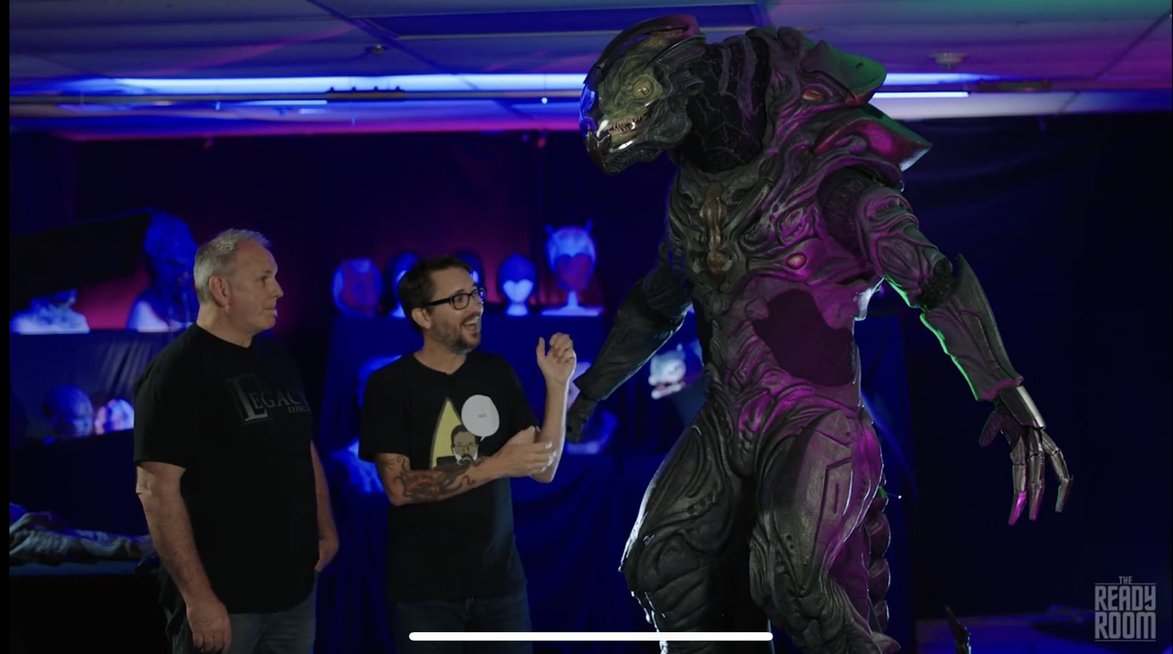
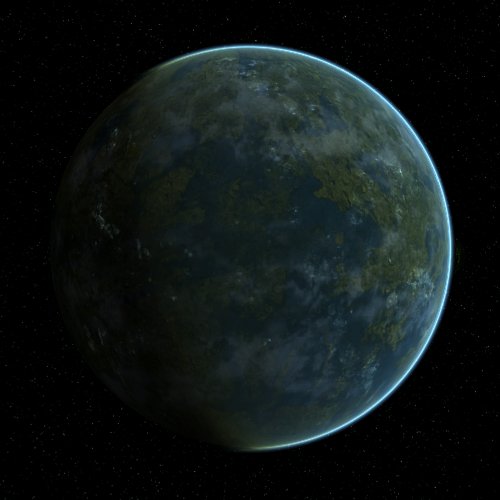
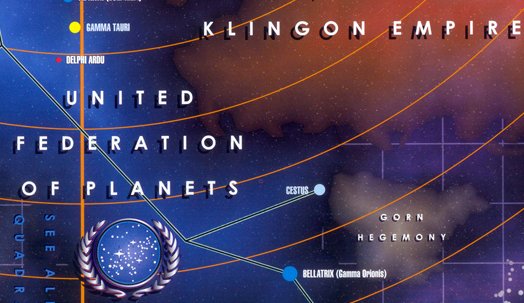 The Gorn Hegemony is governed by a Constitutional Monarchy, consisting of a King or Imperitor who serves as the head of state, a Council of Ministers who serve at his pleasure, and a parliament elected by the people. Voting in biannual elections is compulsory for all adult Gorn. At least one Gorn colony world used a type of crystal called the szeket as a form of currency in the mid-23rd Century. Despite being viewed as isolationist xenophobes, the Gorn maintain freeports on several outlying colonies from which they conduct trade with other species. It is not clear exactly what they export besides the alcoholic beverage meridor (the finest in the galaxy, according to one Orion) but they do possess great mineral wealth on worlds and asteroids within their territory. The Gorn are noted for patience and pragmatism being near-universal racial traits.
The Gorn Hegemony is governed by a Constitutional Monarchy, consisting of a King or Imperitor who serves as the head of state, a Council of Ministers who serve at his pleasure, and a parliament elected by the people. Voting in biannual elections is compulsory for all adult Gorn. At least one Gorn colony world used a type of crystal called the szeket as a form of currency in the mid-23rd Century. Despite being viewed as isolationist xenophobes, the Gorn maintain freeports on several outlying colonies from which they conduct trade with other species. It is not clear exactly what they export besides the alcoholic beverage meridor (the finest in the galaxy, according to one Orion) but they do possess great mineral wealth on worlds and asteroids within their territory. The Gorn are noted for patience and pragmatism being near-universal racial traits.
The Gorn are a combination of reptiles and Egyptians. All qualities of reptiles are taken – limb regeneration, camouflage, venomous teeth etc. With both egg-laying and live-young-bearing variants. The Gorn have a society that worships the royal caste and deifies the previous Kings of the Gorn Hegemony. Vast tombs with detailed wall decorations depicting the life and achievements of the Gorn ruler buried there, as well as their lineage. The Gorn have temples that worship the previous Gorn, where past rulers are consulted for their experience and guidance.
The Gorn Hegemony is made up of around fifty worlds and colonies and is dwarfed by the vast Klingon Empire to the coreward border. The Imperial Gorn Navy consists of about three thousand warships with a fearsome reputation for armour and speed. Disruptors are their standard armament, although they seem to not have sensors sufficiently advanced to deal with cloaking technology. It seems to be the Klingon High Council’s contentment to merely hold onto the worlds they have already assimilated, rather than invade the Gorn Hegemony, that has allowed the Gorn to retain their freedom. Matters more pressing on the other borders of the Klingon Empire, as well as within the Empire itself, have prevented the Klingon Empire from assembling a sufficient military force to invade. Whilst the Imperial Klingon Defence Force has a tactical advantage, the Gorn ships are armoured enough to hang in a fight with the Klingons’ finest warships. Klingon infantry, on the other hand, is outmatched by the natural biological advantages of the Gorn. Gorn camouflaging, venom and claws mean Klingon warriors suffer huge losses in ground actions. The Klingons have used their advantages to degrade the Gorn navy along the border, but then are unable to capitalise on this advantage to consolidate further territory into the Empire.
To the driftward border of the Gorn Hegemony was the Metron Consortium. As with the Organians, in recent times it has been discovered that the Metrons have disappeared. Whether the Gorn will now expand into former Metron space and from there into unclaimed territory is unknown. Gorn refer to Cestus III as Inner Eliar, one of the Gorn Far Edgeworlds. The only planet where the warrior caste eggs can mature is Sazssgrerrn. Other castes have multiple hatcheries elsewhere.
Gorn architecture consists of pyramidal and tower structures, blending with the natural sandstone and tropical environs found on Gornar. Gorn seldom need medical technology, their natural healing abilities means they recover from grievous injuries that would kill lesser life forms. Gorn science is directed to biological improvements, warp drive and defensive technologies. As with the Klingons, Gorn starship technology is crude and their warp drive facilities leave any safety-conscious Starfleet engineer with serious concerns. Gorn are carnivorous and cannot digest vegetable matter, meaning farming in the traditional sense has not taken off in Gorn civilisation, whereas farming livestock has become the sole purpose of agriculture. Due to the large numbers of eggs and live young that the Gorn produce, their population recovers quickly from warfare losses, such as with the Klingons. During peacetime or away from the battlefront the Gorn population is exploding and requires more territory to sustain. This has been one of the catalysts for the recovery of captured Gorn territory from the Klingons, as well as the cultural and historical reasons.
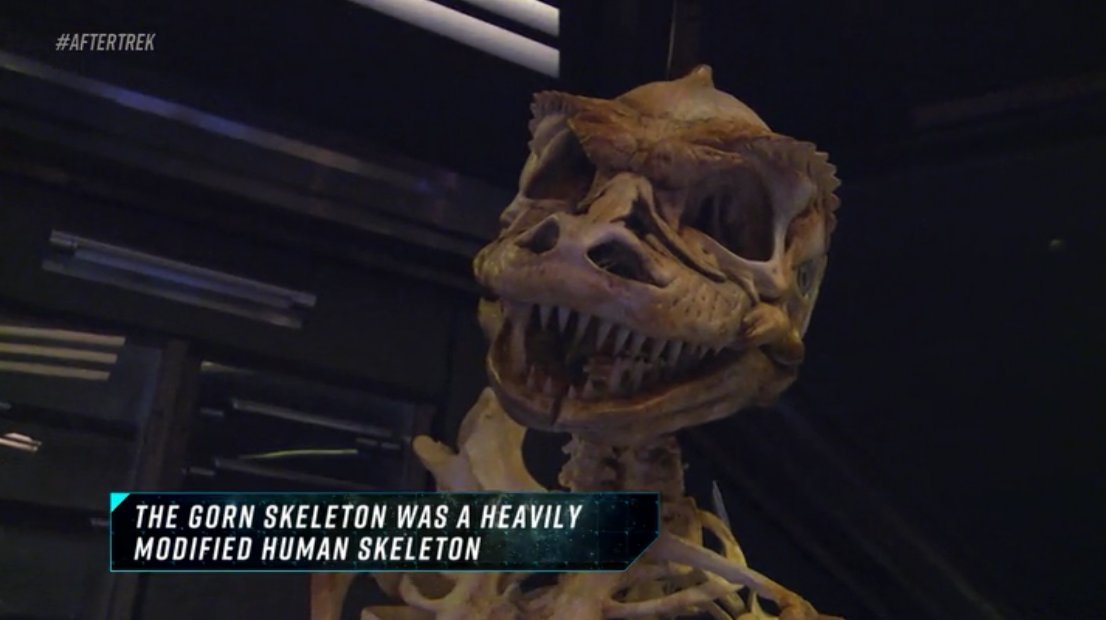
The Gorn Hegemony has been in almost constant conflict with the Klingon Empire along their common border. The racial memory of the Gorn tells them that several worlds that used to be theirs were conquered by the Klingons as they first escaped the confines on the Qo'noS system and used warp drive. The Gorn have been fighting to get these worlds back, only to find the determination of the Klingon warriors would only mean they would fight the Gorn to re-capture the lost territory of the Empire. This conflict has moved forwards and backwards across the border for decades. This conflict with the Klingons shaped the foreign policy of the Gorn Hegemony, explaining why they acted with such hostility when the Federation colonised Cestus III. A determined diplomatic effort by the United Federation of Planets allowed for a dialogue to take place after the incident with Captain Kirk and the Enterprise. The Metron Consortium facilitated this encounter; like the Organians, the Metrons appear to have subsequently left our universe.
The Federation traded with the Gorn at Cestus III, co-developing the planet with the Gorn. Starbase 120 was a later addition to the region, allowing diplomatic meetings with the Federation but at the cost of Starfleet securing their foothold in this region. The Gorn enjoy strategy games that take a long time to complete. (One Gorn complained that his match of three-dimensional chess with a Vulcan was over too fast.) They also like athletic competitions that require strategies for success. The Gorn often take a long time to make up their minds, but once they set themselves to a task it is best not to get in their way.
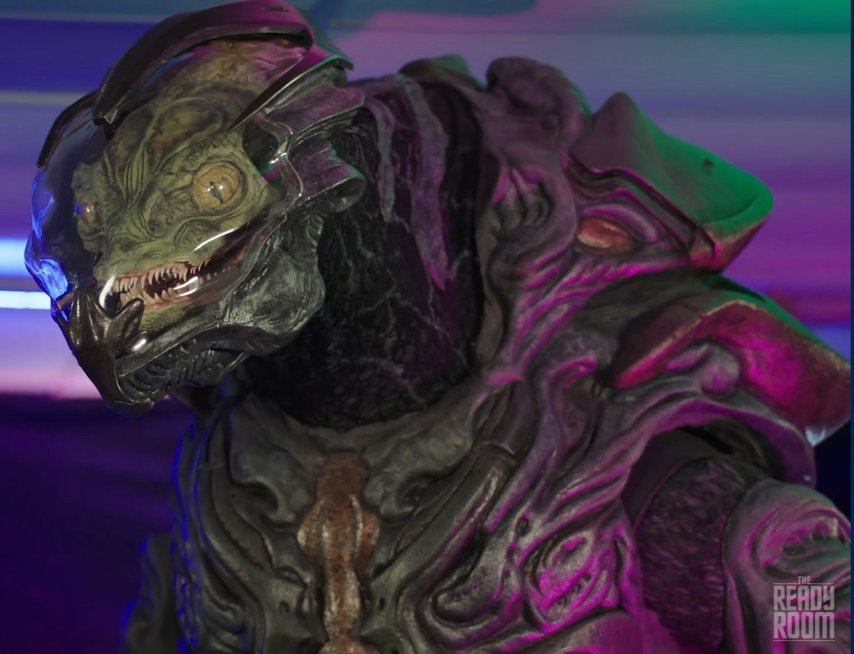 Gorn ranks:
Gorn ranks:
The Gorn have the following ranks, crudely translated into English from the Gorn hissing, clicking and groaning language:
Saur - Gorn equivalent to a Klingon Targ. Slower, but better armoured.
Trooper
Ranger
Heavy Ranger
Handler
Mortar
Ra'wig - equivlent to commander.
Hodch - equivalent to captain.
King/Imperitor - leader of the Gorn Hegemony.
Gorn beliefs:
The Gorn believe that when the universe was new, two great beings made their nest in the Milky Way Galaxy. They are called S'Yahazah the Egg-Bringer and the Great Father (or The Nameless One or He That Is Not Named.) After mating, the female laid many eggs, which the Great Father then tried to eat. S'Yahazah, being the bigger of the two, pushed the Great Father out of the nest and off into intergalactic space. She then hid her eggs on S'sagon (Gornar) and out of these eggs hatched the first Gorn.
S'Yahazah is revered by the Gorn as the one who brings mothers their eggs. It is said that every Gorn's spirit has descended from S'Yahazah through the egg, and that the spirit returns to S'Yahazah when they die. (It is unclear whether the Gorn view this as some sort of afterlife, or a process of reincarnation, or both, or neither.) As for the Great Father, he is not quite a devil figure in the Gorn religion - it's more that he's not acknowledged as having any power at all. Although Gorn mothers will often threaten their children that the Great Father will eat them if they don't behave.
The Gorn Hegemony was historically a larger entity, with colonies covering regions that are now Klingon or Federation space. The Gorn religion celebrates the history of the Gorn leadership lineage and their historical achievements. At the more right wing extreme of Gorn culture they have the equivalent of Israeli Zionists, with a strong belief in the re-unification of their Hegemony, no matter what the cost is and what wars are started. This has led to conflicts across their borders, especially on the Gorn-Klingon border. As a result the Gorn have constructed defensive fortress colonies along their borders. These fortresses have thousands of warrior Gorn ssigned to them to defend their nation.
On the Gorn-Federation border the Gorn face both the Seventh and Eighth Fleets. With the encounter at Cestus III, and policy of engagement, the Federation has managed to maintain cordial relations since the 2270s.
Gorn modern history:
The Gorn Hegemony may not be as vast as the Klingon Empire, but pound for pound they are as strong, if not stronger, than all of the assets the Klingon Empire can bring to bear in this region. After Praxis, that available force was weaker still. The Gorn King wanted to reclaim the territory that the Gorn people recall through their collective cultural memory. The Klingons encroached on ther territory during the 22nd to mid-23rd Century, thanks to their military advancements in photon torpedoes and cloaking technology through the D-5, D-6 and D-7 class warships. The disputed worlds on the Klingon-Gorn border exchanged hands several times as each side exploited the tactical, technological or strategic advantages of the situation.
The Federation-Klingon War of 2256 drew Klingon resources to the Federation-Klingon border and weakened the local Imperial Klingon Defence Force enough for the Gorn to retake Ogat and bordering colonies back from the Klingons. With the multiplying of the D-7 Koro class numbers, the Klingons were able to launch a lengthy campaign in the 2250 to expel the Gorn and return the Klingon-Gorn border back to the current configuration. Further Koro class numbers secured the border and allowed the Klingons to degrade the Gorn military forces along the border to prevent any retaliation.
Any plan for the Gorn to retake their lost worlds died with the improvements to the D-7 Koro class and the acquisition of cloaking technology from the Romulan Star Empire in the late 2260s. The Klingons planned to not only secure their borders but to invade and conquer their long-term enemies. The Gorn and Klingons fought over the border for much of the 2270s. The Gorn and Federation had initiated diplomatic relations after the Cestus III Incident. Supplies from the Federation helped the Gorn during these tough times. The renewed Klingon conflict with the Romulans drew the best Klingon assets away from the Gorn adventurism, allowing the Gorn breathing room.
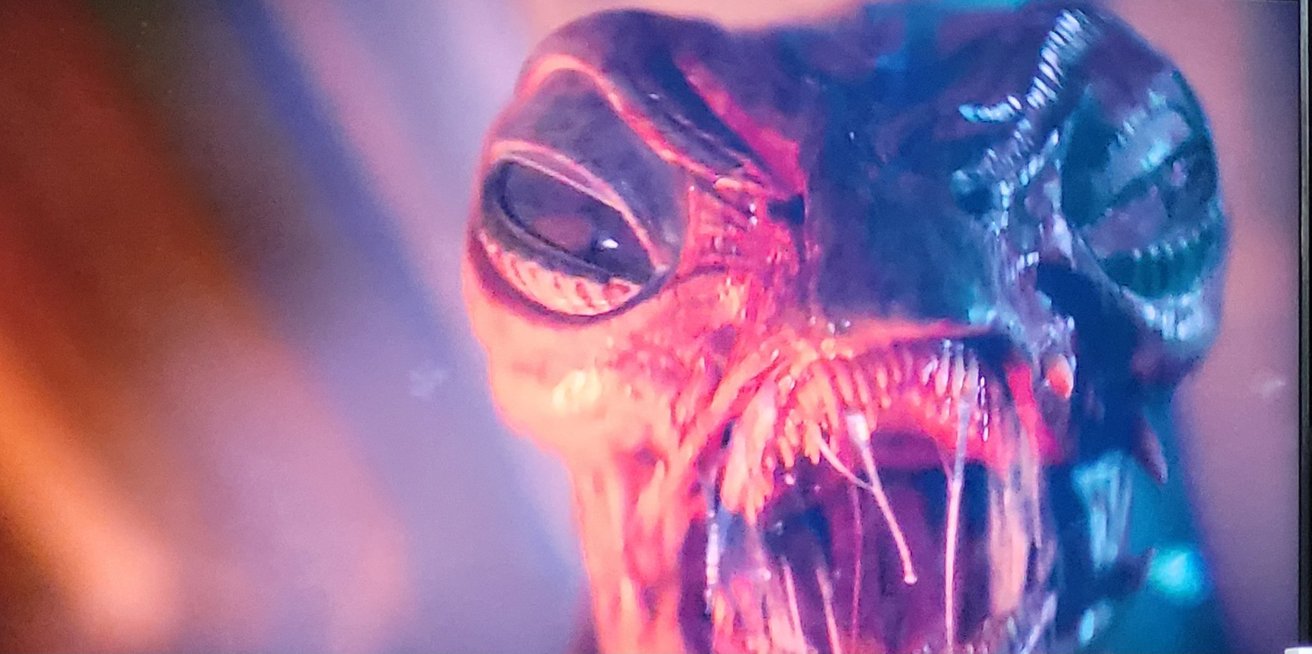
Author's Notes:
The material on Gorn comes from many different sources: Canon episodes and movies, the superb graphic novel The Gorn Crisis and then Star Trek Online and the JJ Abrams game - the former all in the Prime Universe and the latter in the JJ-verse.
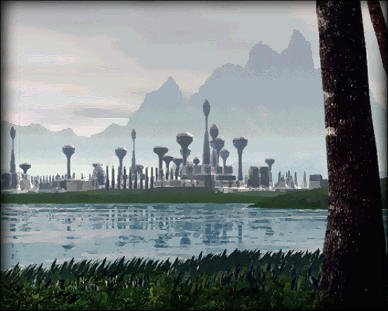 My thought was that this is a reptilian race, with many different types. This gels with the JJ version and the new Star Trek Online version. So we have small ones, big ones, ones that can camouflage and ancient leaders that can squirt venom. Star Trek maps all have the Klingon Empire on top of the Gorn Hegemony. The end result is that the Gorn must be having border disputes with the Klingons on the South-Western corner of their Empire. By the 25th Century the Klingons bring things to a head and conquer the Gorn, assimilating them into the Empire. By the Interim Years, things are tense with the Klingons; the Gorn believe some of the worlds on that edge of the Klingon Empire belong to the Gorn and they are prepared to take on the weakened Klingons. By the time of Kaarg, those Klingons are not looking quite so compromised and the Federation could get dragged into being peacemakers between these two nations.
My thought was that this is a reptilian race, with many different types. This gels with the JJ version and the new Star Trek Online version. So we have small ones, big ones, ones that can camouflage and ancient leaders that can squirt venom. Star Trek maps all have the Klingon Empire on top of the Gorn Hegemony. The end result is that the Gorn must be having border disputes with the Klingons on the South-Western corner of their Empire. By the 25th Century the Klingons bring things to a head and conquer the Gorn, assimilating them into the Empire. By the Interim Years, things are tense with the Klingons; the Gorn believe some of the worlds on that edge of the Klingon Empire belong to the Gorn and they are prepared to take on the weakened Klingons. By the time of Kaarg, those Klingons are not looking quite so compromised and the Federation could get dragged into being peacemakers between these two nations.
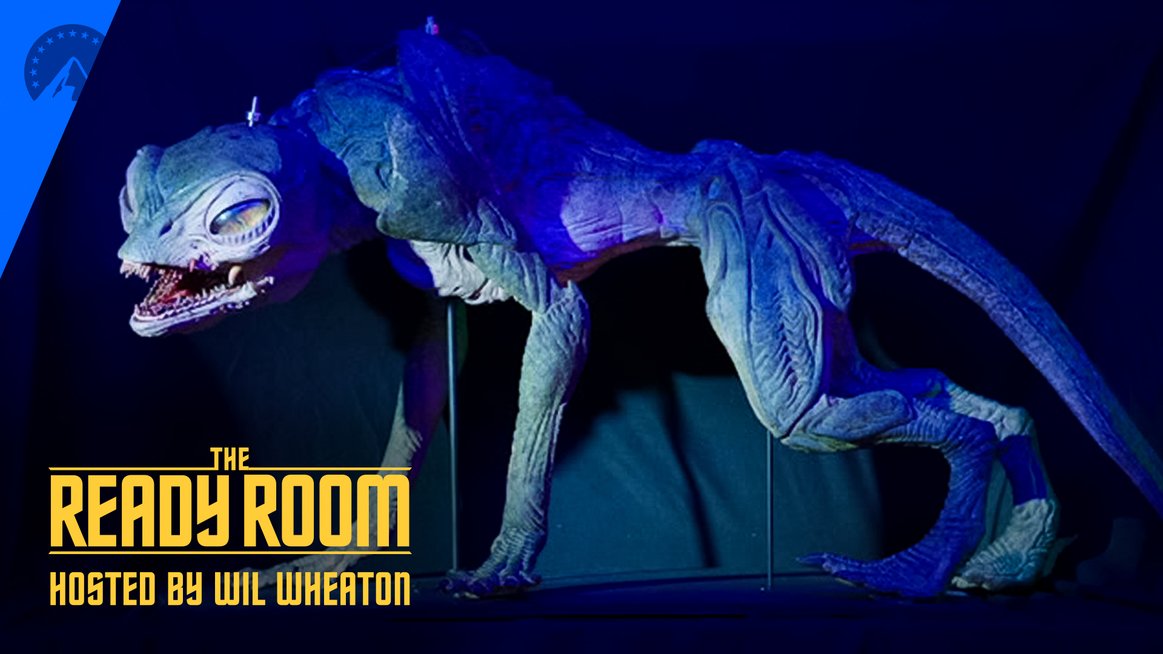
I thought that the Gorn culture would have an Egyptian feel to it. After my visits to Egypt 2012 - 2015 this inspired me still more to do this. The Gorn King would have a cobra-hood made of a gold material and the buildings would have a pyramidal appearance with temples to worship previous kings, much in the same way that the Egyptians have temples to the Pharoahs. There will also be tombs like in the Valley of the Kings and Valley of the Queens.
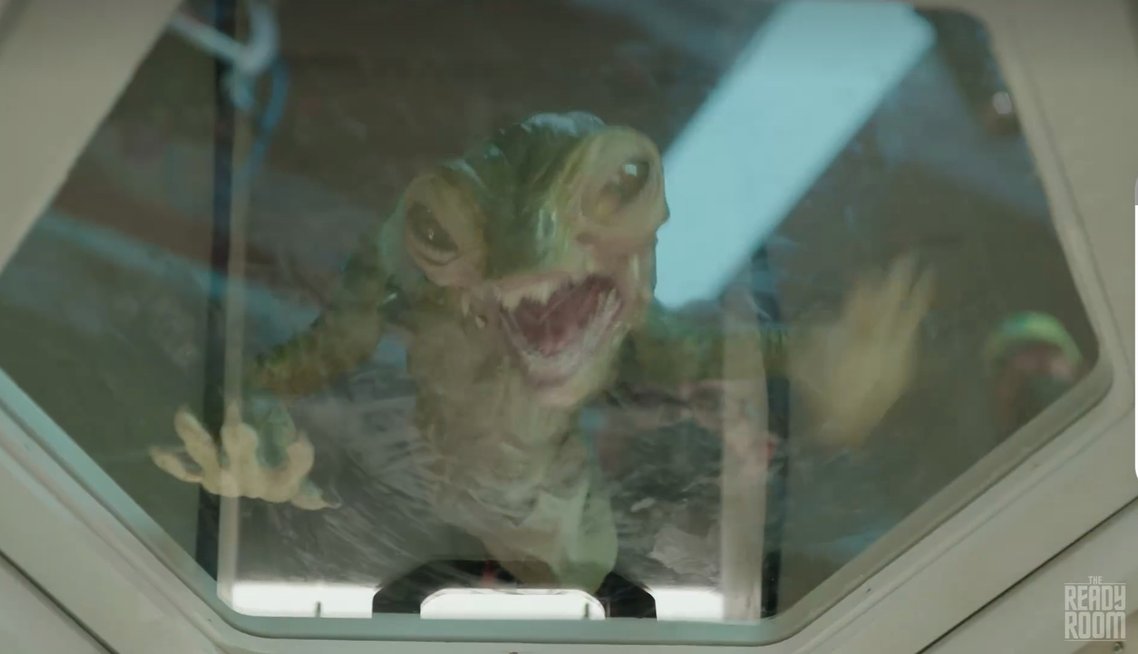
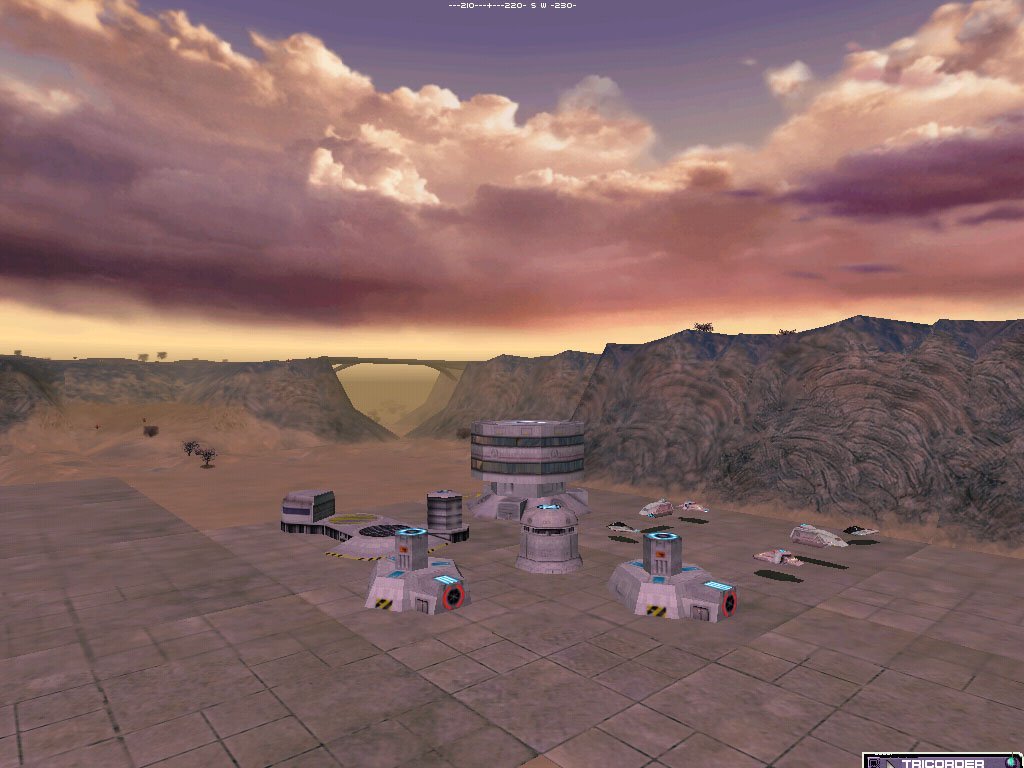 Starbase 120
Starbase 120
Starbase 120 is one of the latest additions to the Starfleet starbase directory. Located near the Federation-Gorn border, Starbase 120 is designed to be a centre of diplomacy between the Gorn and Federation nations. Starbase 120 is also seen as bolstering the supply lines to Cestus III and the colonies rimward of the Federation, en route to Starbases 27 and 64.
Starbase 120 started off as a scientific colony, studying the desert flora of the surrounding biosphere. Starfleet Medical had found some of the plants had promising medicinal properties. Sevrin class science vehicles and Brigadoon class Amoured Personnel Carriers helped the scientists and colonists tame the immediate planet. The upgrade of the station from scientific station to starbase was part of Starfleet Commander-in-Chief Admiral Hikaru Sulu's plan to expand the Federation and re-ignite the scientific and diplomatic era of Starfleet that he recalled in the 2260s.
The proximity of Starbase 120 to the Gorn border had proved useful from the early days, a stopping off point en route to Pike City on Cestus III.
The full details of the scientific study on the planet were kept secure. There was evidence that the planet was once covered in tropical rainforests and had a civilisation present. The rainforests now existed at the poles of the planet, whilst the equitorial region was one vast desert. In many ways, this planet shared the biosphere of the primary worlds of the Gorn Hegemony. Starfleet Security conducted exercises with some of their elite commando units as preparation for all possible eventualities. It had the added advantage of being away from civilisation and of a different atmospheric mix to Vulcan.
Author's Notes:
Starbase 120 features in the Typhon Pact novel "Losing the Peace". Along with Starbase 123 near Zaldo, this is one of the latest starbases, designed to facilitate a new era of exploration and diplomacy.
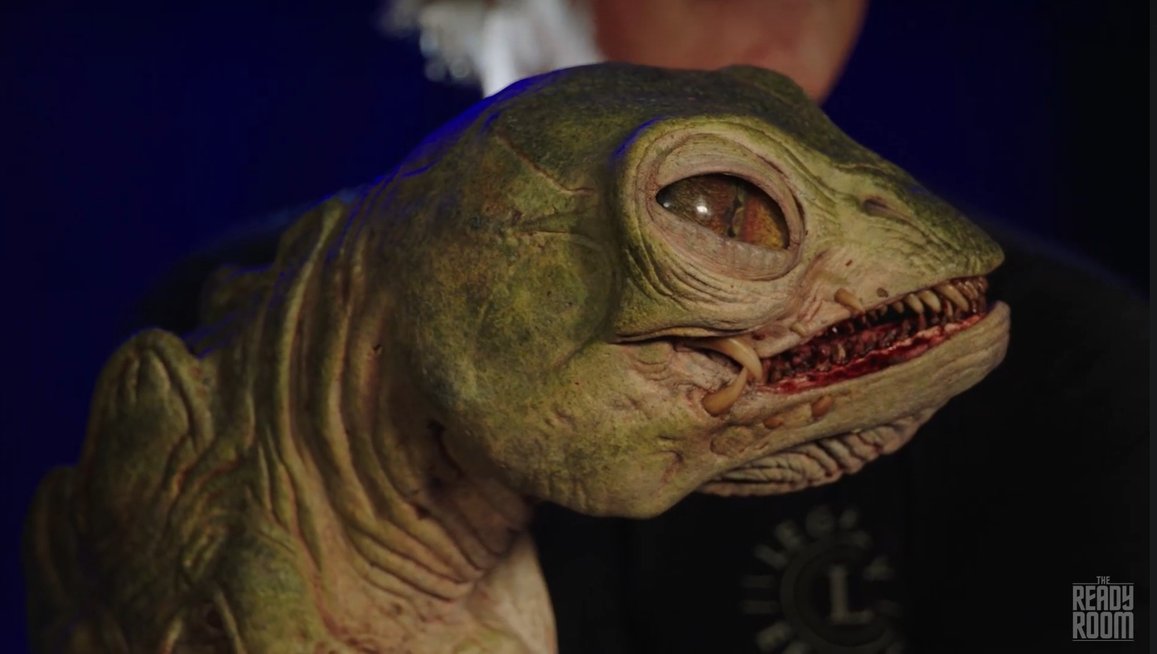
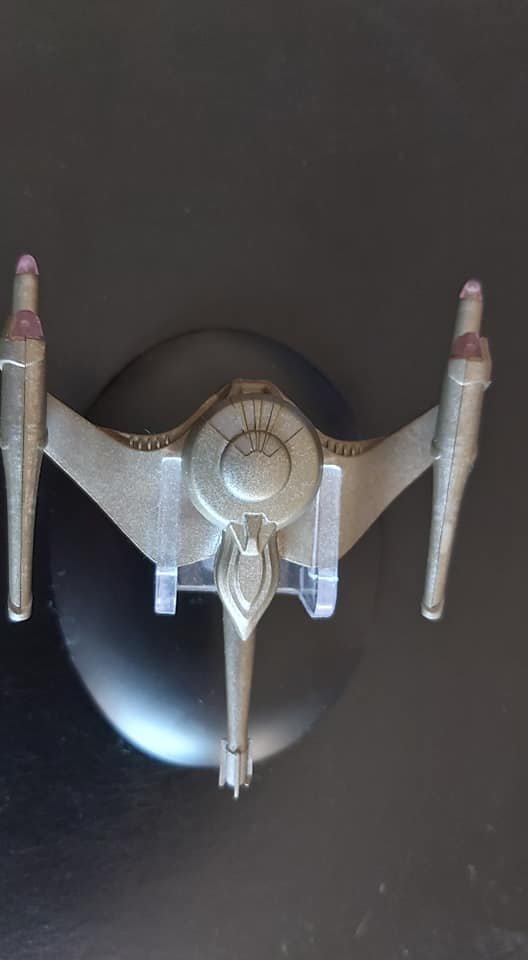
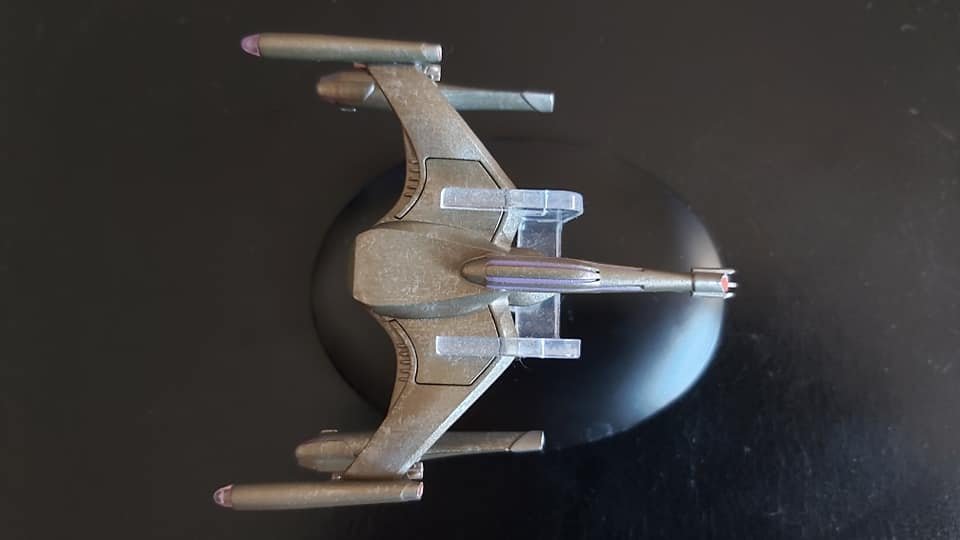
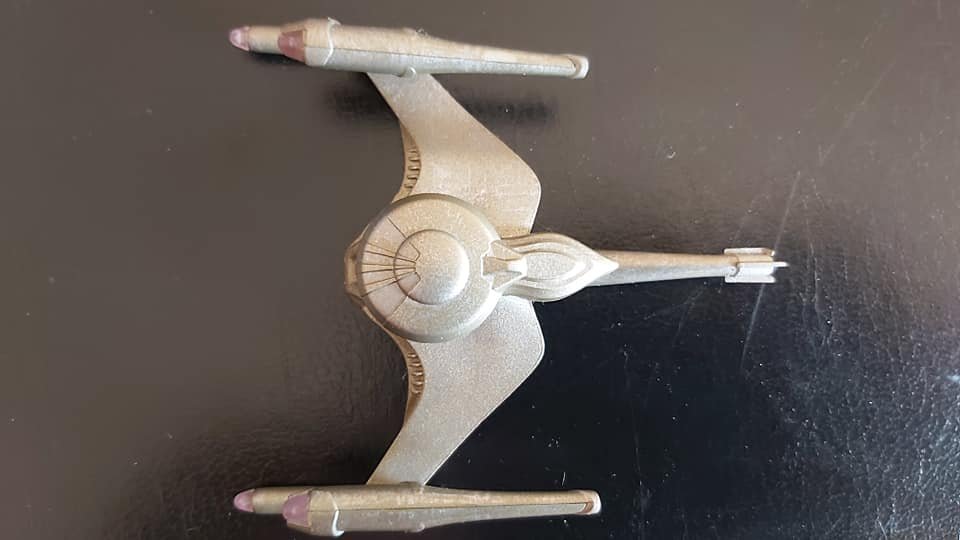
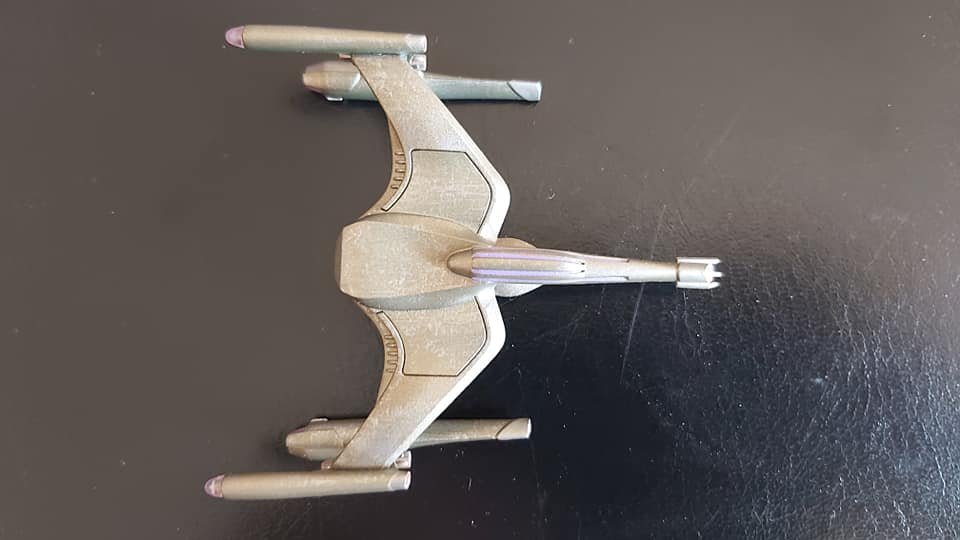
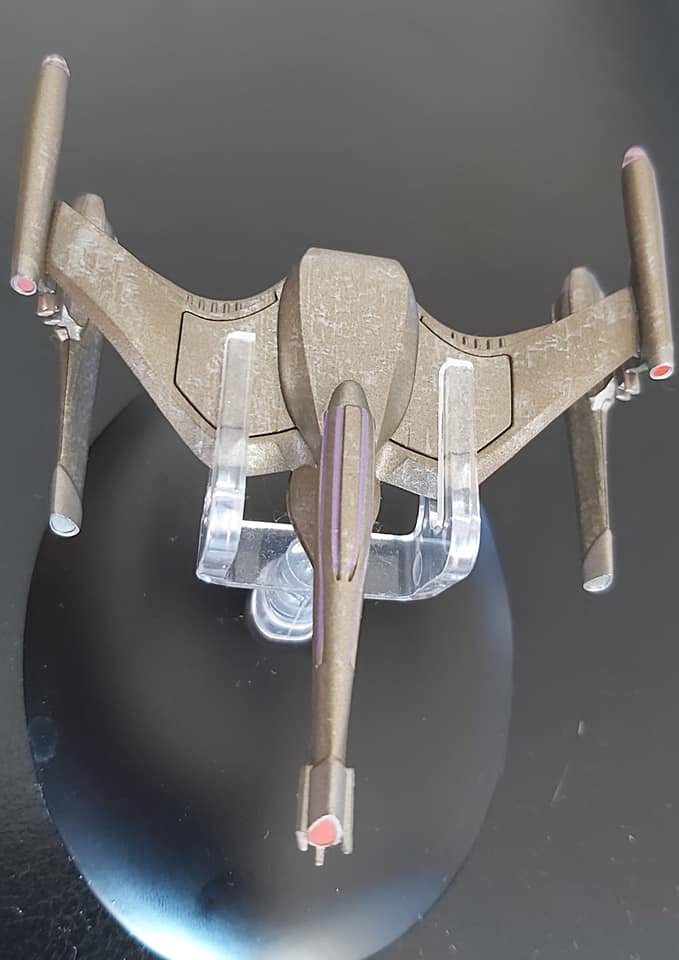
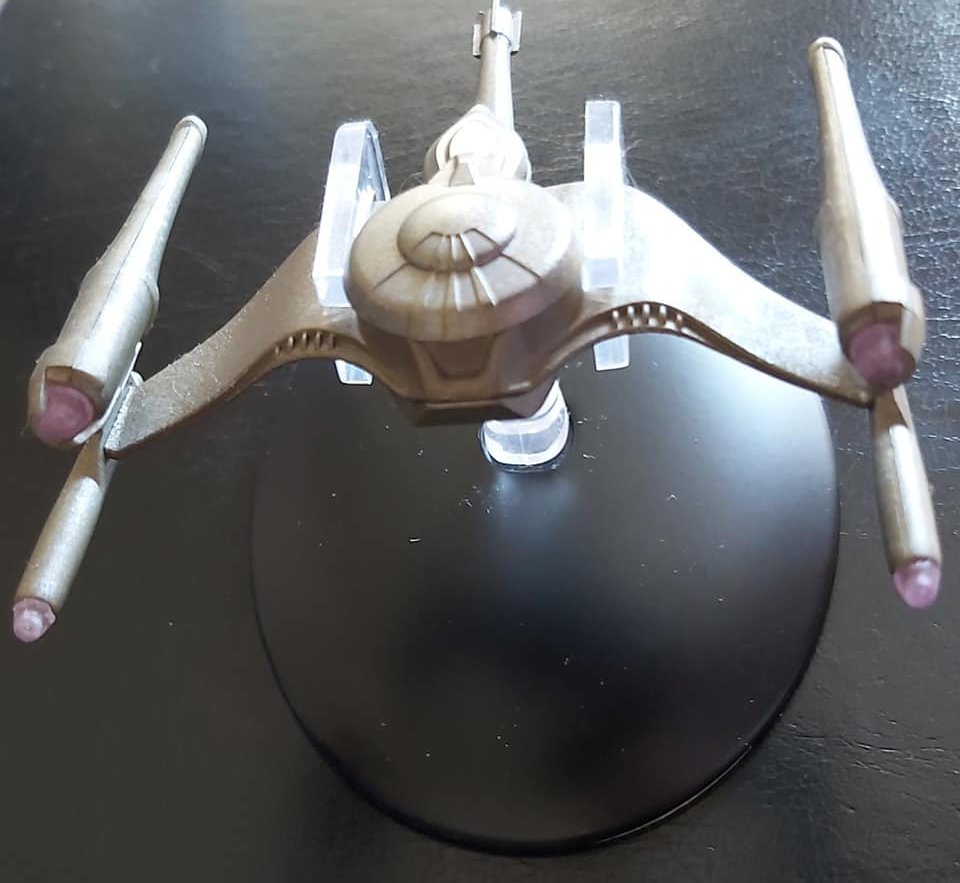

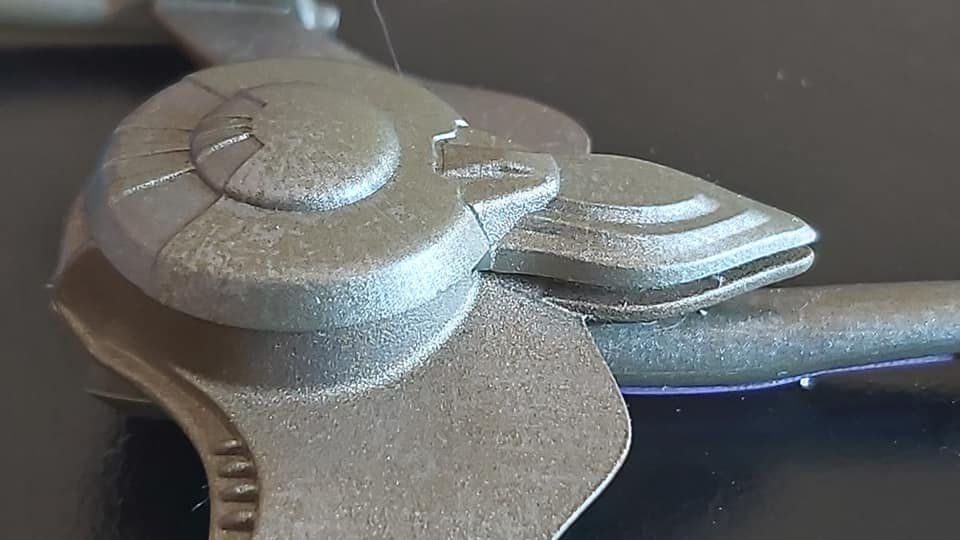
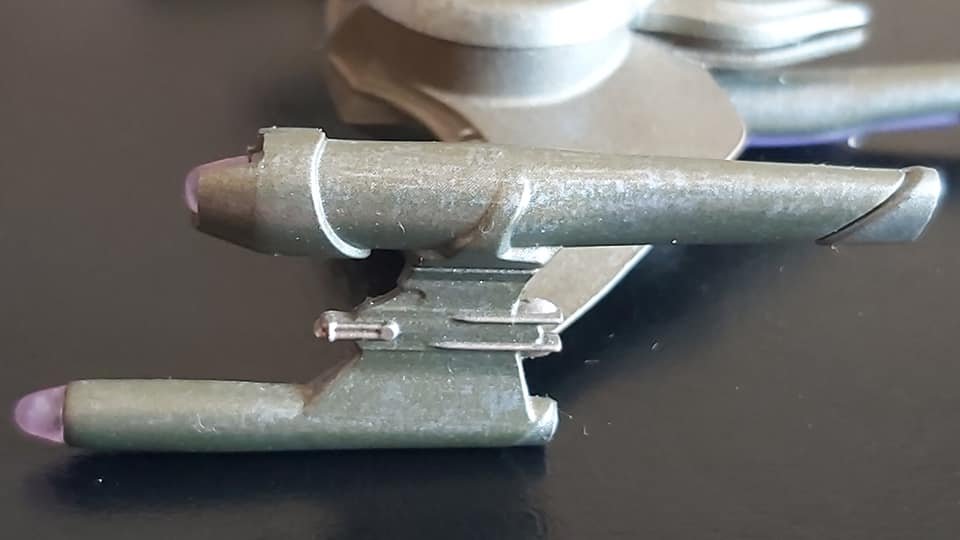
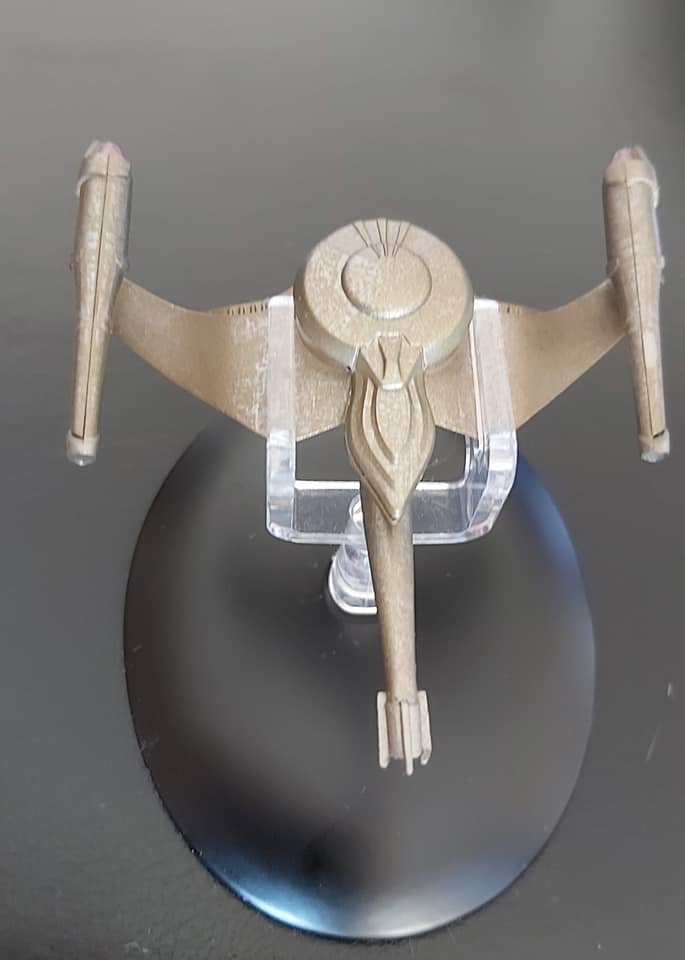
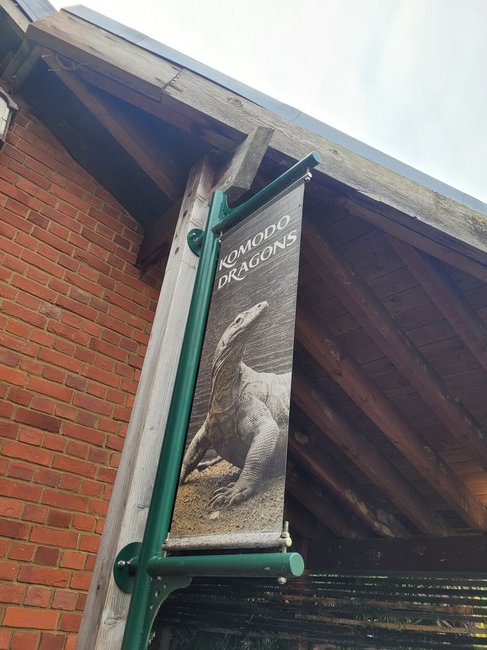
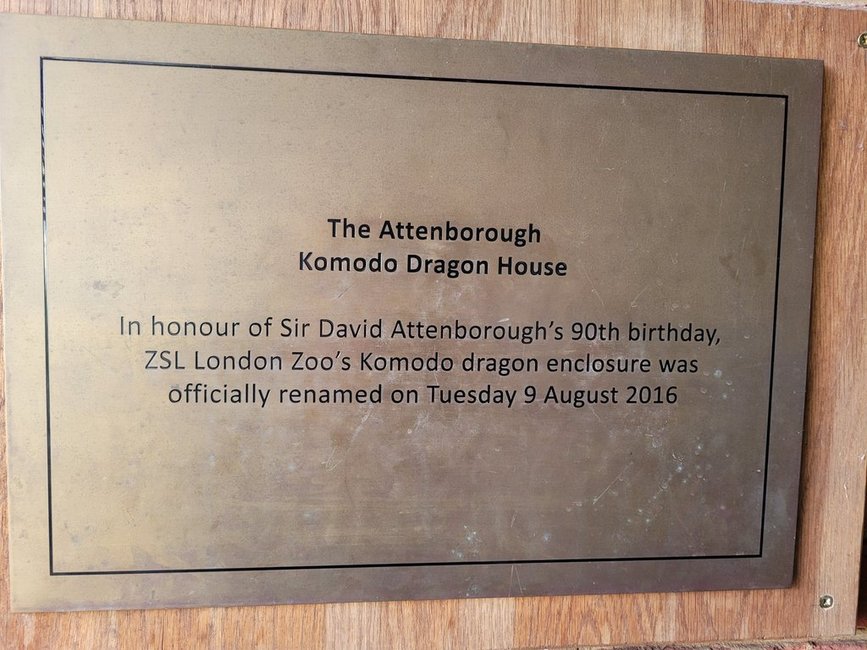
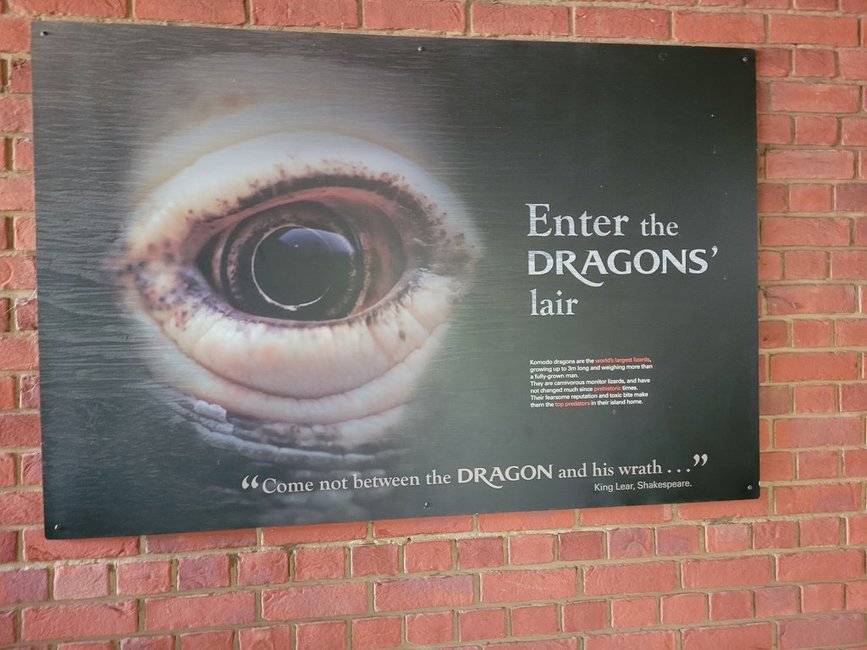
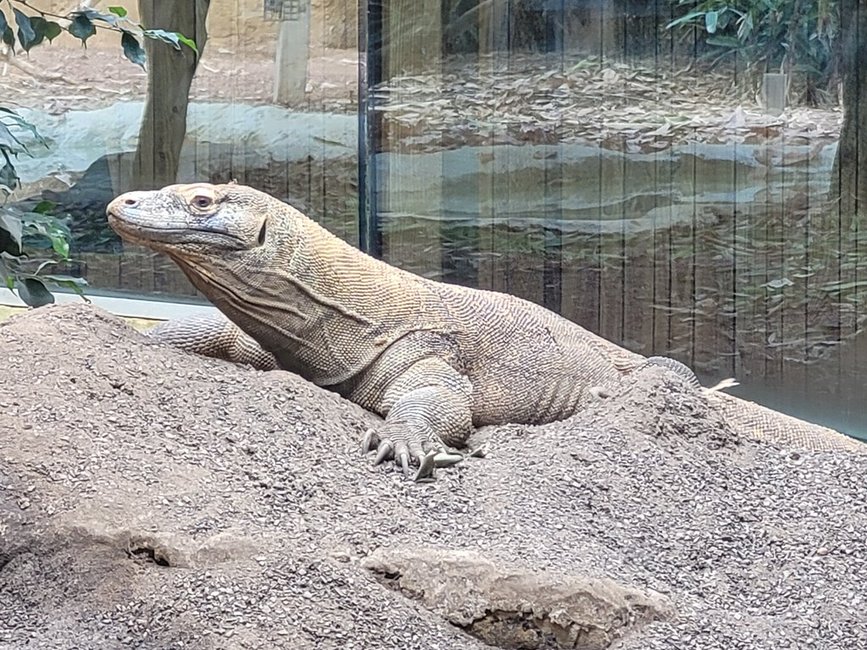


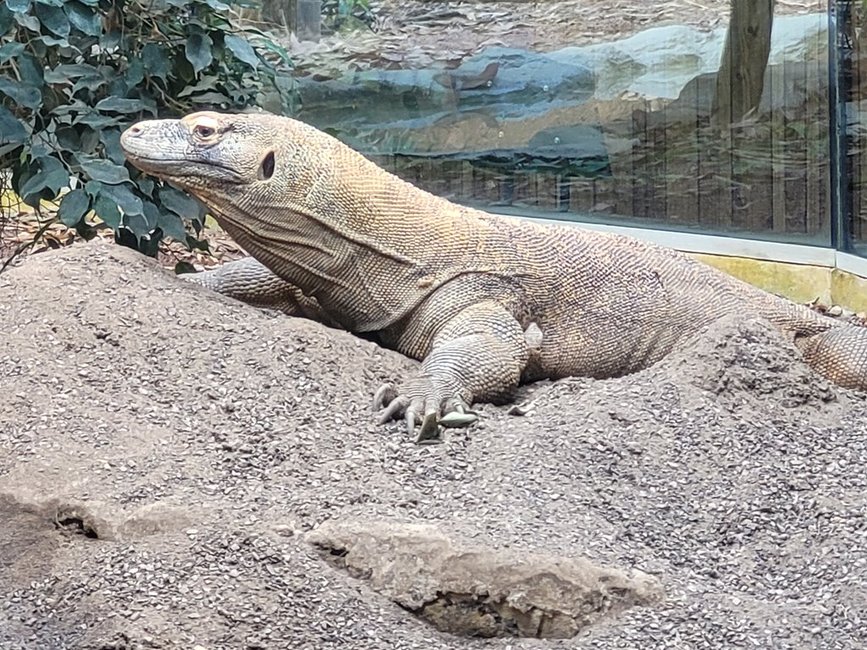
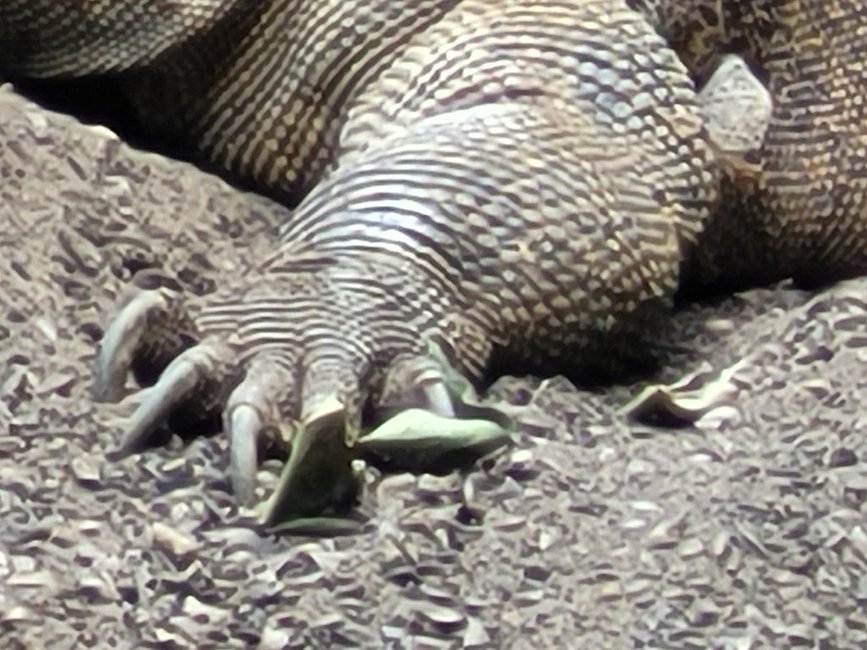
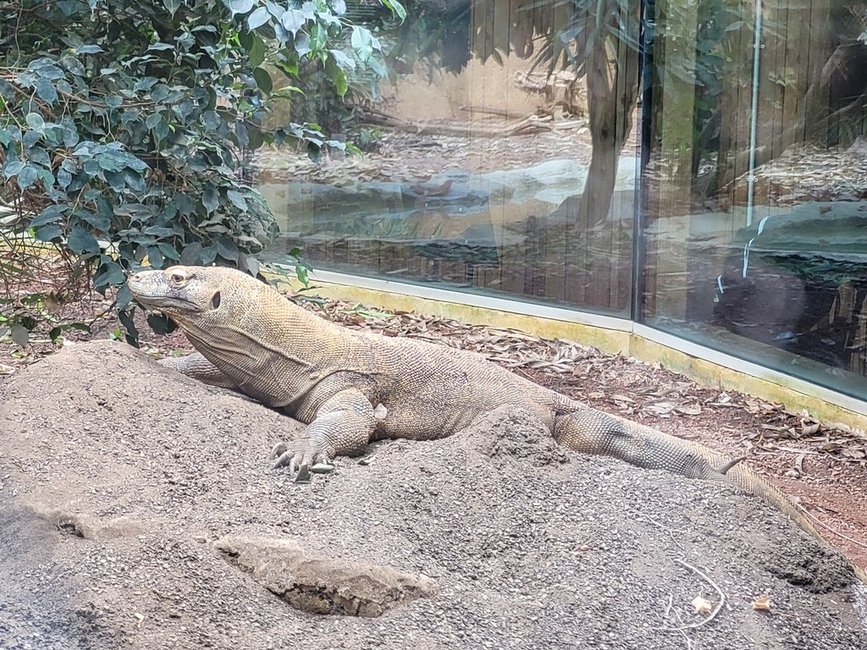
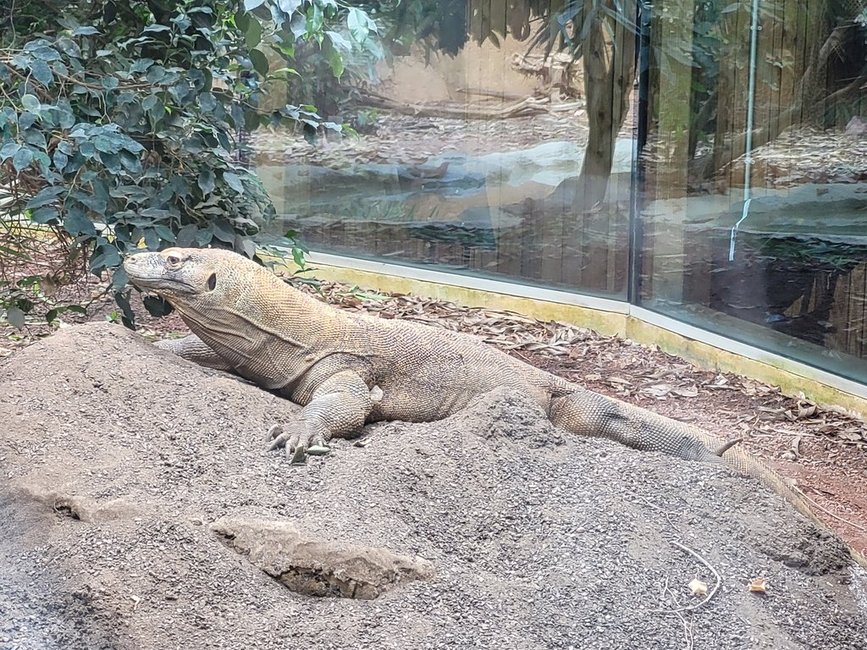
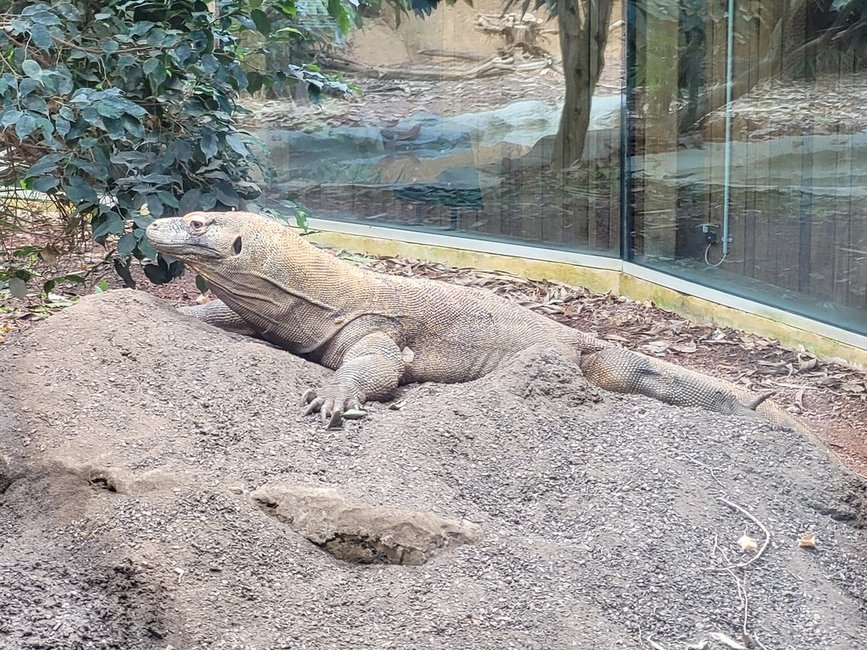
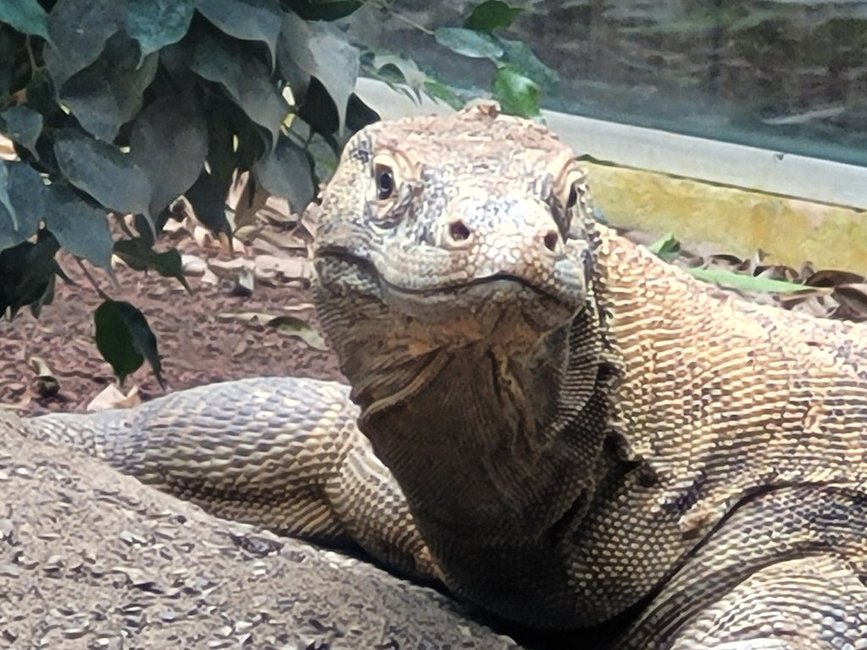
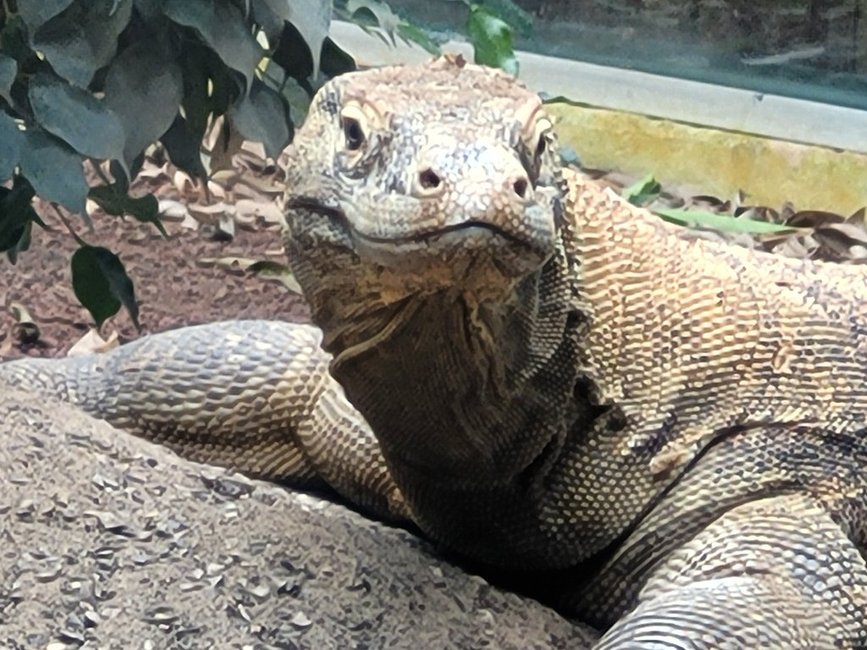
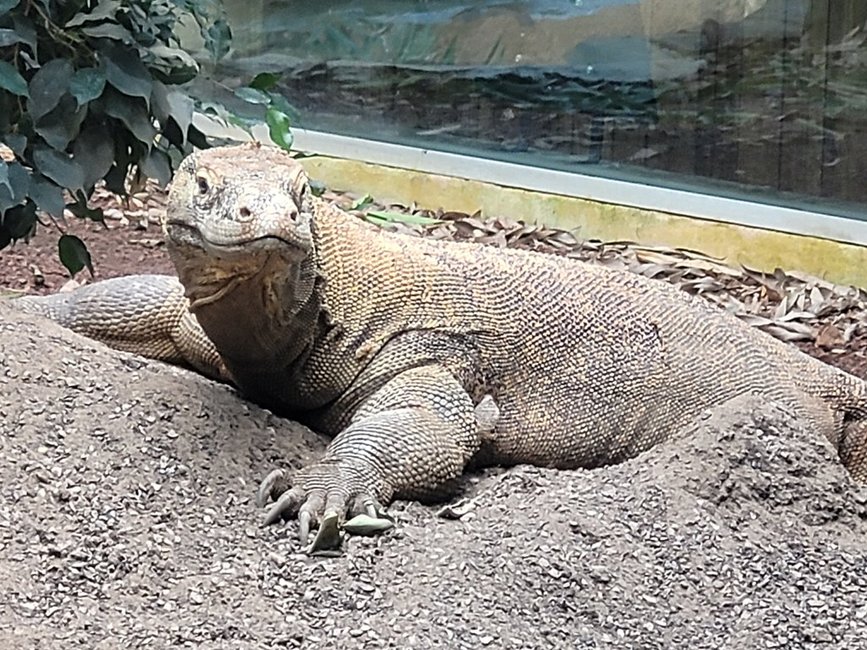
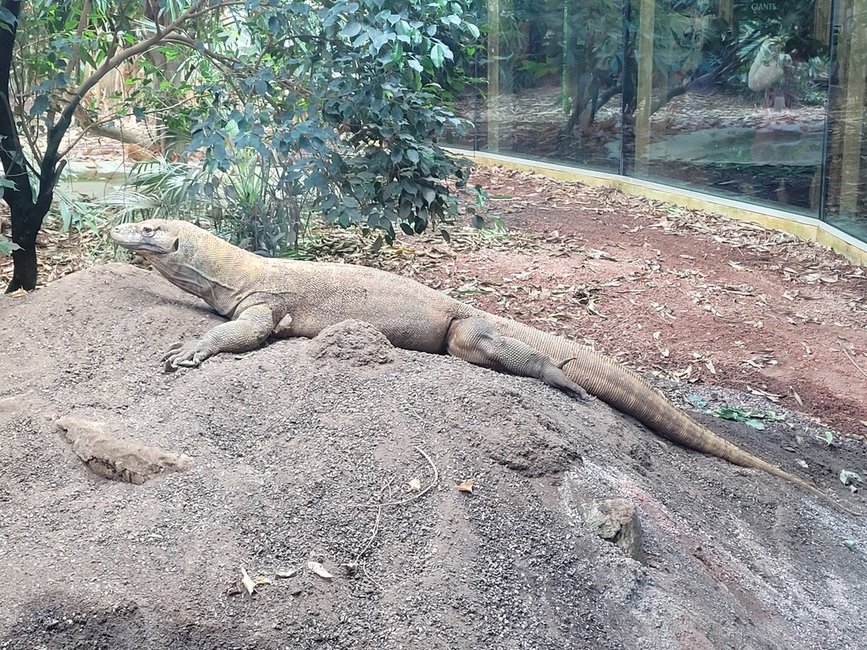
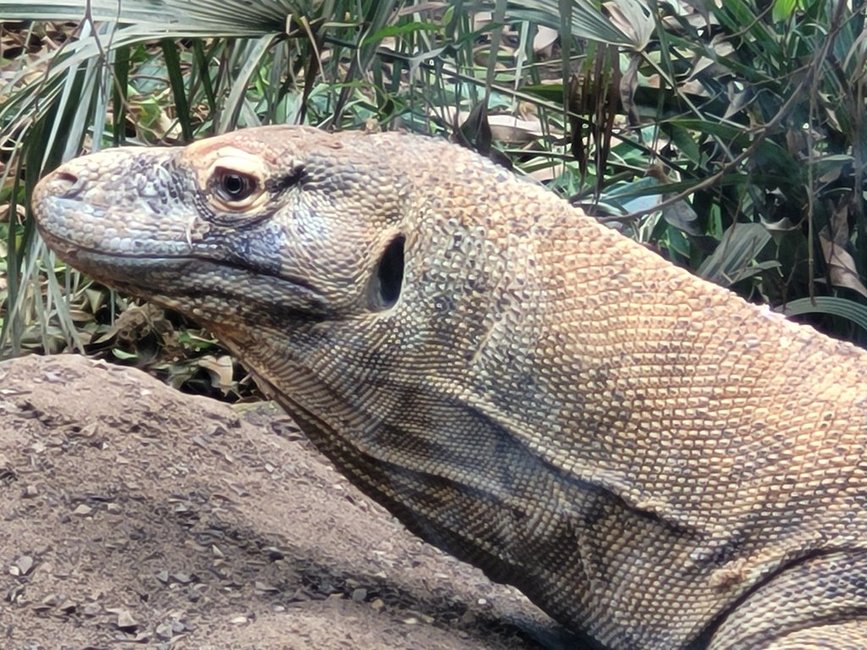
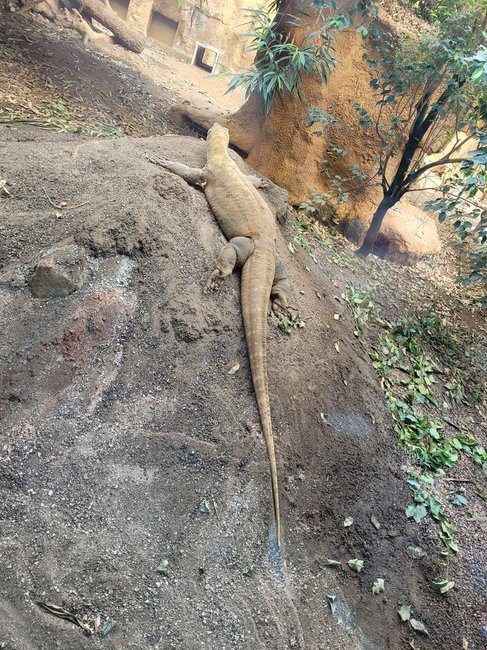

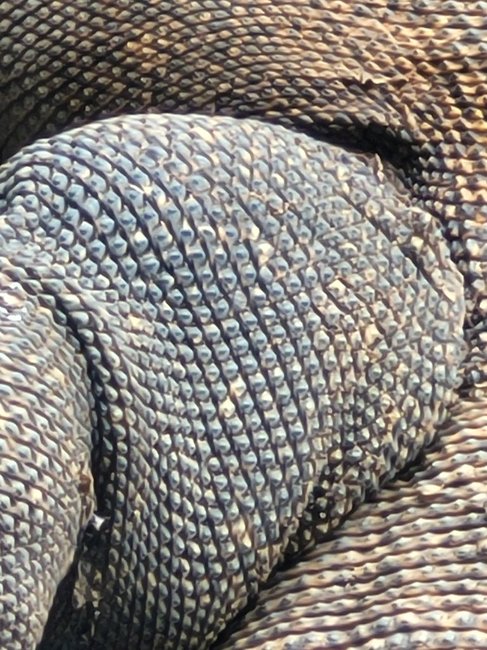
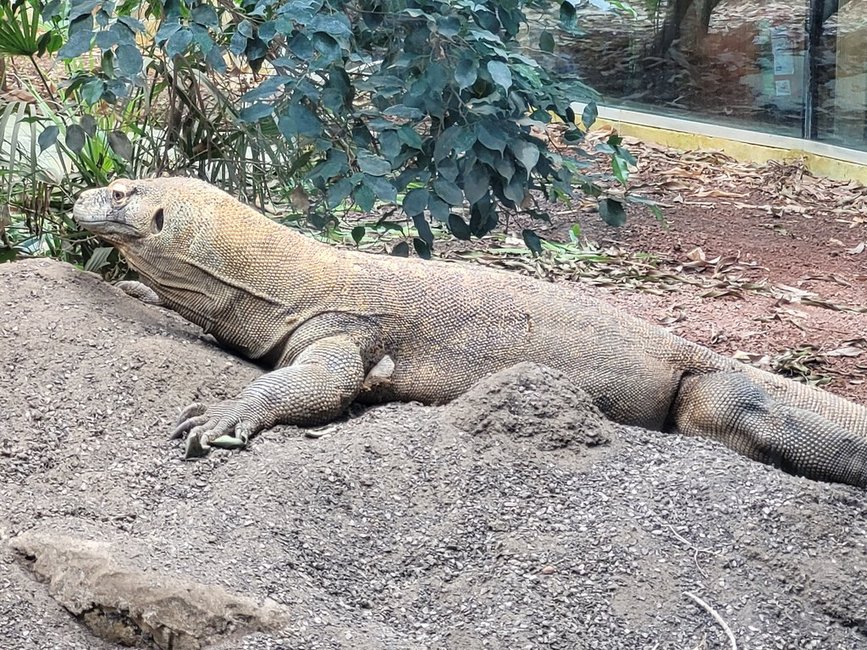
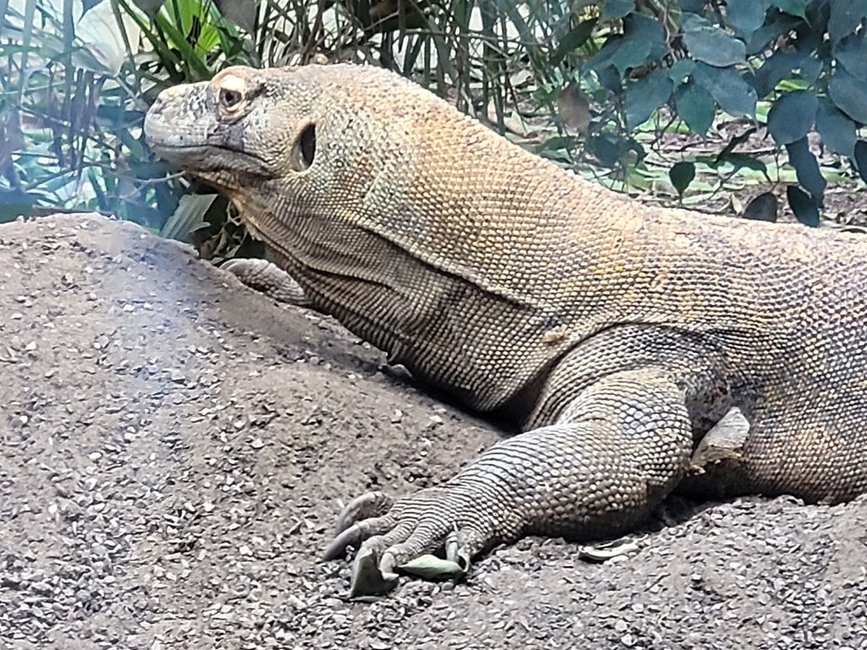
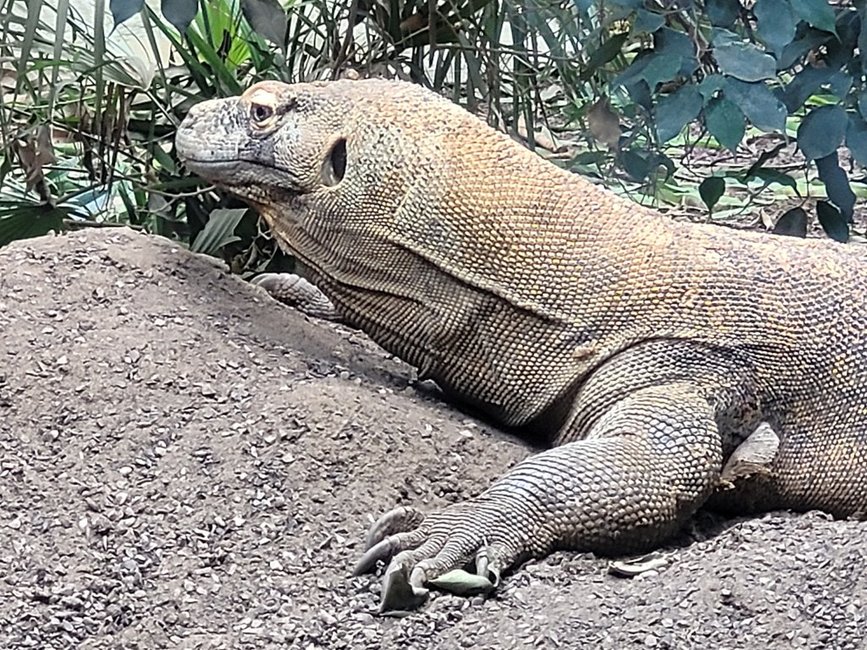






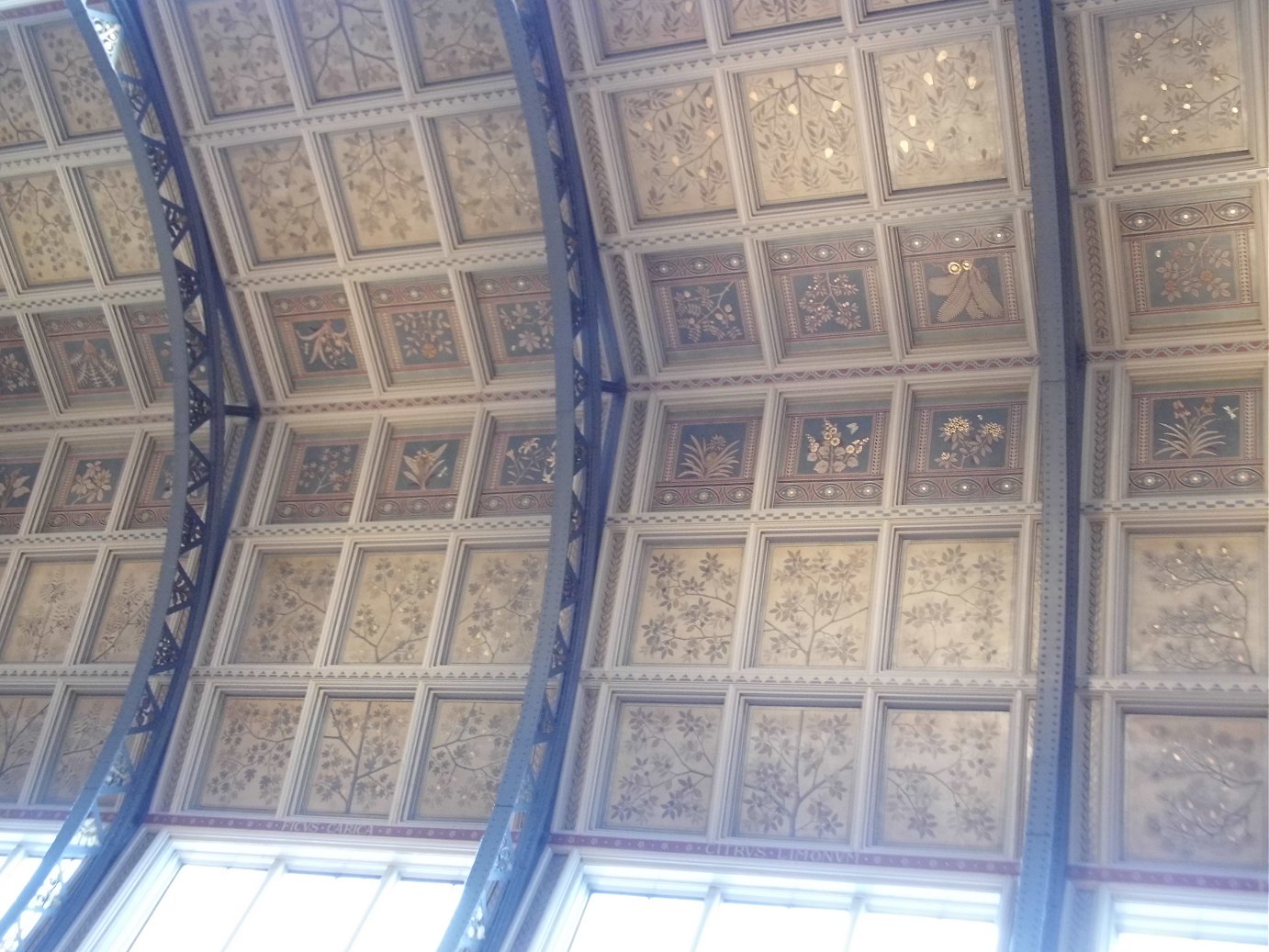
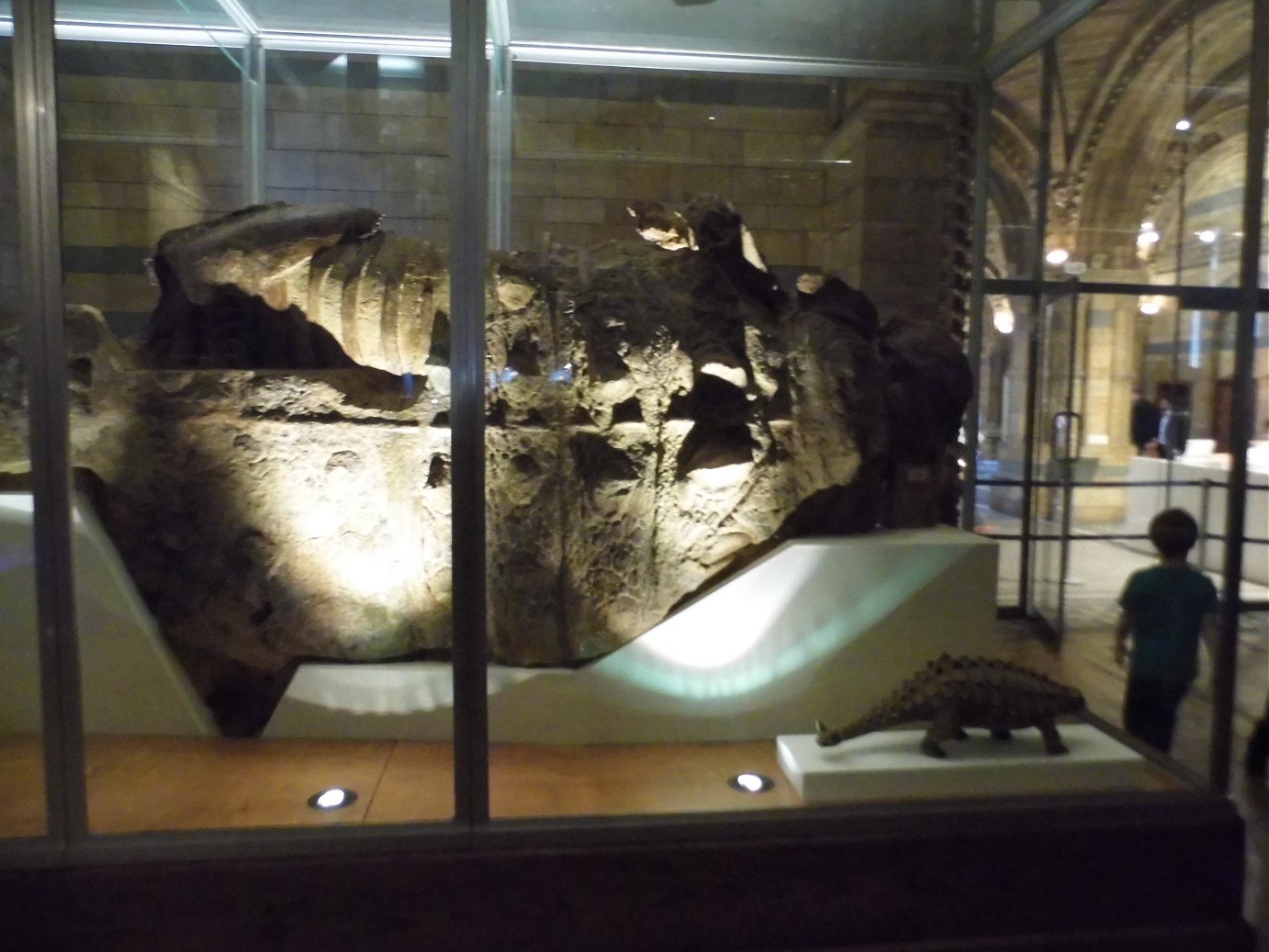
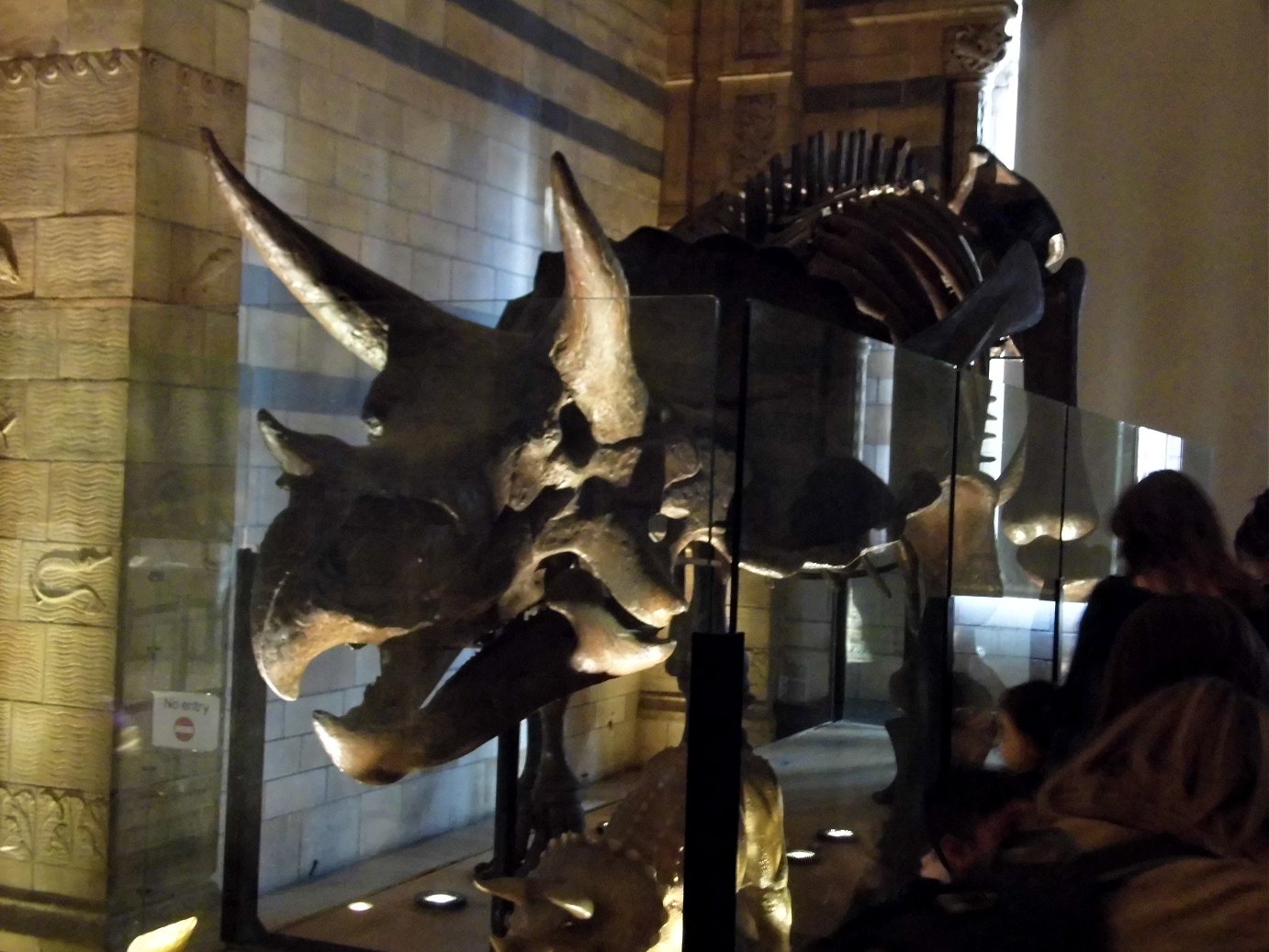
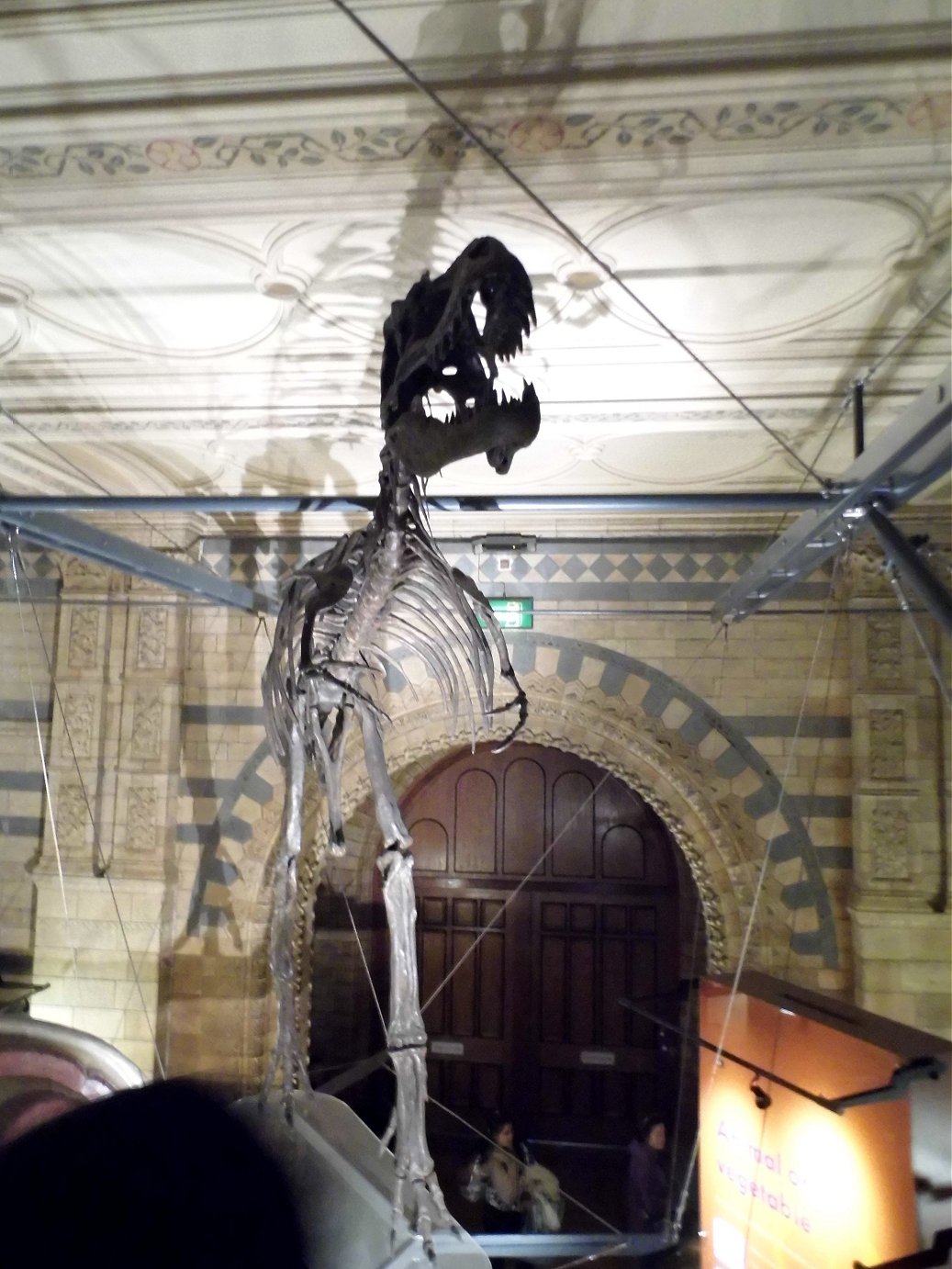

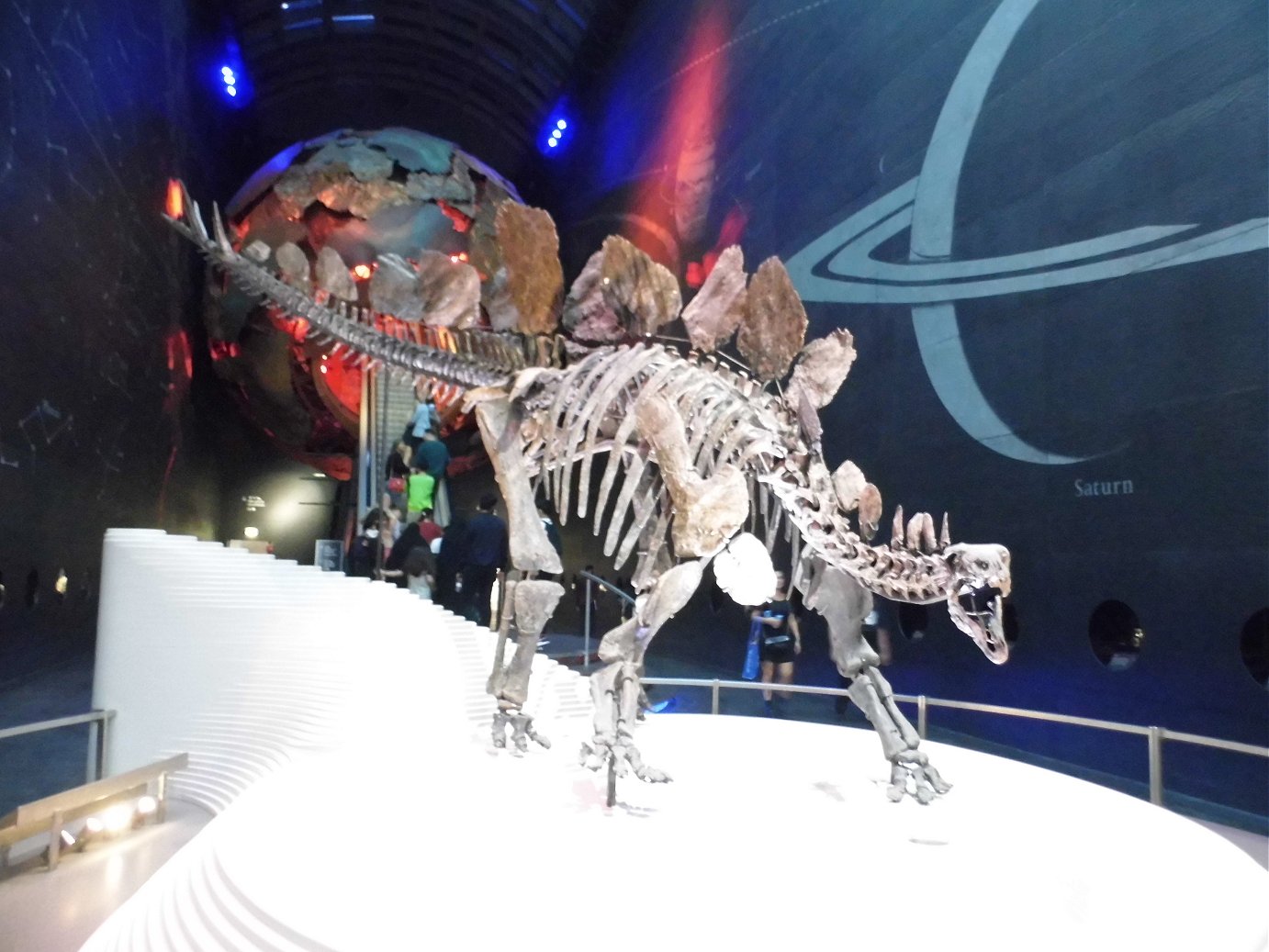
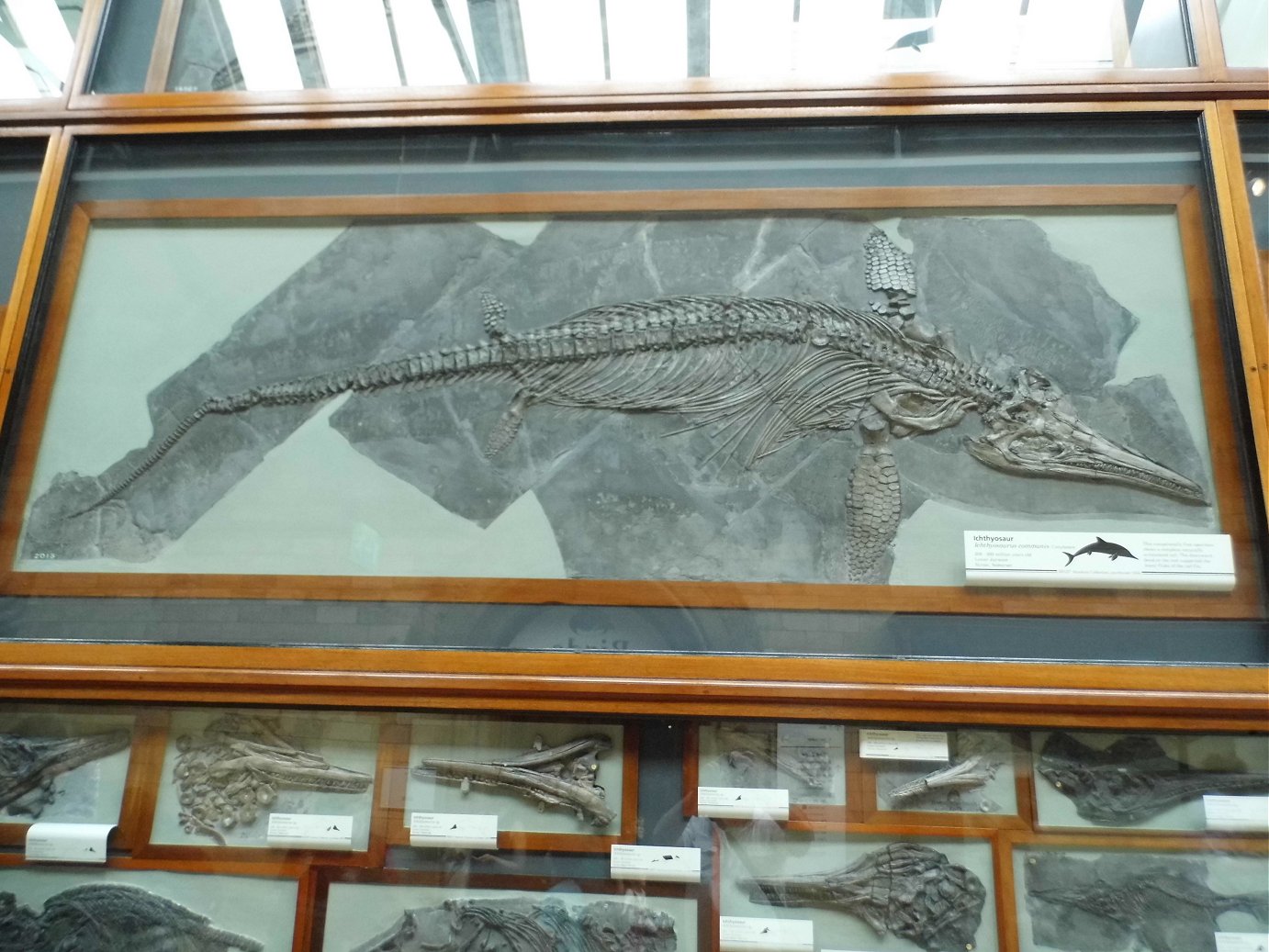

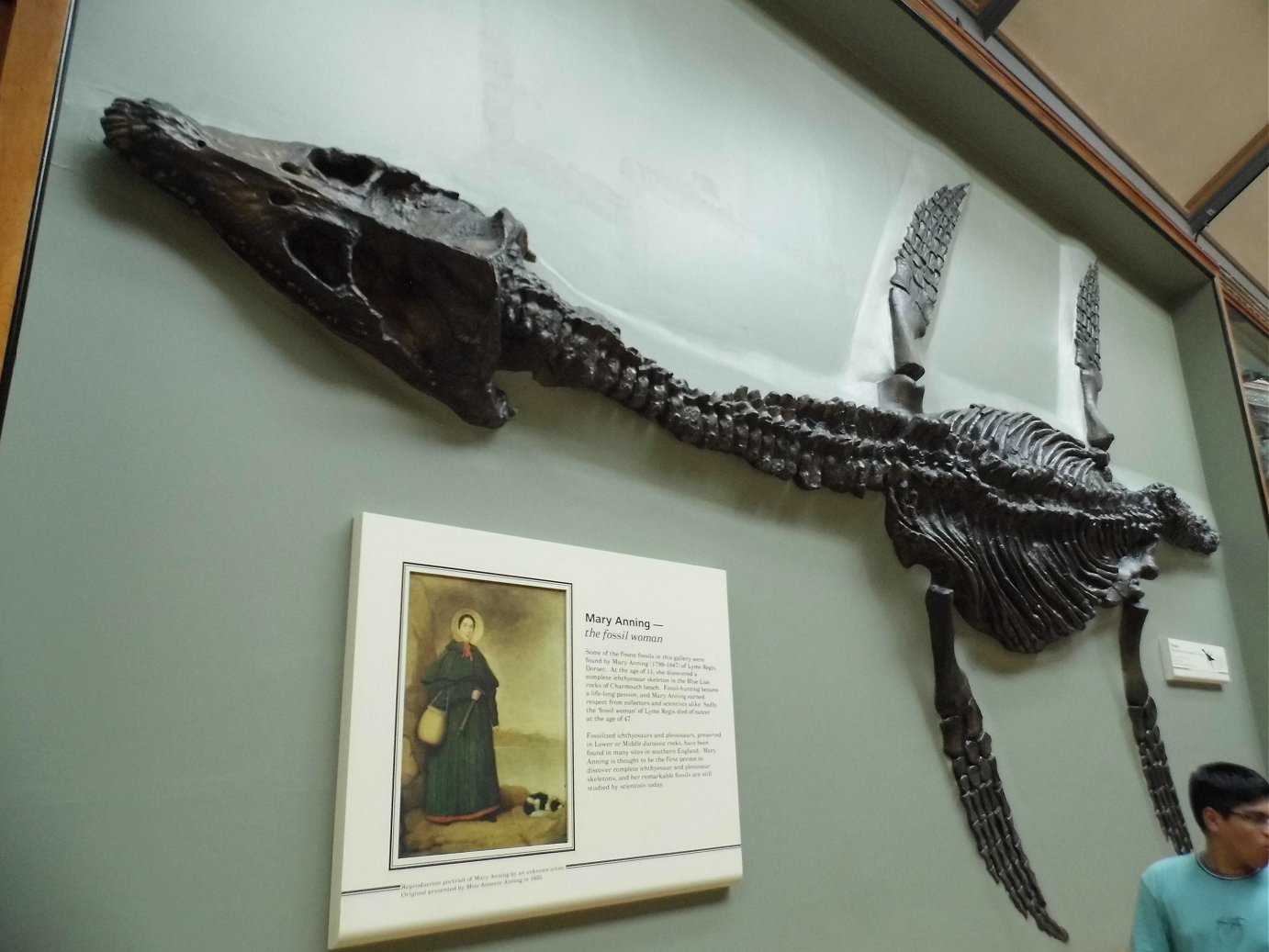
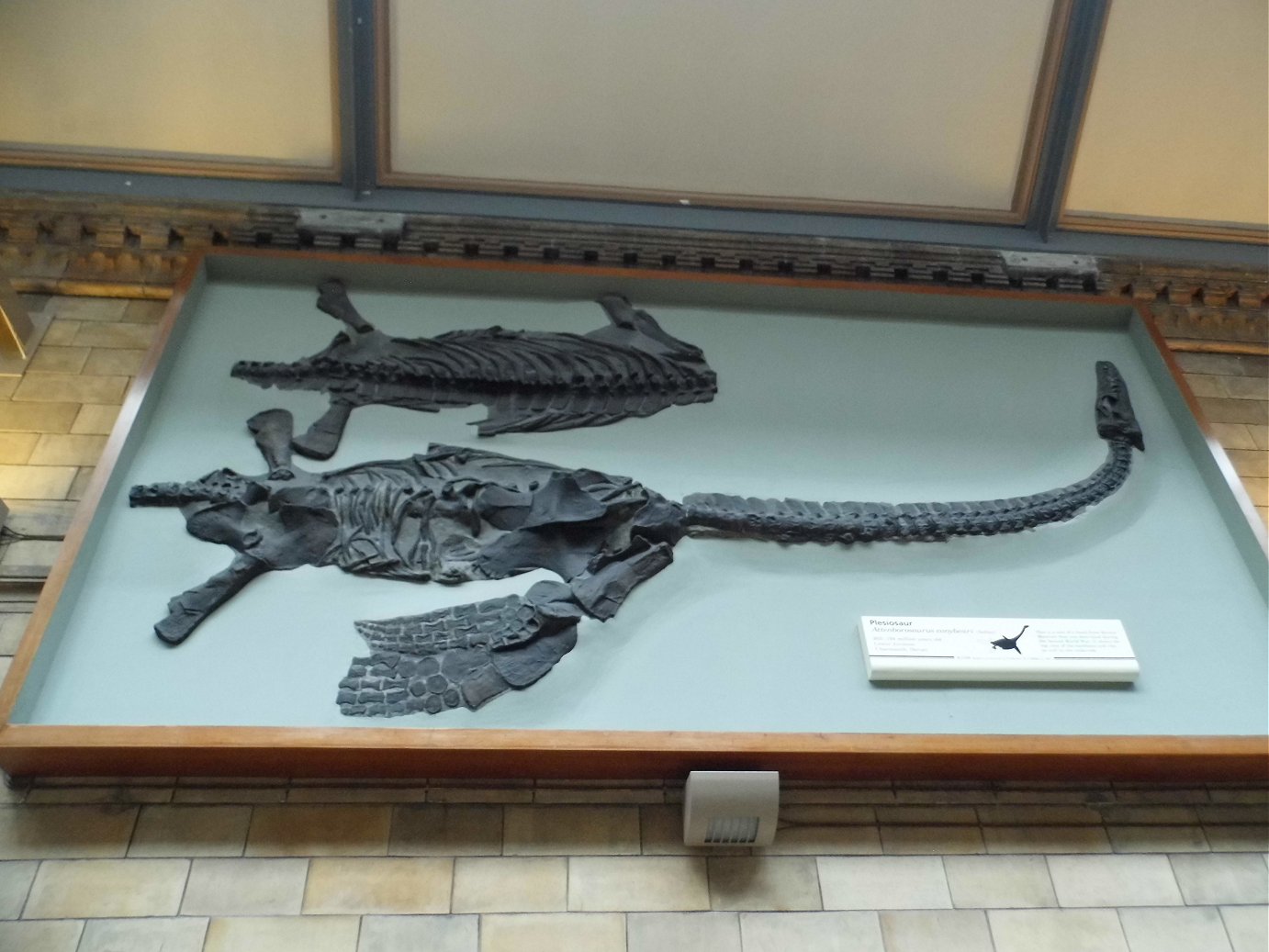
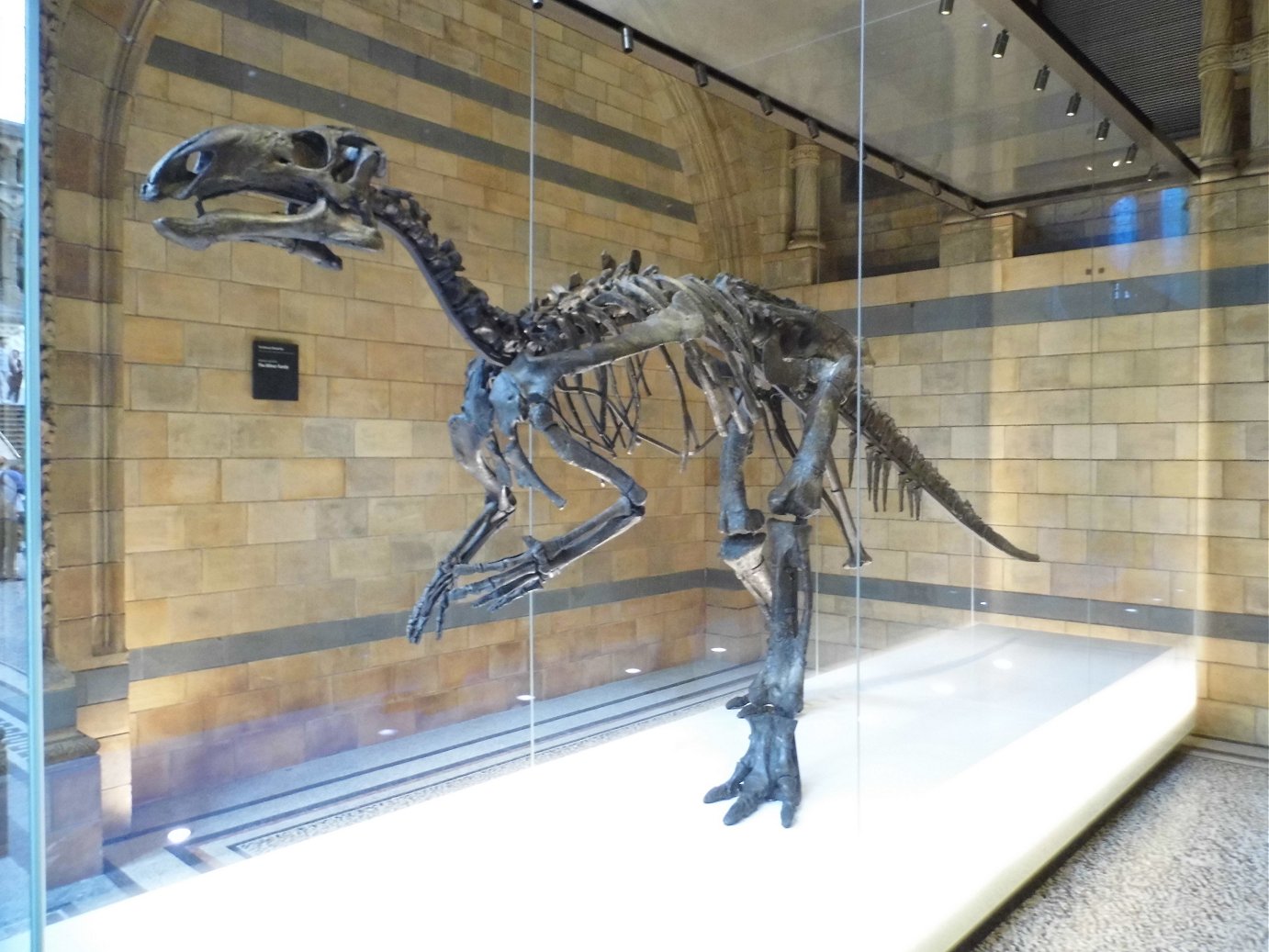
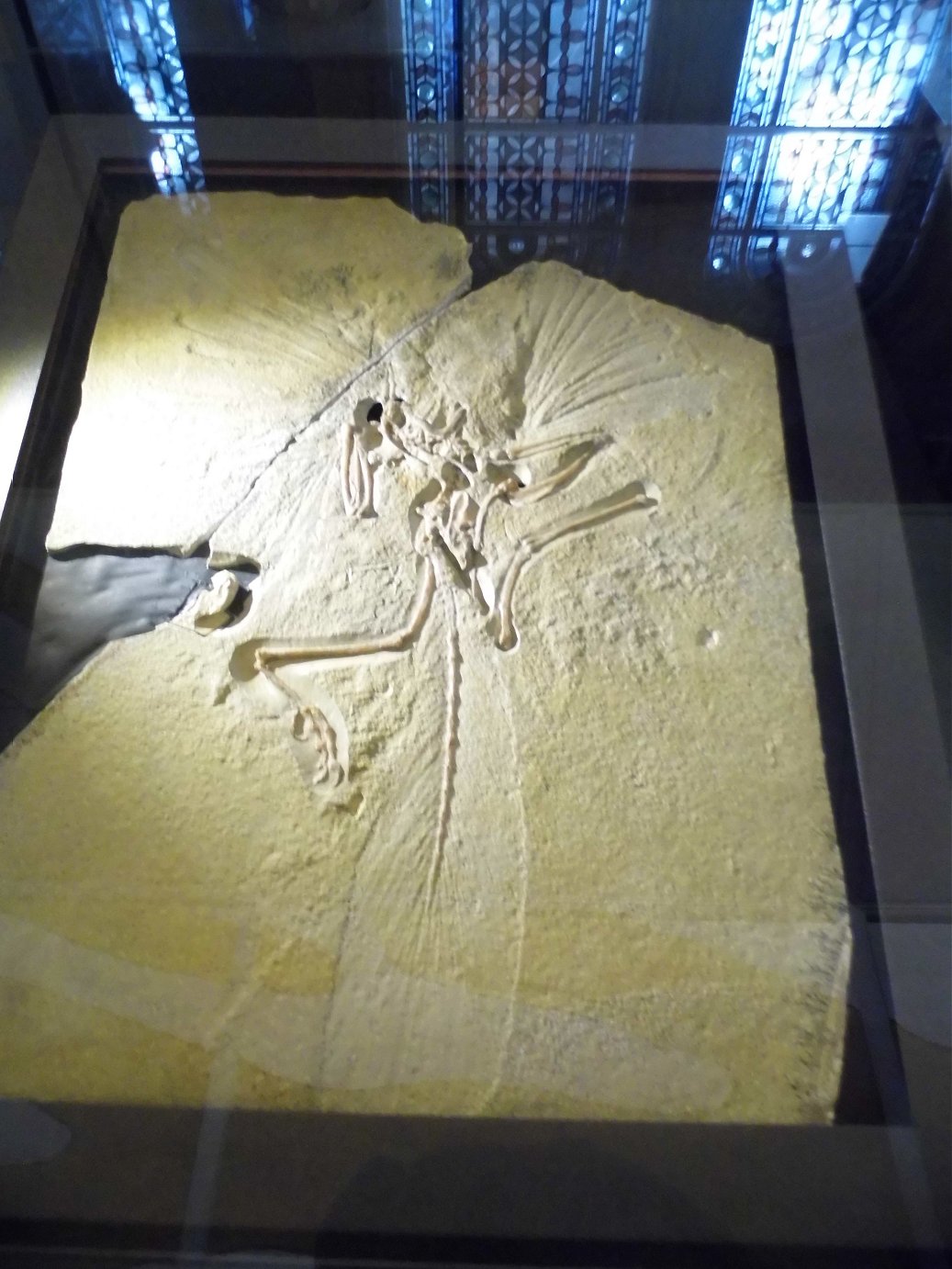
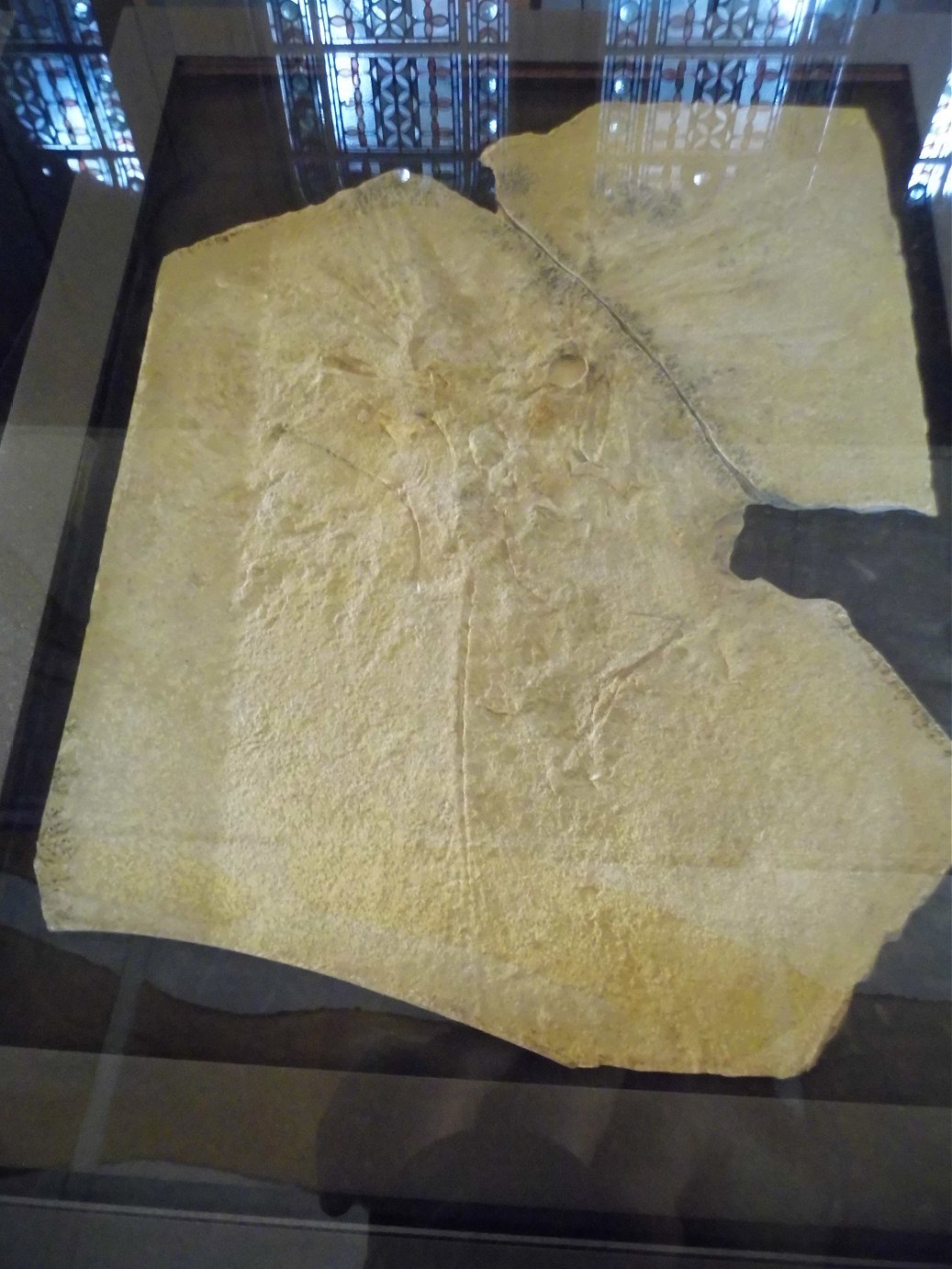
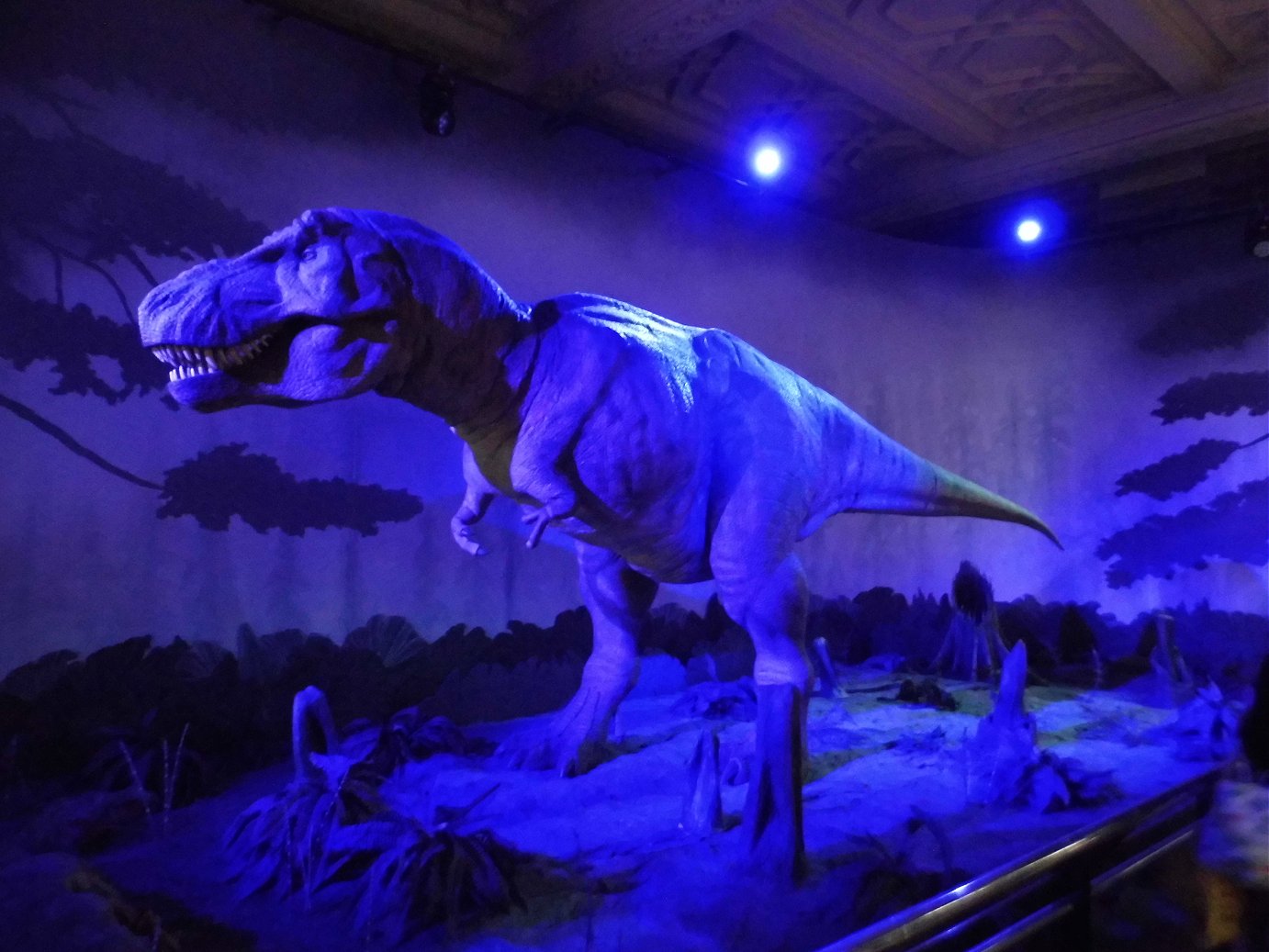
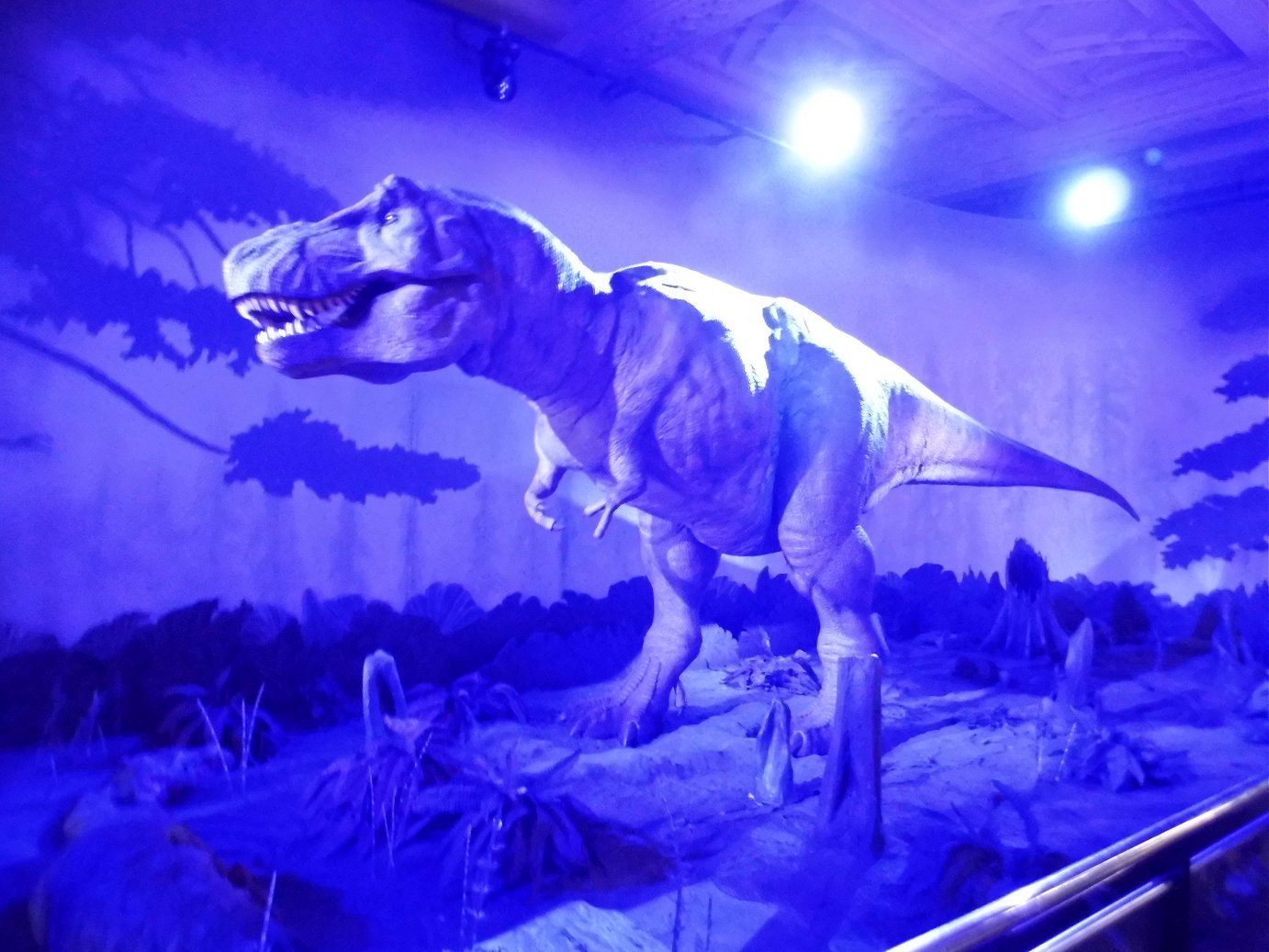
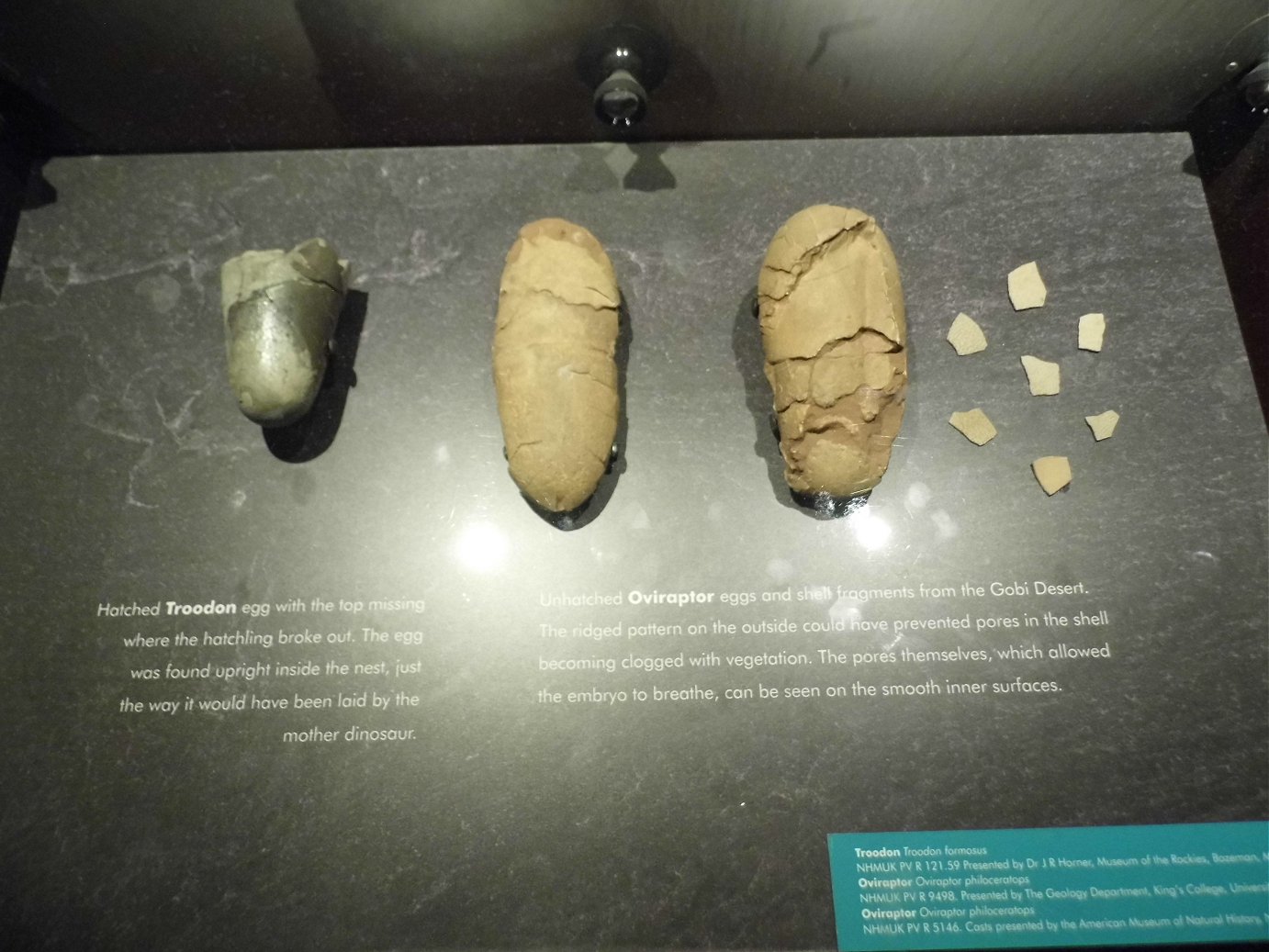
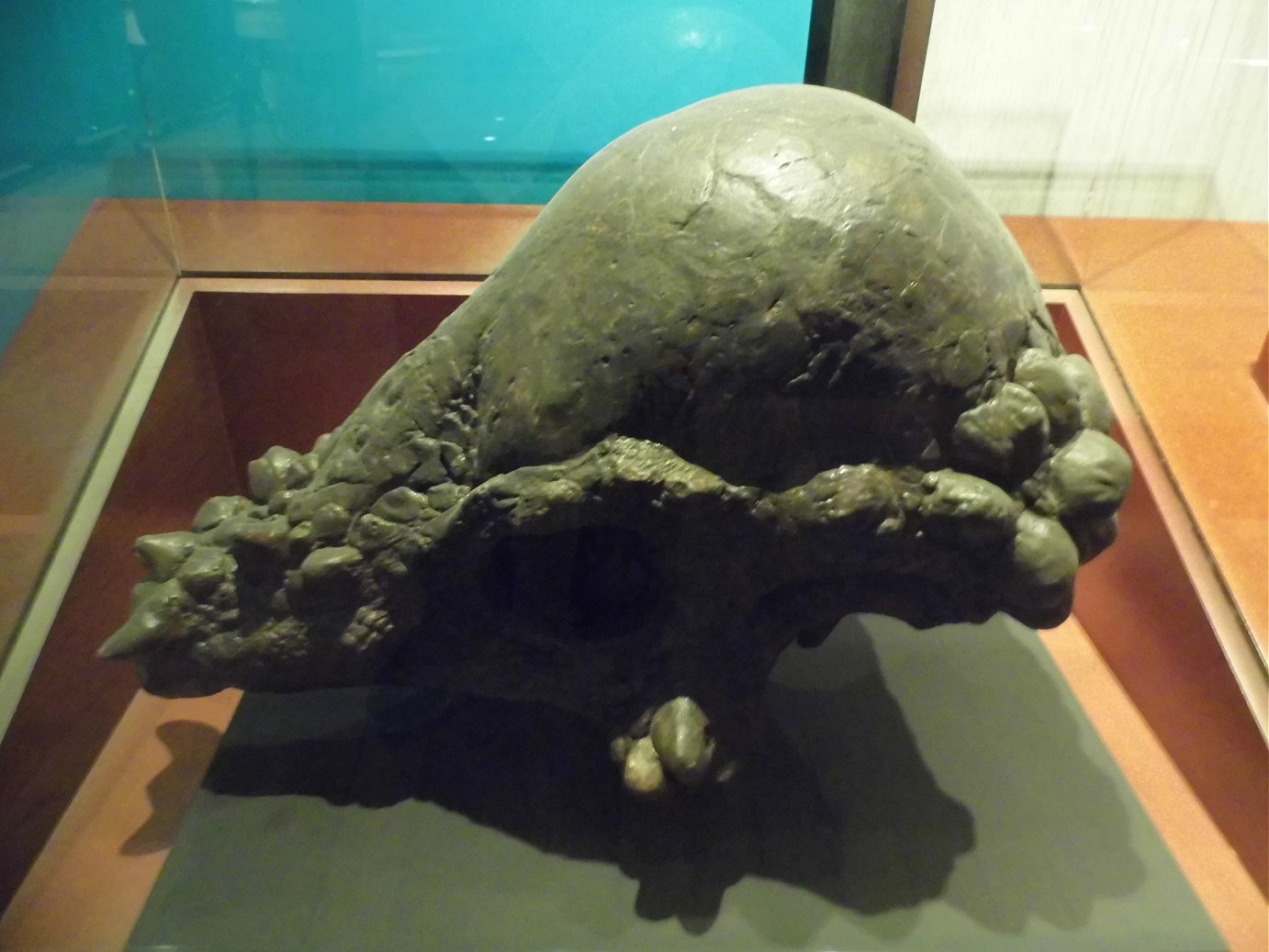
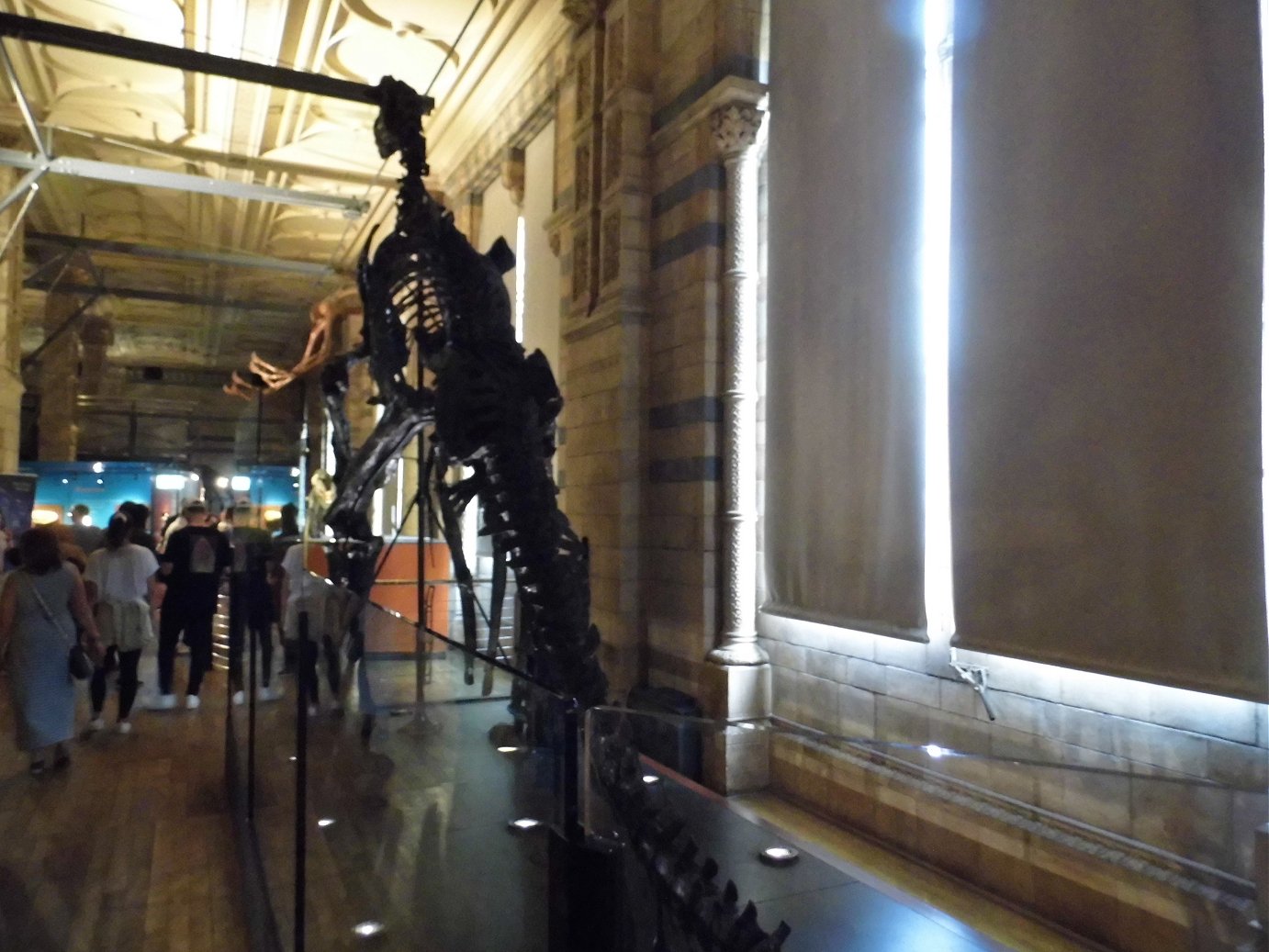
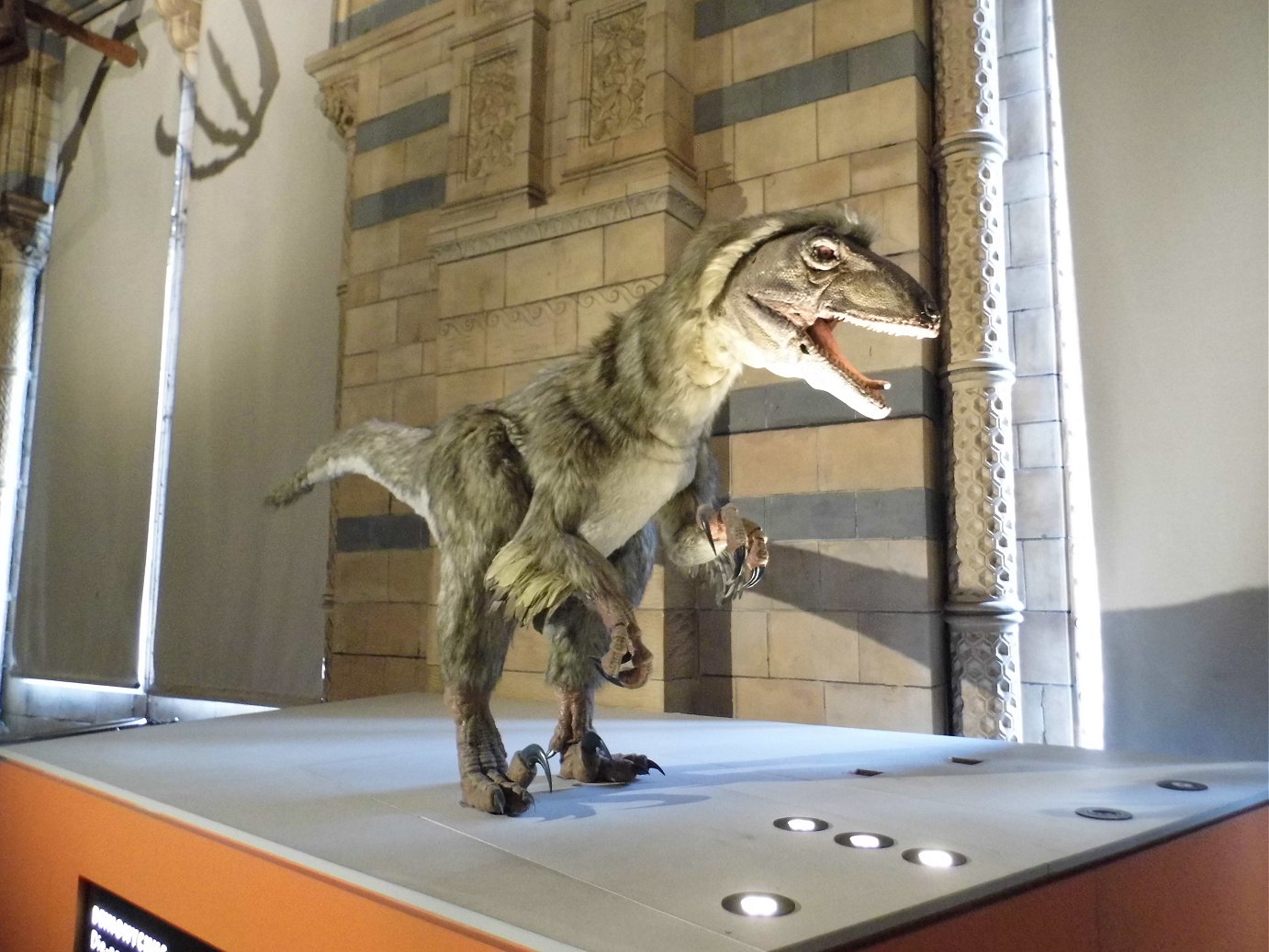
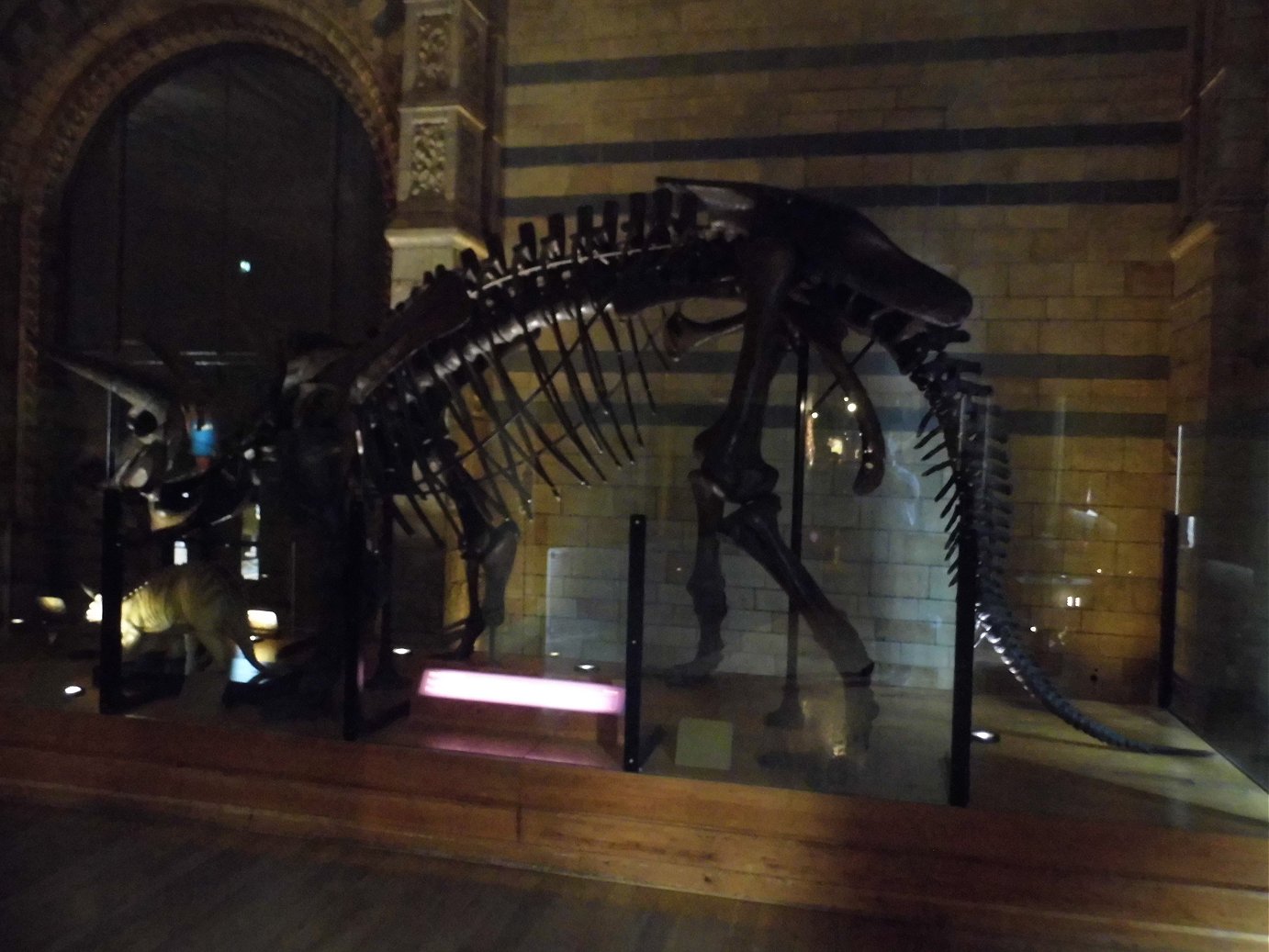
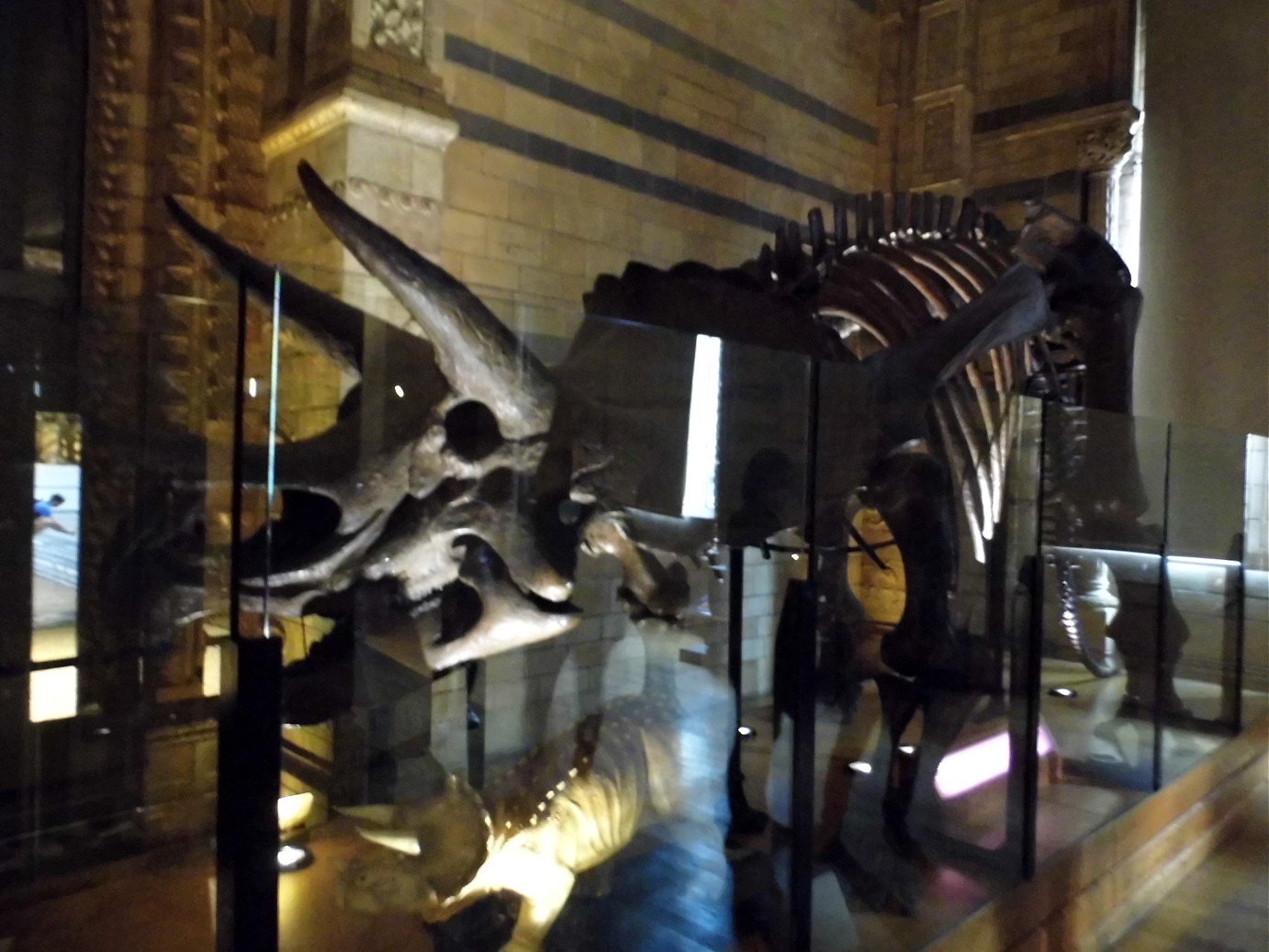
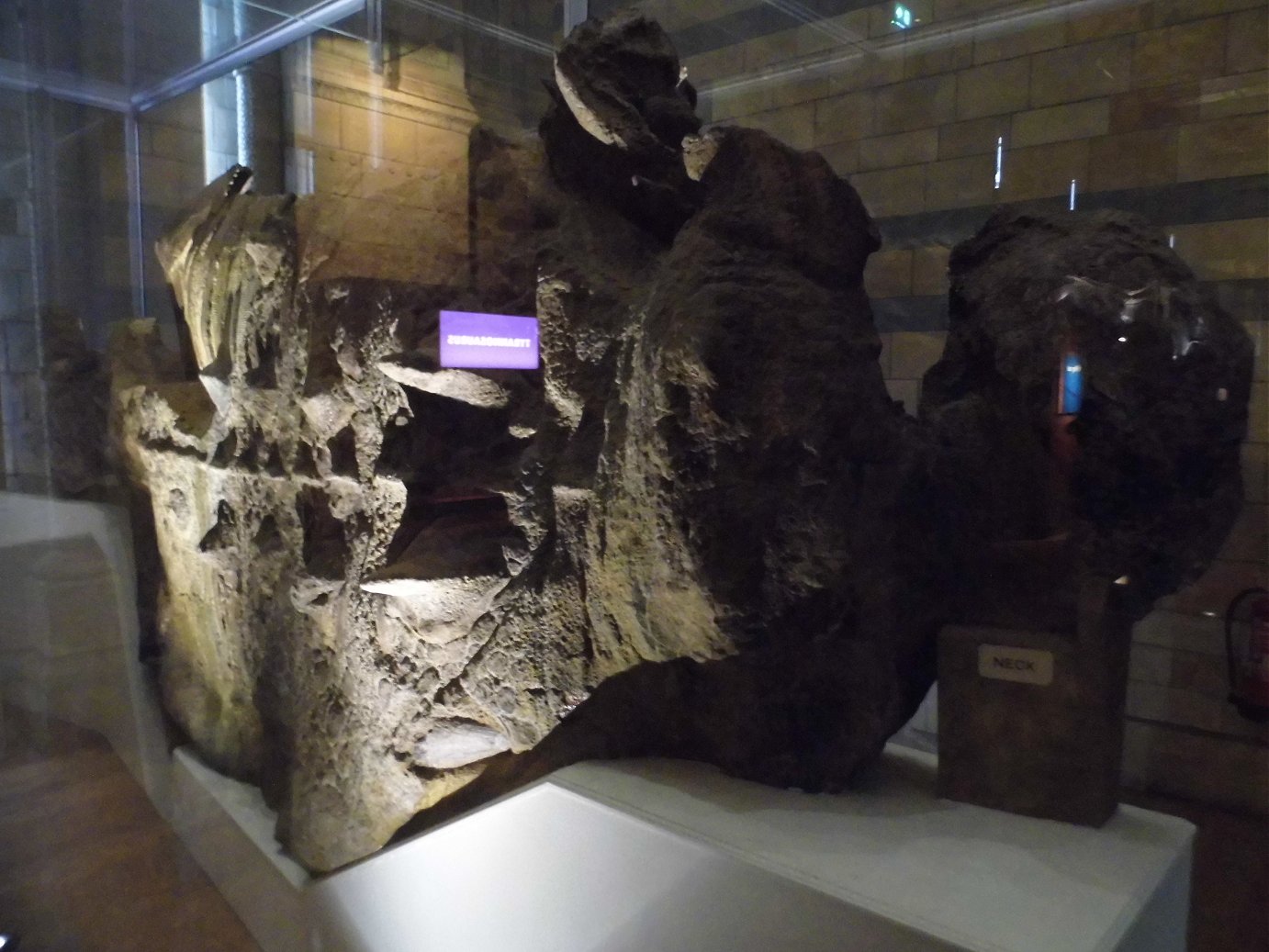
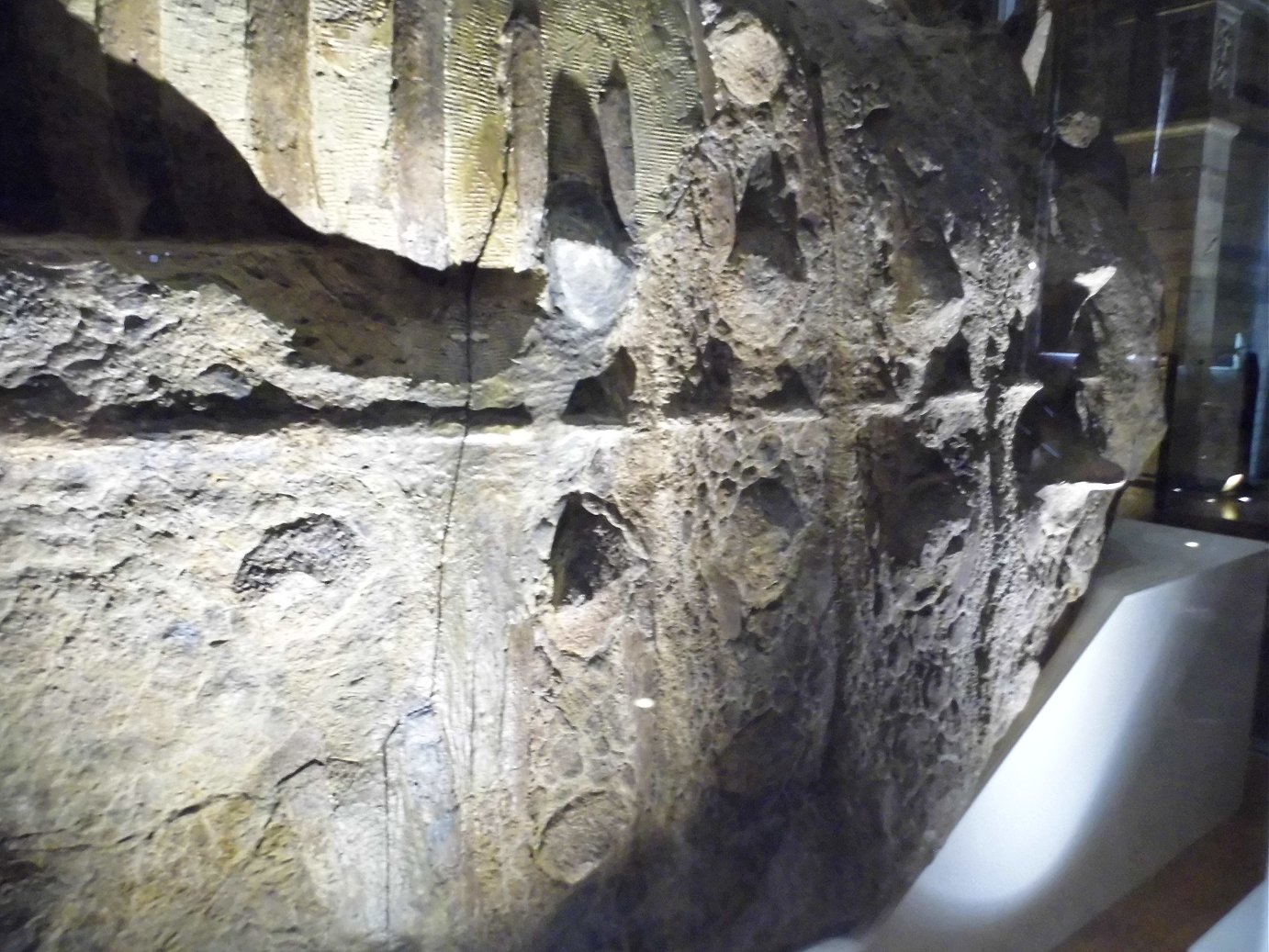

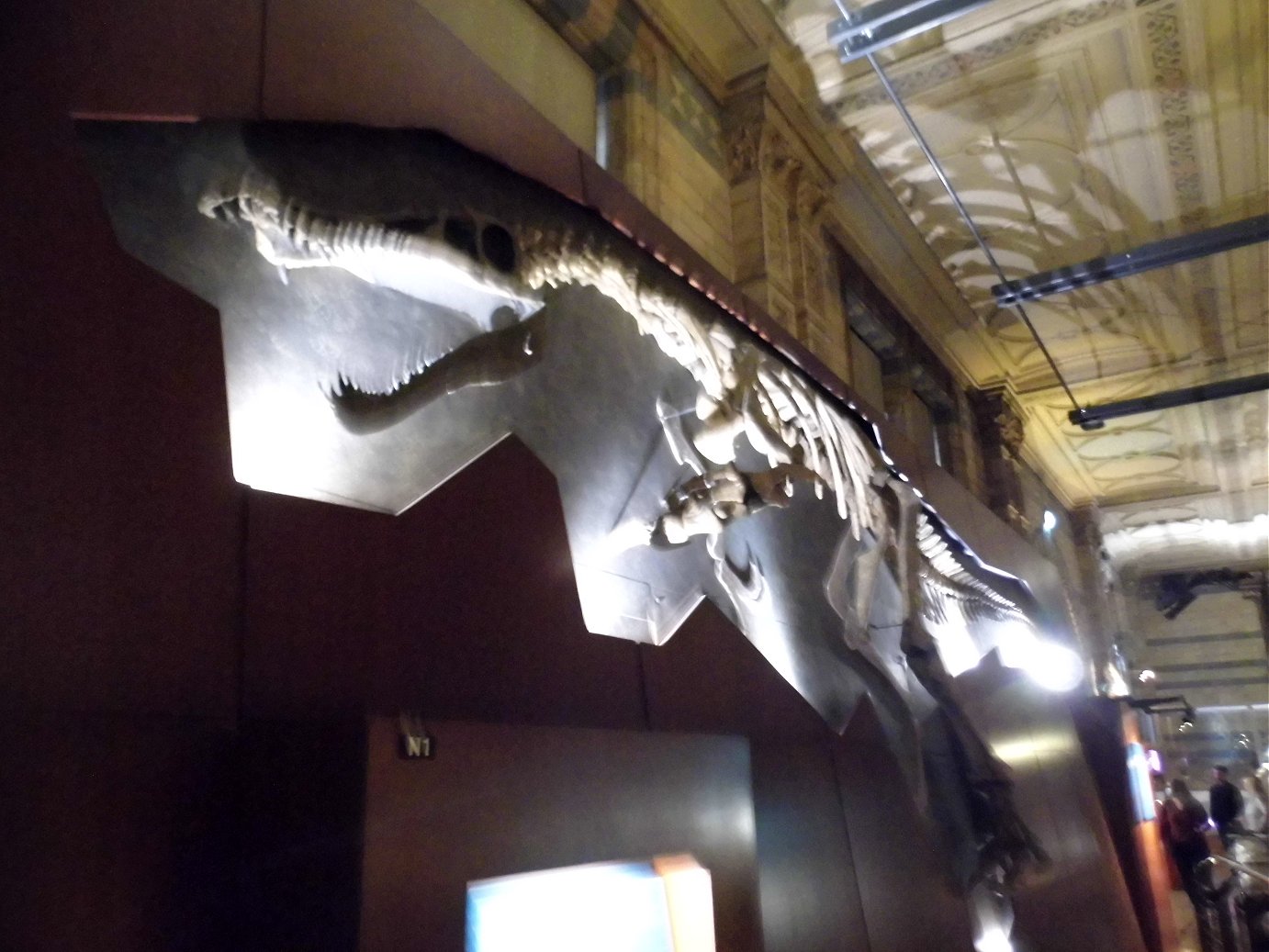
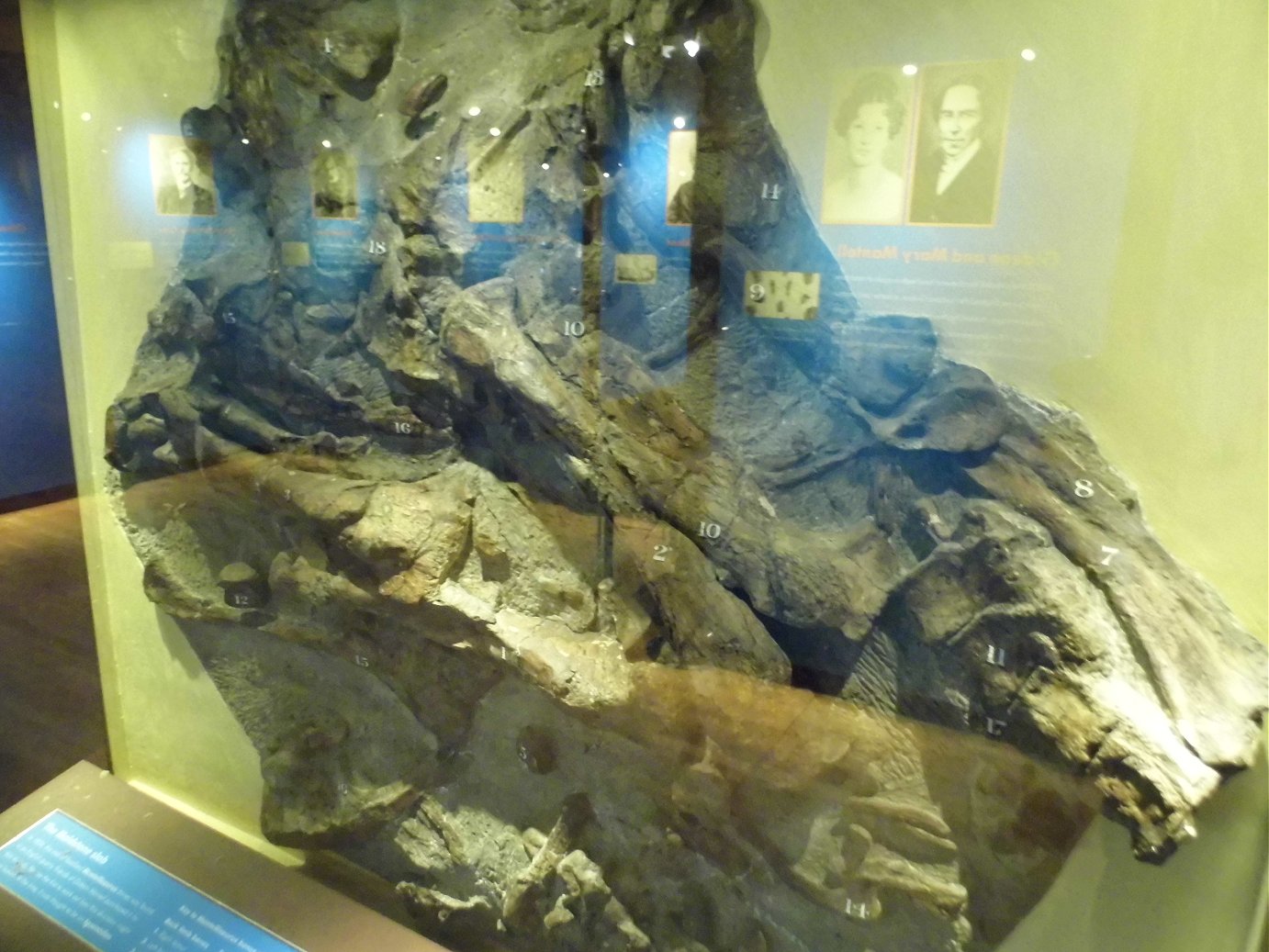
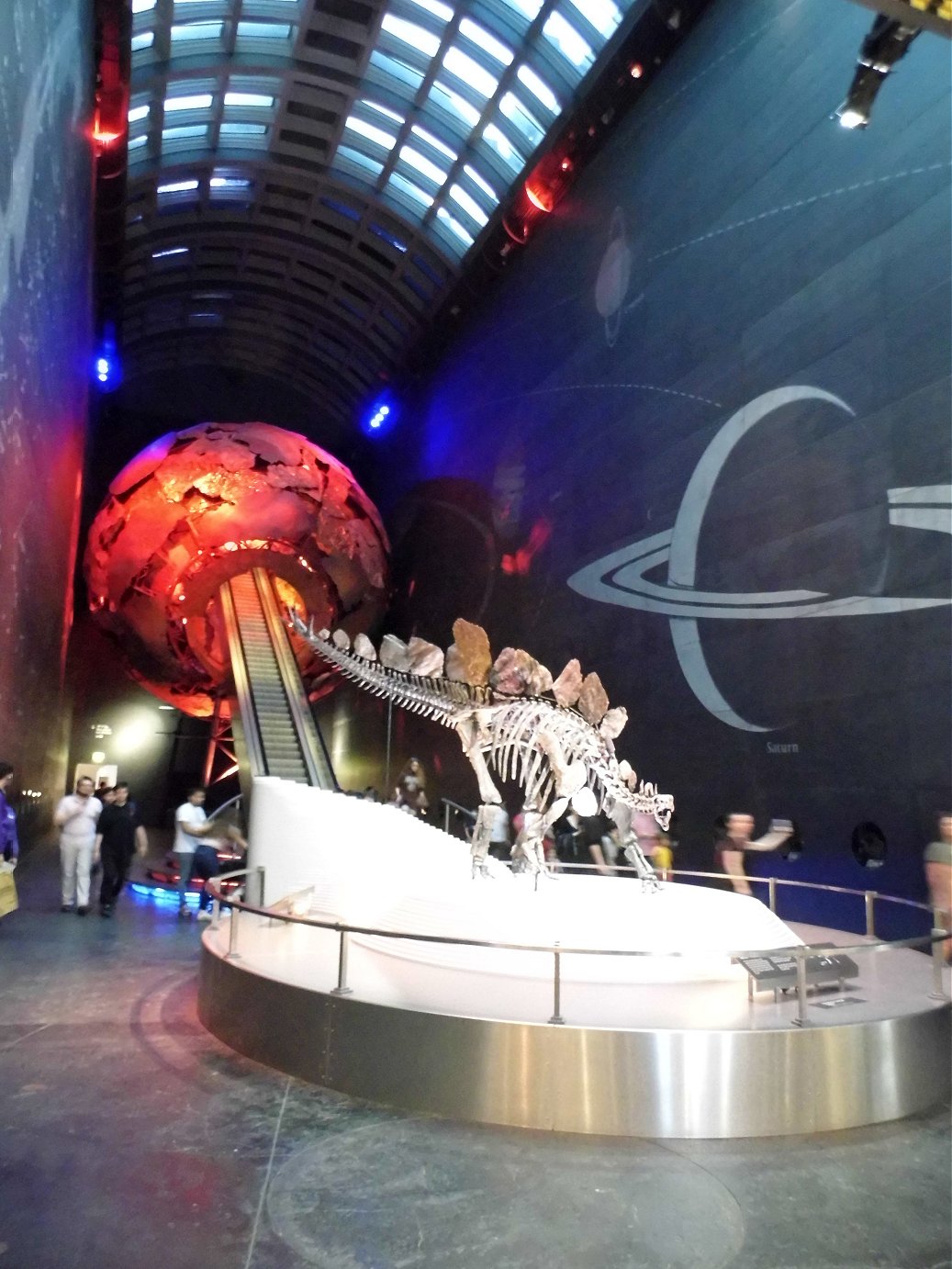
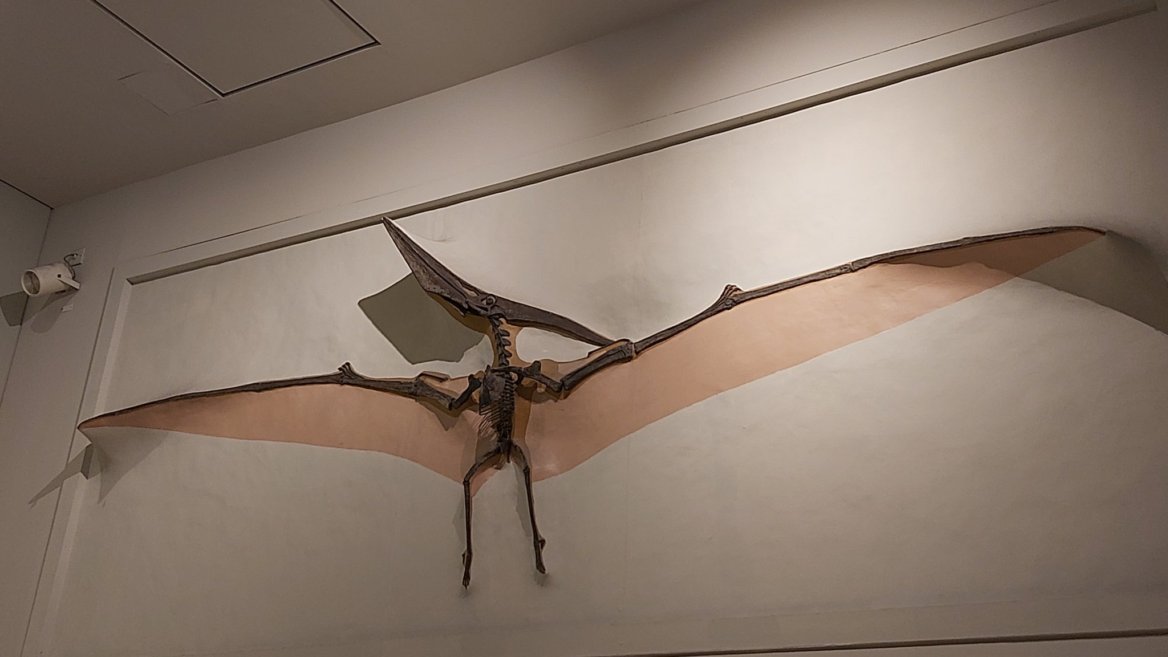
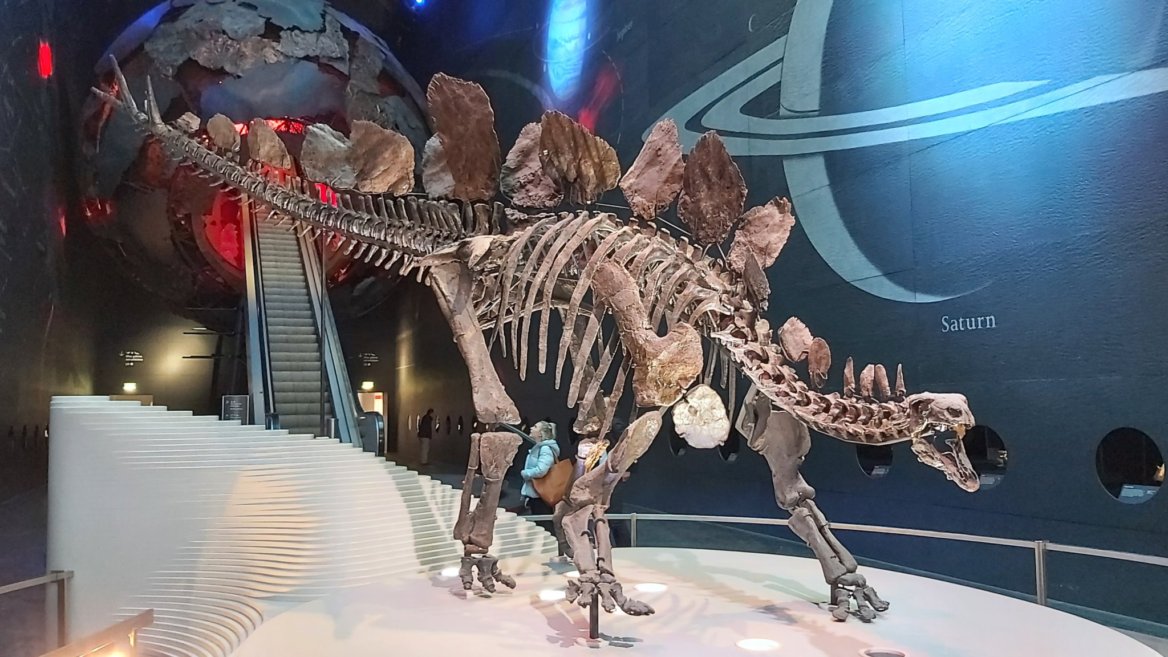
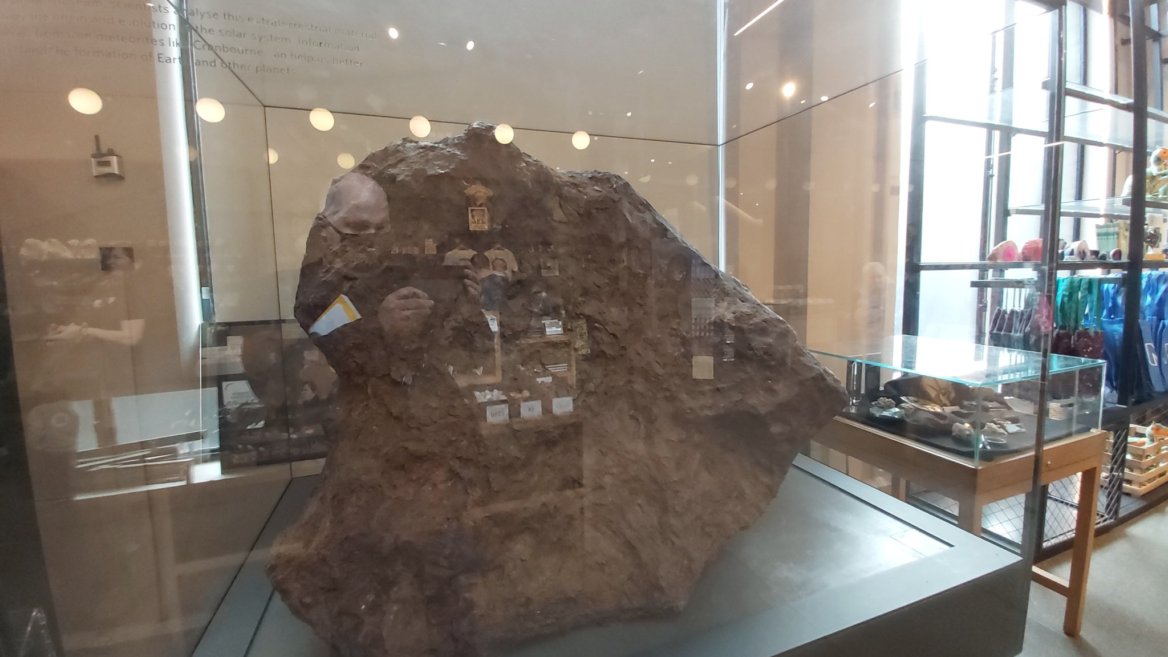
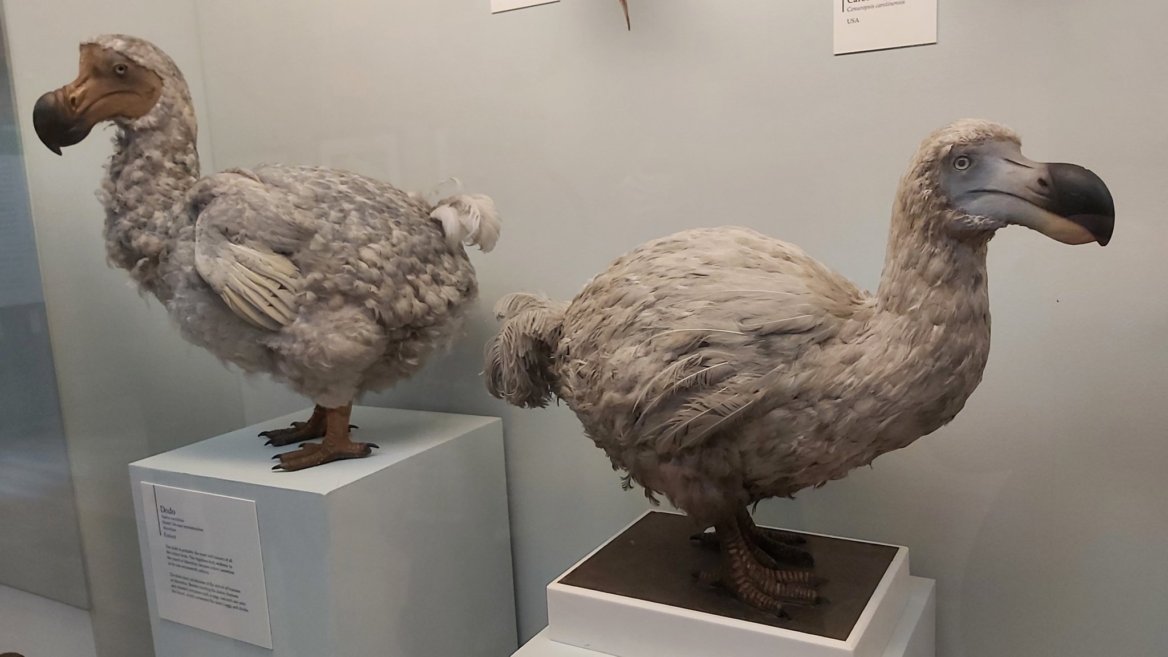
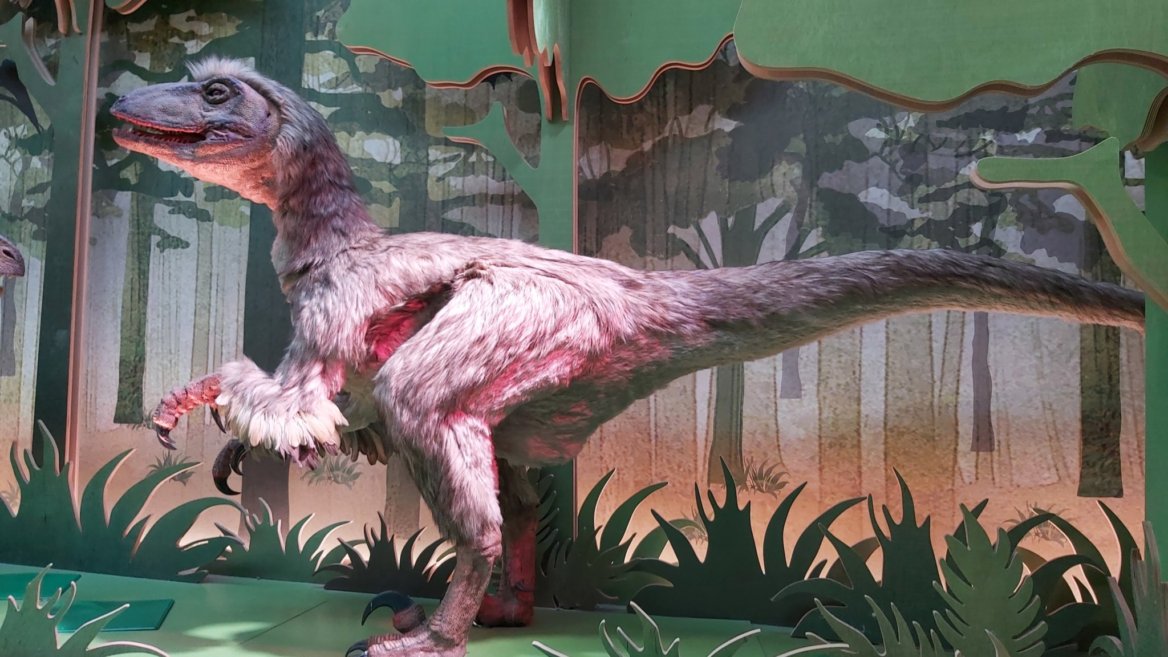
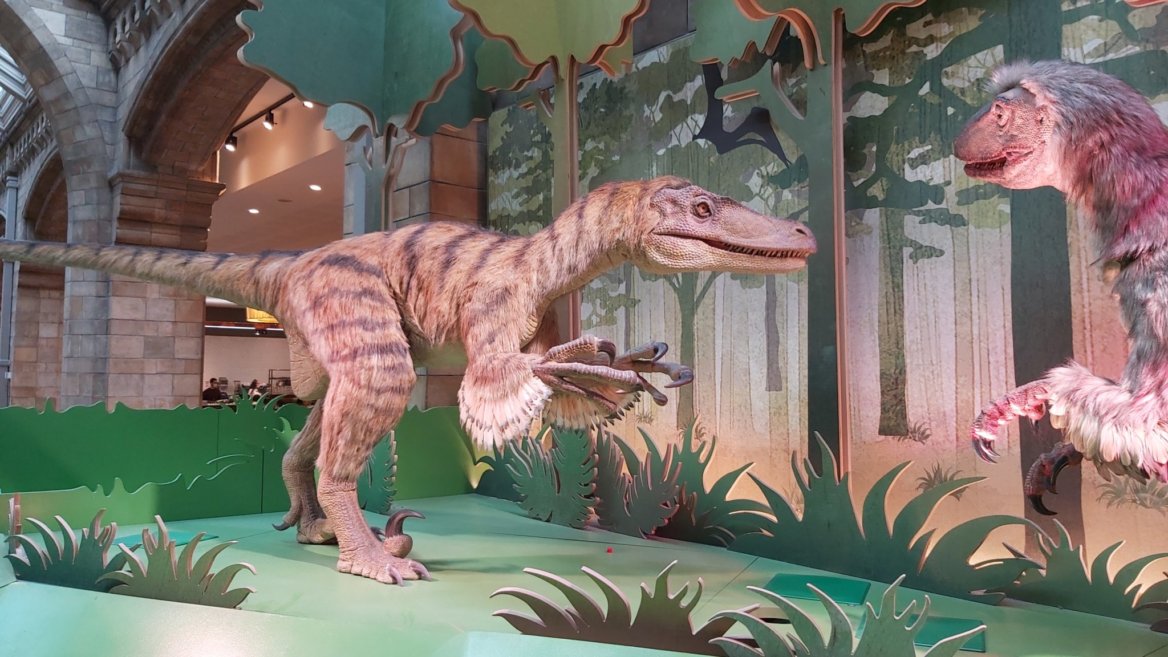
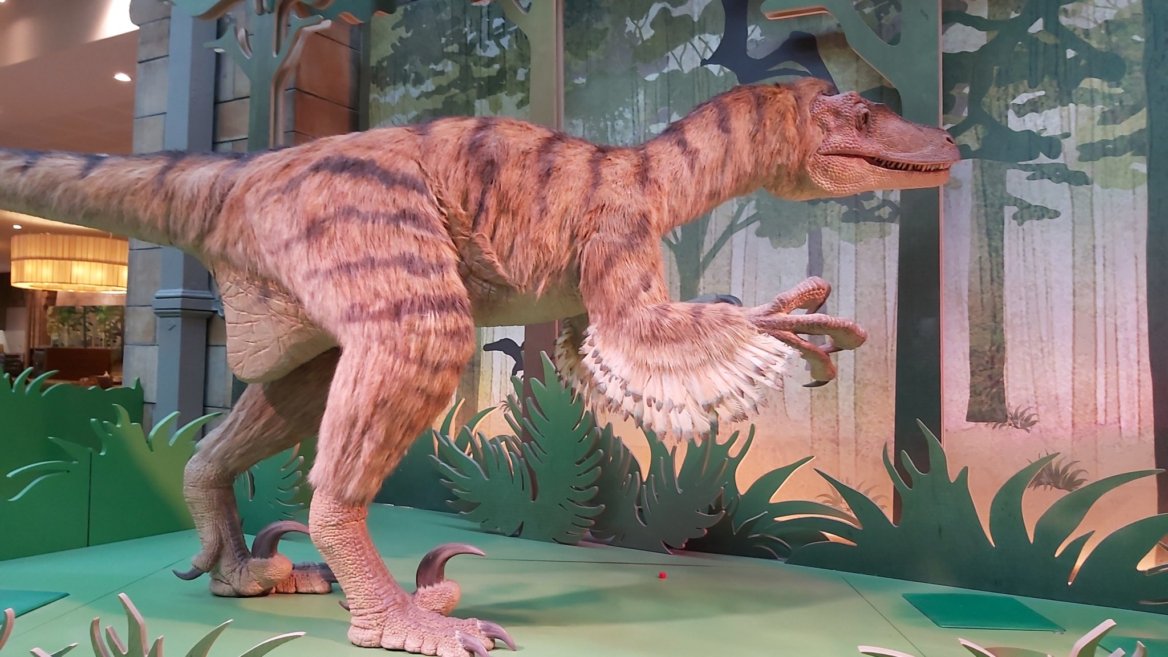
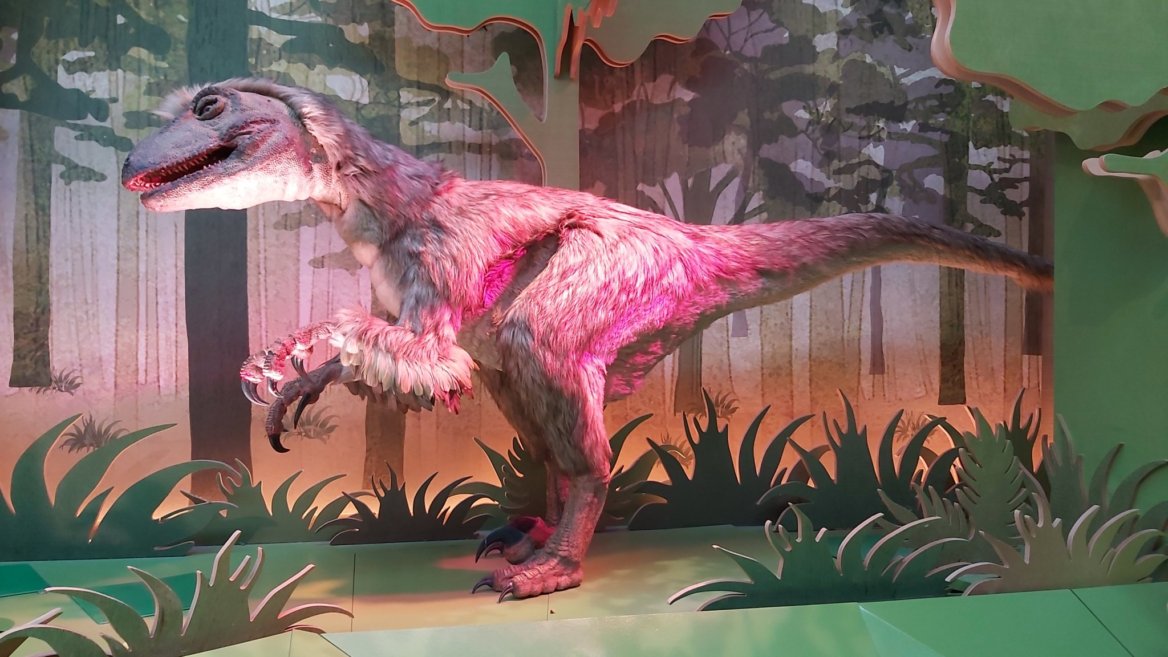
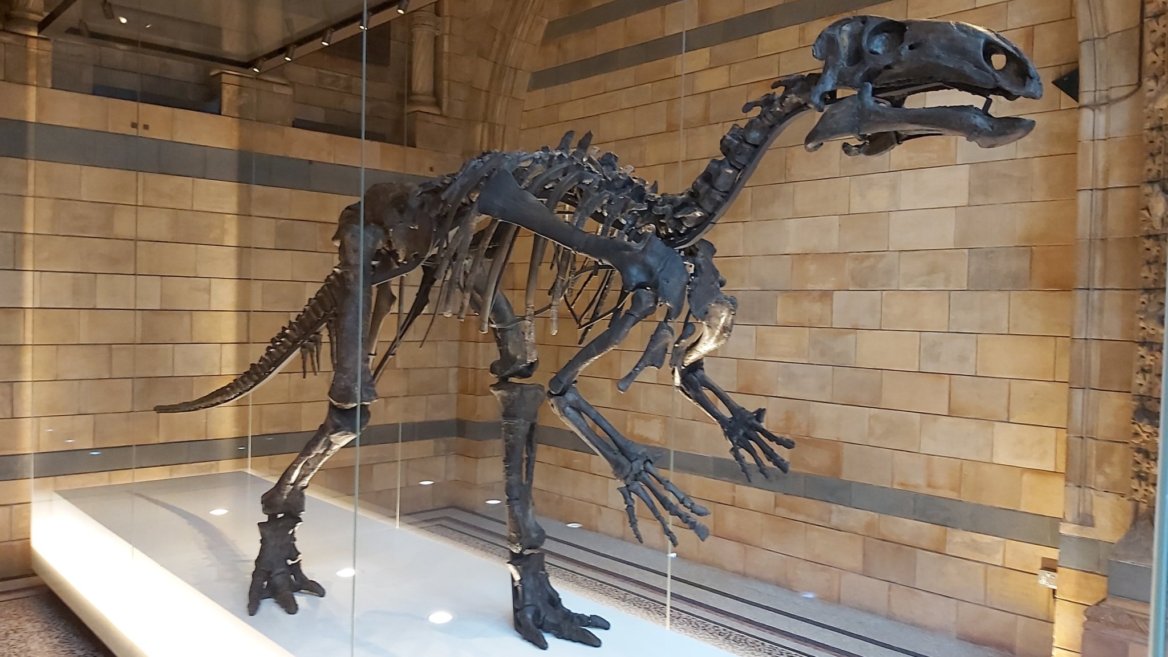


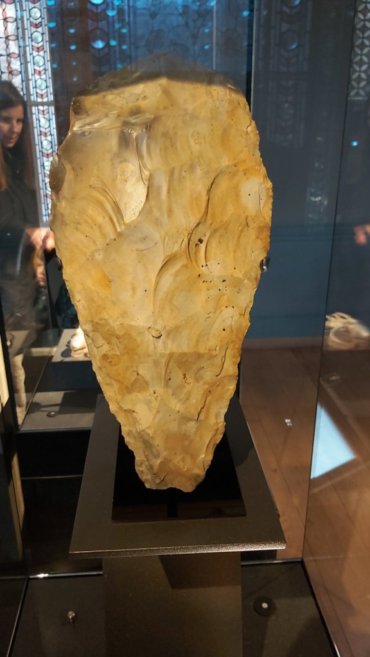


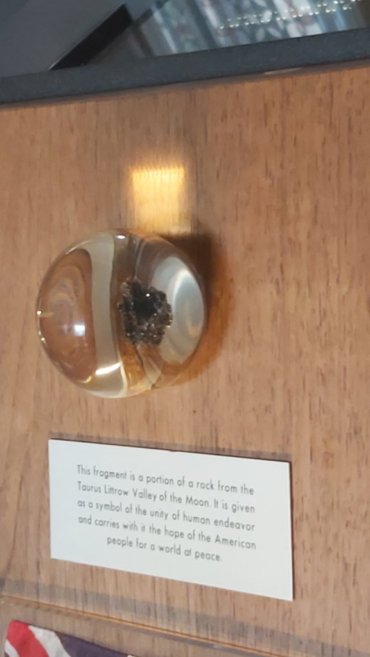
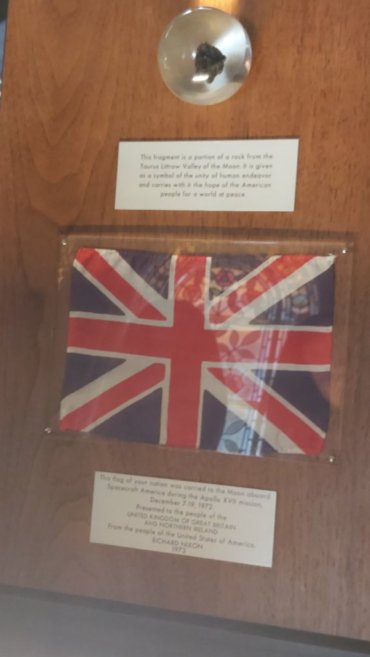
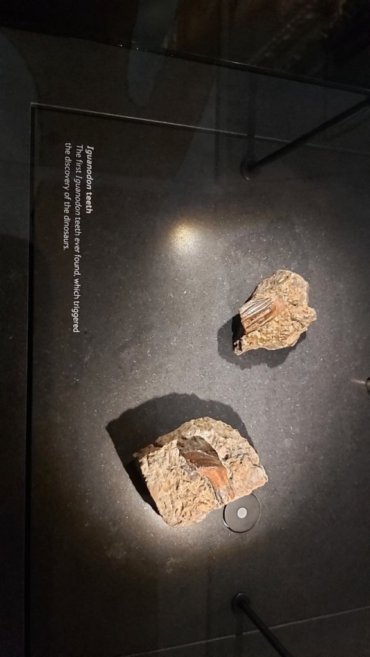
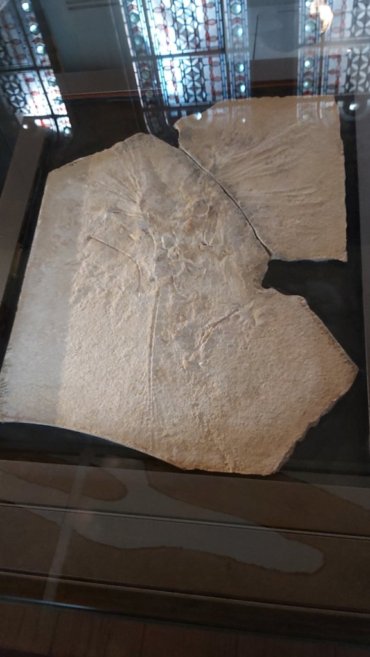
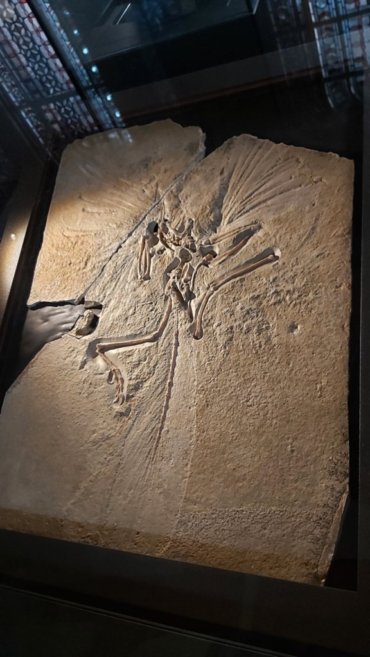

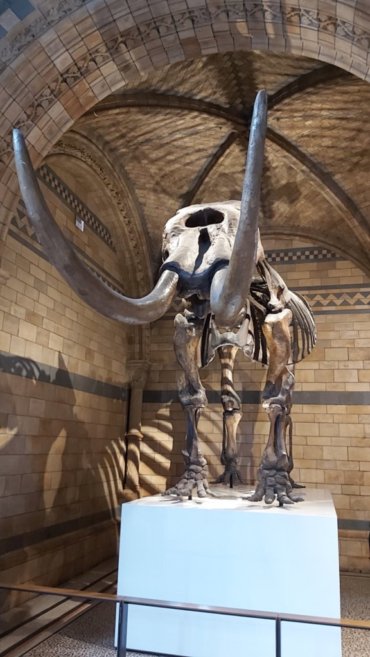



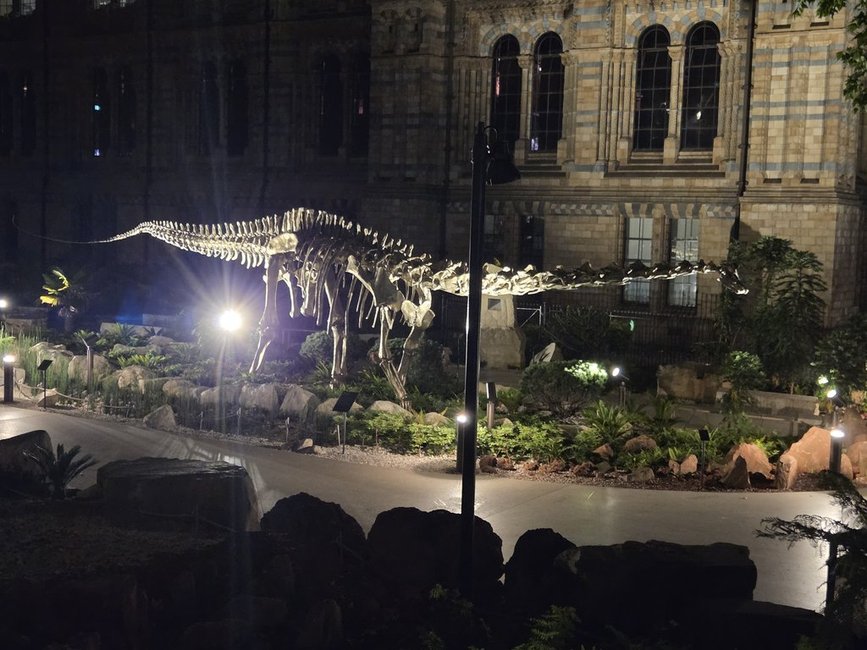


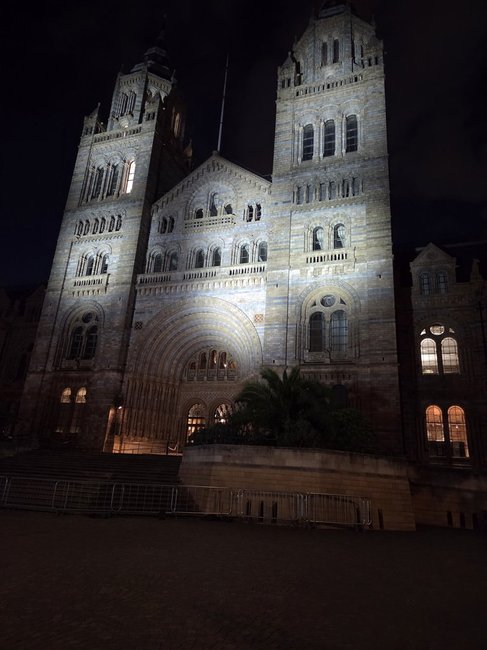
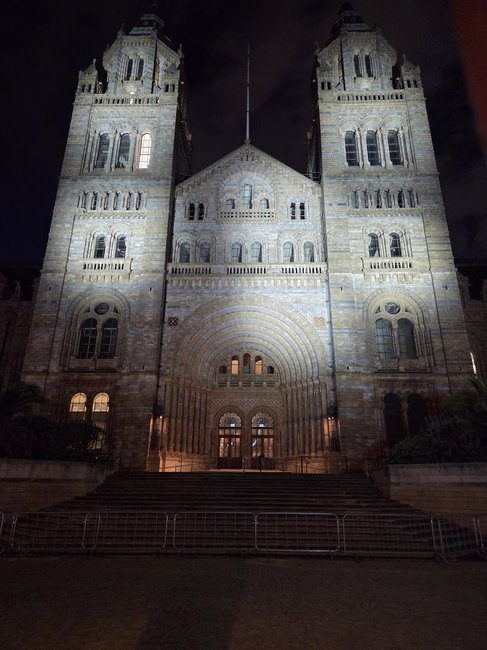








 The Gorn Hegemony were first encountered by the SS Puget Sound, leaving the sole survivor La'an Noonien-Singh. The Gorn live with a life cycle of infecting a host with their eggs, hatching live young from the helpless victim, the hatchlings then fight for dominance, eating, moulting and growing until the Alpha remains. This then matures into an adult Gorn, which stand around 10 feet tall. The hatchlings and younglings rely mostly on instinct, whereas the adult Gorn develop intelligence. Gorn younglings spit venom that incapacitate their victims, as well as infect them with eggs. Starship Peregrine NCC-1549 was lost in 2259 and U.S.S. Cayuga NCC-1557 and science vessel Stardiver were lost in 2260 during the Parnassus System Incident. Gorn egg maturation takes days in humans and months in Orions. This is due to the Gorn embryo having to adapt to the biology of the host for the egg. Through the process of epigenetics, the biology of the host of the Gorn eggs makes a slight variation in the biology of the resulting Gorn. The Gorn capture crews and use them as food or breeding sacs for their young, releasing the sole last surviving prisoner to die in a life raft (Momento Mori). They also annex worlds in a way that reflects the solar cycle (Hegemony).
The Gorn Hegemony were first encountered by the SS Puget Sound, leaving the sole survivor La'an Noonien-Singh. The Gorn live with a life cycle of infecting a host with their eggs, hatching live young from the helpless victim, the hatchlings then fight for dominance, eating, moulting and growing until the Alpha remains. This then matures into an adult Gorn, which stand around 10 feet tall. The hatchlings and younglings rely mostly on instinct, whereas the adult Gorn develop intelligence. Gorn younglings spit venom that incapacitate their victims, as well as infect them with eggs. Starship Peregrine NCC-1549 was lost in 2259 and U.S.S. Cayuga NCC-1557 and science vessel Stardiver were lost in 2260 during the Parnassus System Incident. Gorn egg maturation takes days in humans and months in Orions. This is due to the Gorn embryo having to adapt to the biology of the host for the egg. Through the process of epigenetics, the biology of the host of the Gorn eggs makes a slight variation in the biology of the resulting Gorn. The Gorn capture crews and use them as food or breeding sacs for their young, releasing the sole last surviving prisoner to die in a life raft (Momento Mori). They also annex worlds in a way that reflects the solar cycle (Hegemony).

 Gorn have superb vision and can see objects as far away as 300 m (980 ft). As their retinas only contain cones, they are thought to have poor night vision. Gorn can distinguish colours, but has poor visual discrimination of stationary objects. They have only a single ear bone, the stapes, for transferring vibrations from the tympanic membrane to the cochlea. This arrangement means they are likely restricted to sounds in the 400 to 2,000 hertz range. Thankfully, Gorn have extra senses that aid them in combat; they have sensitive pits between their eyes and nostrils that allow them thermal vision and they also have a tongue that flicks out and tastes chemicals in the air. Gorn tongues can locate its prey from a range of up to 9.5 km (5.9 mi). These two additional senses allow the Gorn to locate prey in earlier evolution, now they aid in locating the enemy to fight them. Gorn have a gland in their bottom jaw that secretes an anticoagulant. As a hunter, this allows them to bite prey and wound them sufficiently that they are weakened and cannot get away. In combat, this means a bite from a Gorn can seriously injure a combatant to the extent that medical attention is needed to prevent the wounded person bleeding out. Some Gorn have venom glands as well; some have been shown to have psychotropic properties that can be used in interrogations, others have cytotoxins that break down the cells and cause enormous damage when they bite their prey. Some have haemotoxins that cause the breakdown of blood cells, whereas there are even Gorn with neurotoxins that disrupt nerve impulses which can lead to paralysis, suffocation and heart failure.
Gorn have superb vision and can see objects as far away as 300 m (980 ft). As their retinas only contain cones, they are thought to have poor night vision. Gorn can distinguish colours, but has poor visual discrimination of stationary objects. They have only a single ear bone, the stapes, for transferring vibrations from the tympanic membrane to the cochlea. This arrangement means they are likely restricted to sounds in the 400 to 2,000 hertz range. Thankfully, Gorn have extra senses that aid them in combat; they have sensitive pits between their eyes and nostrils that allow them thermal vision and they also have a tongue that flicks out and tastes chemicals in the air. Gorn tongues can locate its prey from a range of up to 9.5 km (5.9 mi). These two additional senses allow the Gorn to locate prey in earlier evolution, now they aid in locating the enemy to fight them. Gorn have a gland in their bottom jaw that secretes an anticoagulant. As a hunter, this allows them to bite prey and wound them sufficiently that they are weakened and cannot get away. In combat, this means a bite from a Gorn can seriously injure a combatant to the extent that medical attention is needed to prevent the wounded person bleeding out. Some Gorn have venom glands as well; some have been shown to have psychotropic properties that can be used in interrogations, others have cytotoxins that break down the cells and cause enormous damage when they bite their prey. Some have haemotoxins that cause the breakdown of blood cells, whereas there are even Gorn with neurotoxins that disrupt nerve impulses which can lead to paralysis, suffocation and heart failure. 
 I researched the Gorn well; reptilian Egyptians from a world like Earth but about 30 - 50 Celcius hotter than Earth. A climate that would be comfortable to cold-blooded species but oppressive to humans. This world is the second in the system, just like Venus. The poles would have rainforests, the humidity and water. The equitorial region would be the harshest deserts imaginable: 70 - 90 Celcius in temperature with little or no standing water anywhere. Gorn are as varied as reptiles: snakes, lizards, Komodo Dragons and dinosaurs - all played a part in my mental design for Gorn. They'll have features of all, just as Neville Page gave them for JJ Trek. Viper pits would give them infra-vision for detecting heat. The'll have others with chameleon cloaking abilities. Some will be venomous: a legacy of their reptilian predator evolution. Some will give birth to live young, others will lay eggs.
I researched the Gorn well; reptilian Egyptians from a world like Earth but about 30 - 50 Celcius hotter than Earth. A climate that would be comfortable to cold-blooded species but oppressive to humans. This world is the second in the system, just like Venus. The poles would have rainforests, the humidity and water. The equitorial region would be the harshest deserts imaginable: 70 - 90 Celcius in temperature with little or no standing water anywhere. Gorn are as varied as reptiles: snakes, lizards, Komodo Dragons and dinosaurs - all played a part in my mental design for Gorn. They'll have features of all, just as Neville Page gave them for JJ Trek. Viper pits would give them infra-vision for detecting heat. The'll have others with chameleon cloaking abilities. Some will be venomous: a legacy of their reptilian predator evolution. Some will give birth to live young, others will lay eggs. Nigel Marven explained how Boomslang use their dark scales as solar panels, soaking in the war sunshine to warm the cold blood and make the snake active. Gaboon Vipers or Gaboon Adders have a more intricate colour scheme to break up their appearance. This analogy with snake scale patterns goes further: you can have diamonds like the rattlesnake or bands like the coral snake. Speckles and patterns can break up the appearance of the Gorn against it's native backgrounds. Other brighter coloration could be used if the species is venomous, for example. The ultimate will be to have a Gorn like a chameleon, that can change the colour of its scales to match whatever the background is. Some, like the Inland Taipan or Fierce snake change colour with the seasons - lighter in the summer and darker in the winter, to help regulate their temperature.
Nigel Marven explained how Boomslang use their dark scales as solar panels, soaking in the war sunshine to warm the cold blood and make the snake active. Gaboon Vipers or Gaboon Adders have a more intricate colour scheme to break up their appearance. This analogy with snake scale patterns goes further: you can have diamonds like the rattlesnake or bands like the coral snake. Speckles and patterns can break up the appearance of the Gorn against it's native backgrounds. Other brighter coloration could be used if the species is venomous, for example. The ultimate will be to have a Gorn like a chameleon, that can change the colour of its scales to match whatever the background is. Some, like the Inland Taipan or Fierce snake change colour with the seasons - lighter in the summer and darker in the winter, to help regulate their temperature. Gorn have a physiology like a reptile, geared for long periods of digestion, with pits for infra-red detection and tongues for tasting the air for scent molecules that give away prey. Eyes that are adapted to the brighter light of the Gornar atmosphere with it beng that much closer to their star than Earth is to the sun. Gorn are well adapted to survival in the oppressive heat, conserving water in their bodies and able to operate at temperatures that even a Vulcan would find hard to bear. The flip side of this is that I cannot see Gorn being able to function well in cold. Reed may have whispered that Gorn could survive the vacuum of space, but I very much doubt indeed that they'd survive the harsh cold of space. And, as Khan reminded us, it is very cold... in space.
Gorn have a physiology like a reptile, geared for long periods of digestion, with pits for infra-red detection and tongues for tasting the air for scent molecules that give away prey. Eyes that are adapted to the brighter light of the Gornar atmosphere with it beng that much closer to their star than Earth is to the sun. Gorn are well adapted to survival in the oppressive heat, conserving water in their bodies and able to operate at temperatures that even a Vulcan would find hard to bear. The flip side of this is that I cannot see Gorn being able to function well in cold. Reed may have whispered that Gorn could survive the vacuum of space, but I very much doubt indeed that they'd survive the harsh cold of space. And, as Khan reminded us, it is very cold... in space.


 The Gorn are divided into two facets: clan and status. Clan shapes designate the one of three castes: warrior (square), Politician (triangle) and ruler (circle). The more important the clan, the more perfect the shape. Clan colours come in shades of browns, reds and black but no blue: Gorn do not recognise blue. Gorn have great sense of smell so can recognise each other, but the clan emblem allows no room for misunderstanding.
The Gorn are divided into two facets: clan and status. Clan shapes designate the one of three castes: warrior (square), Politician (triangle) and ruler (circle). The more important the clan, the more perfect the shape. Clan colours come in shades of browns, reds and black but no blue: Gorn do not recognise blue. Gorn have great sense of smell so can recognise each other, but the clan emblem allows no room for misunderstanding.
 Author's Notes:
Author's Notes:

 The Gorn Hegemony is governed by a Constitutional Monarchy, consisting of a King or Imperitor who serves as the head of state, a Council of Ministers who serve at his pleasure, and a parliament elected by the people. Voting in biannual elections is compulsory for all adult Gorn. At least one Gorn colony world used a type of crystal called the szeket as a form of currency in the mid-23rd Century. Despite being viewed as isolationist xenophobes, the Gorn maintain freeports on several outlying colonies from which they conduct trade with other species. It is not clear exactly what they export besides the alcoholic beverage meridor (the finest in the galaxy, according to one Orion) but they do possess great mineral wealth on worlds and asteroids within their territory. The Gorn are noted for patience and pragmatism being near-universal racial traits.
The Gorn Hegemony is governed by a Constitutional Monarchy, consisting of a King or Imperitor who serves as the head of state, a Council of Ministers who serve at his pleasure, and a parliament elected by the people. Voting in biannual elections is compulsory for all adult Gorn. At least one Gorn colony world used a type of crystal called the szeket as a form of currency in the mid-23rd Century. Despite being viewed as isolationist xenophobes, the Gorn maintain freeports on several outlying colonies from which they conduct trade with other species. It is not clear exactly what they export besides the alcoholic beverage meridor (the finest in the galaxy, according to one Orion) but they do possess great mineral wealth on worlds and asteroids within their territory. The Gorn are noted for patience and pragmatism being near-universal racial traits. 
 Gorn ranks:
Gorn ranks:
 My thought was that this is a reptilian race, with many different types. This gels with the JJ version and the new Star Trek Online version. So we have small ones, big ones, ones that can camouflage and ancient leaders that can squirt venom. Star Trek maps all have the Klingon Empire on top of the Gorn Hegemony. The end result is that the Gorn must be having border disputes with the Klingons on the South-Western corner of their Empire. By the 25th Century the Klingons bring things to a head and conquer the Gorn, assimilating them into the Empire. By the Interim Years, things are tense with the Klingons; the Gorn believe some of the worlds on that edge of the Klingon Empire belong to the Gorn and they are prepared to take on the weakened Klingons. By the time of Kaarg, those Klingons are not looking quite so compromised and the Federation could get dragged into being peacemakers between these two nations.
My thought was that this is a reptilian race, with many different types. This gels with the JJ version and the new Star Trek Online version. So we have small ones, big ones, ones that can camouflage and ancient leaders that can squirt venom. Star Trek maps all have the Klingon Empire on top of the Gorn Hegemony. The end result is that the Gorn must be having border disputes with the Klingons on the South-Western corner of their Empire. By the 25th Century the Klingons bring things to a head and conquer the Gorn, assimilating them into the Empire. By the Interim Years, things are tense with the Klingons; the Gorn believe some of the worlds on that edge of the Klingon Empire belong to the Gorn and they are prepared to take on the weakened Klingons. By the time of Kaarg, those Klingons are not looking quite so compromised and the Federation could get dragged into being peacemakers between these two nations.

 Starbase 120
Starbase 120


































































































